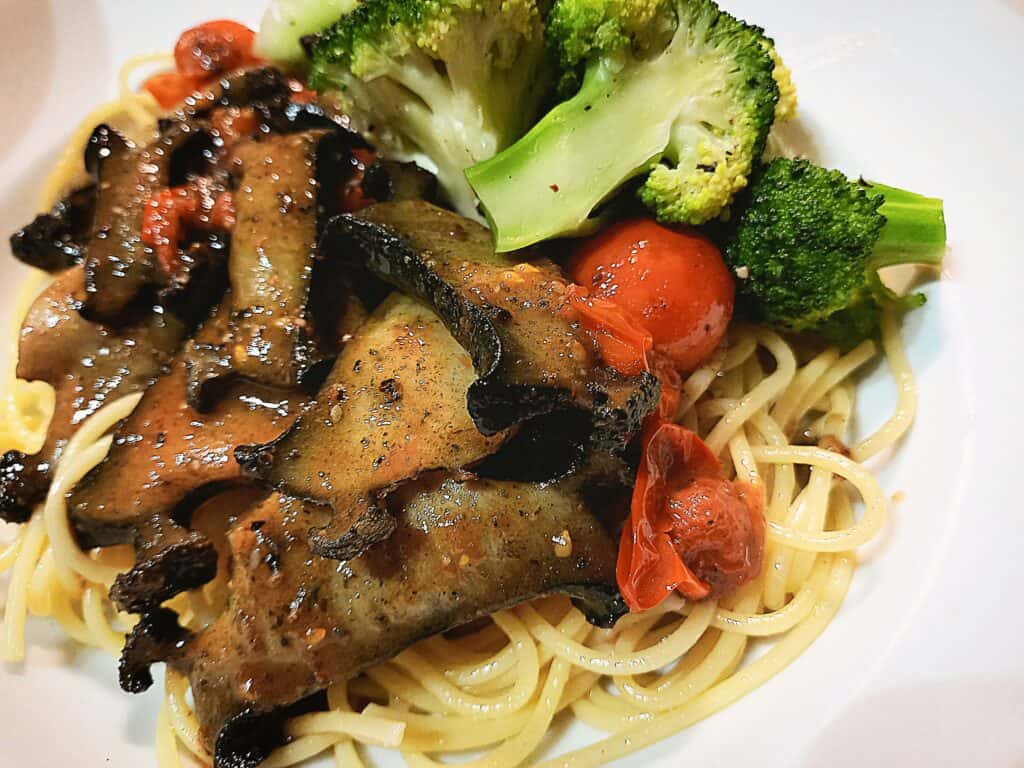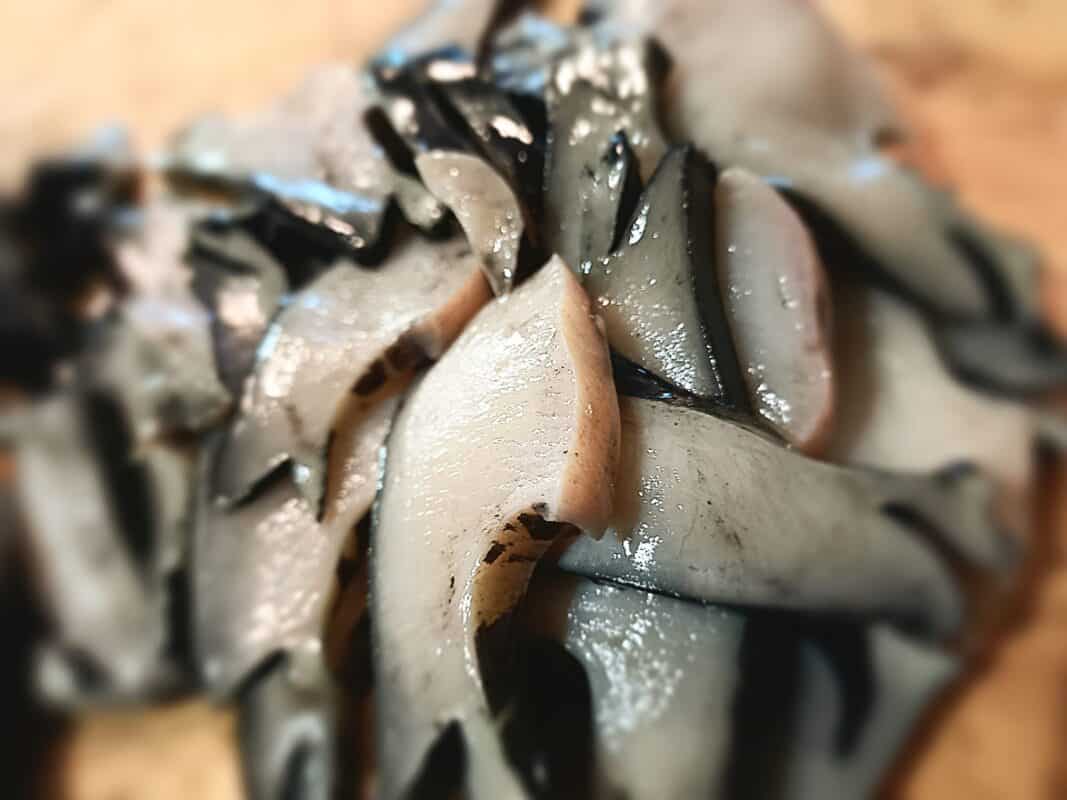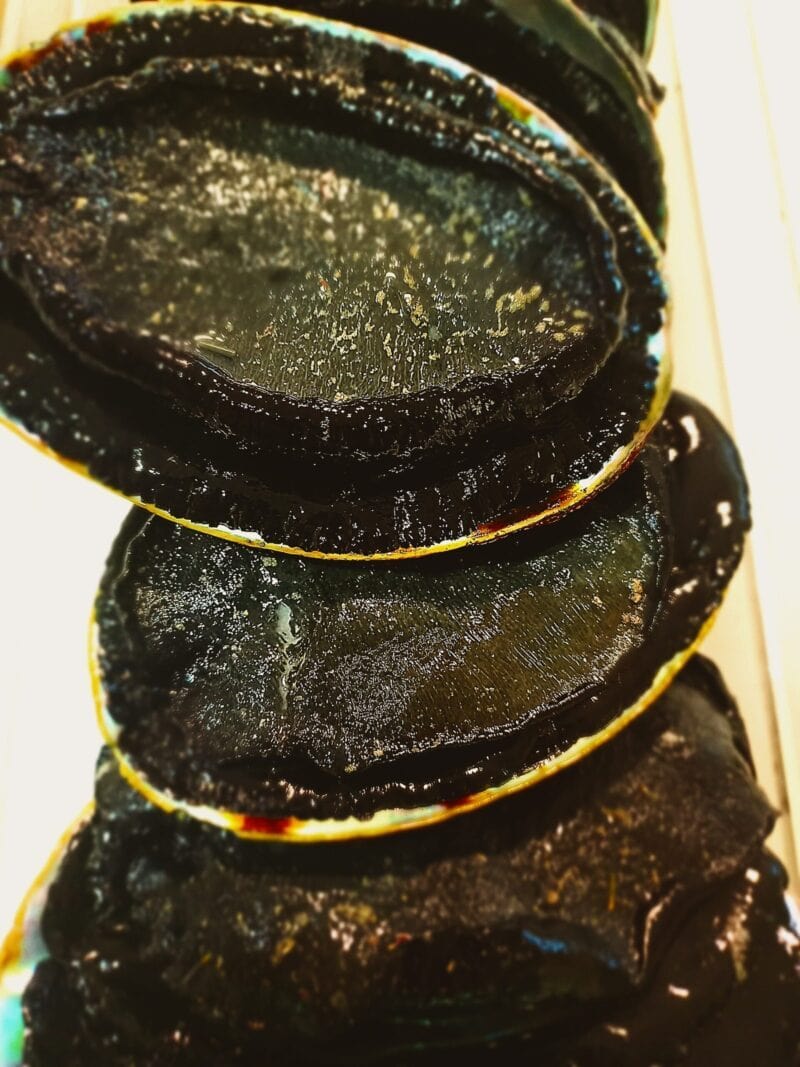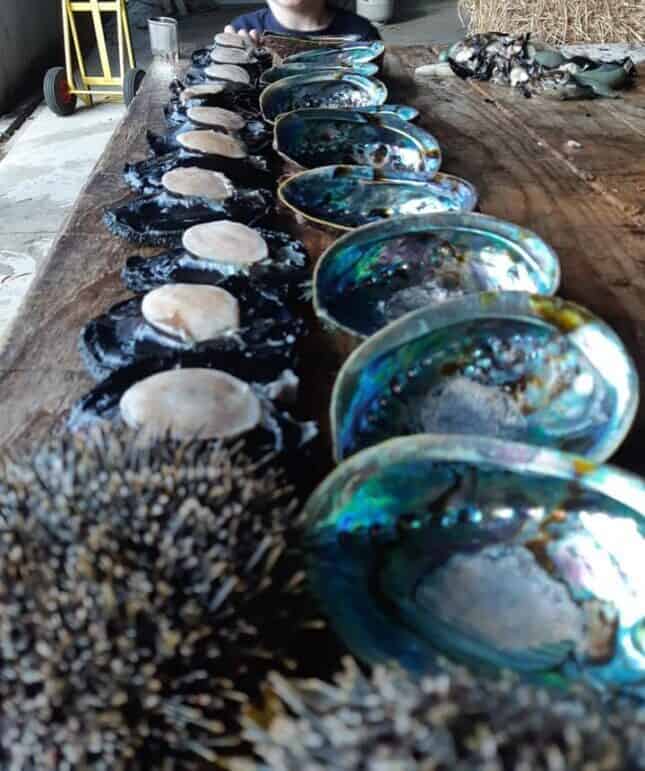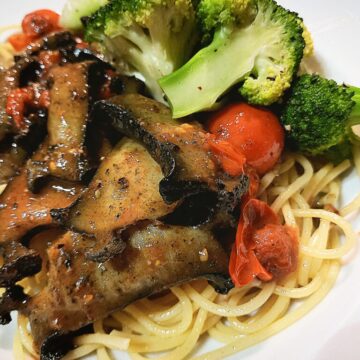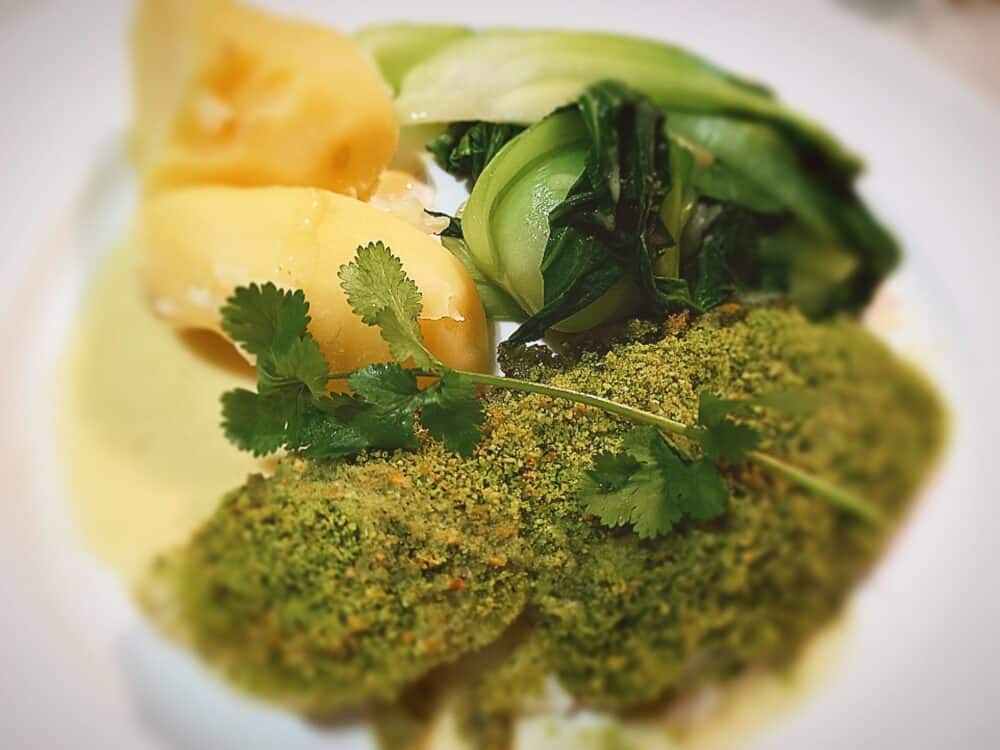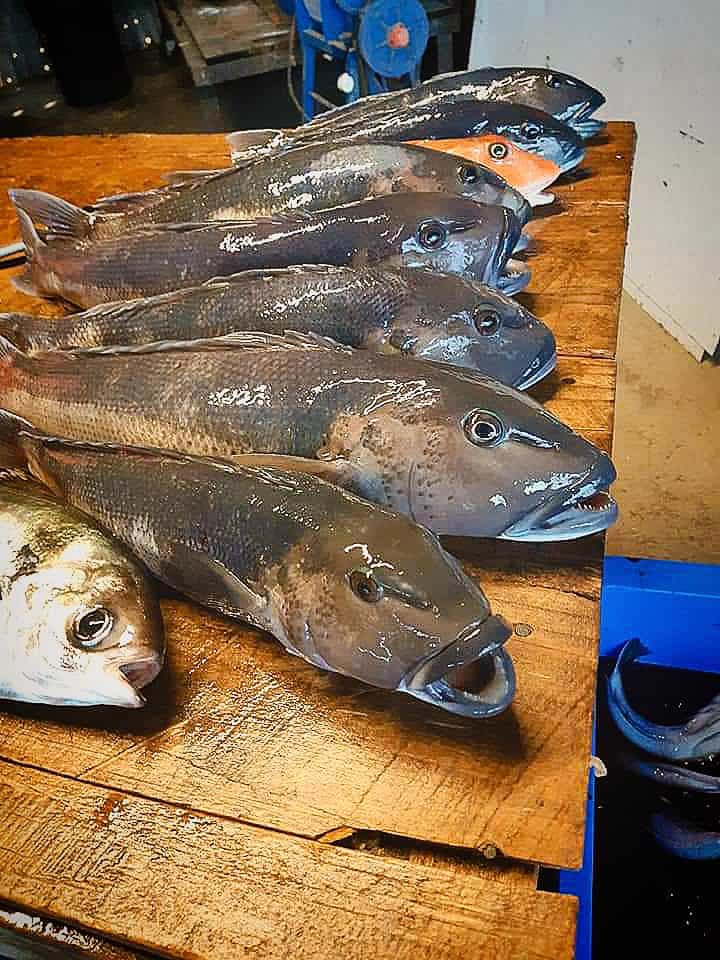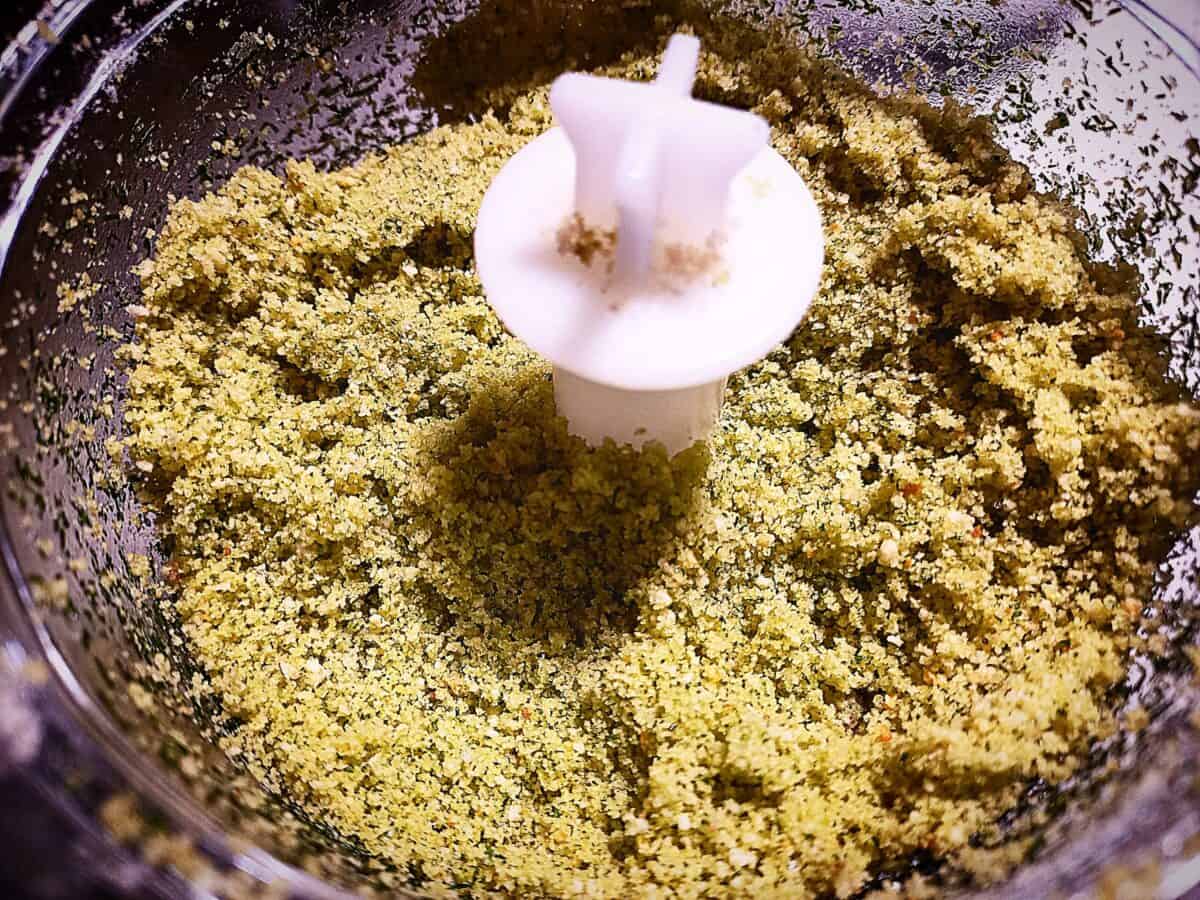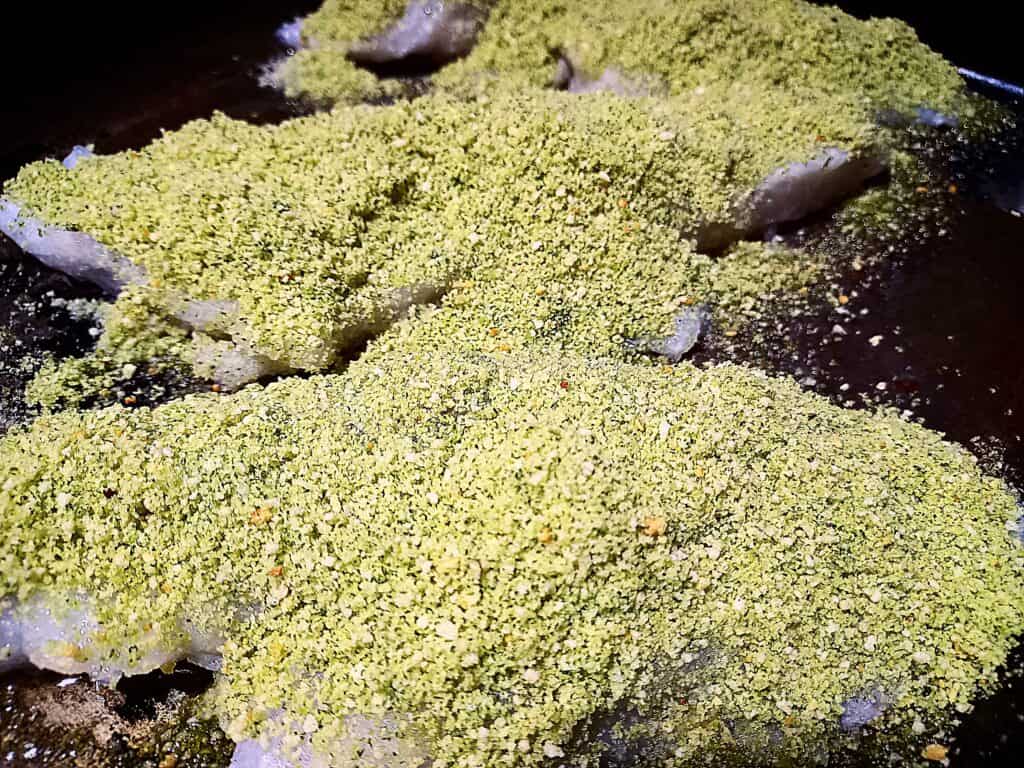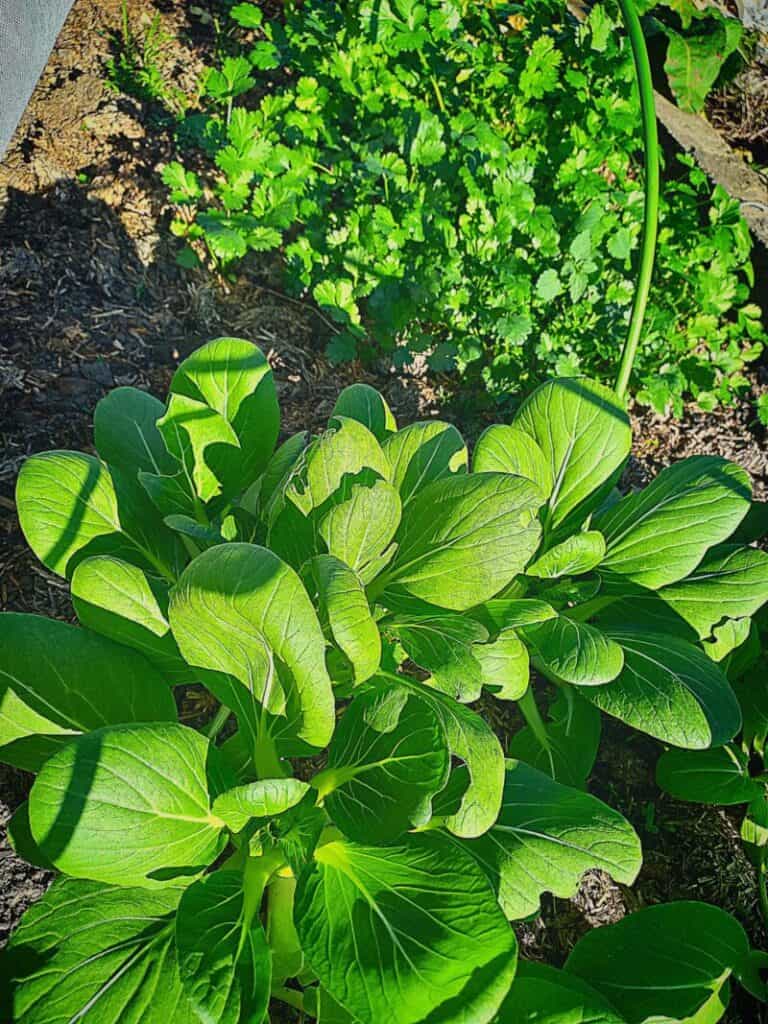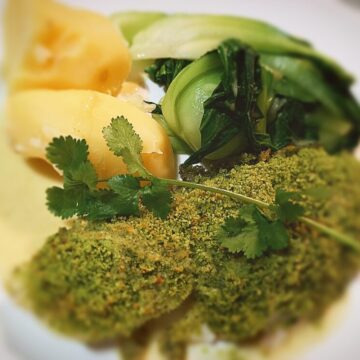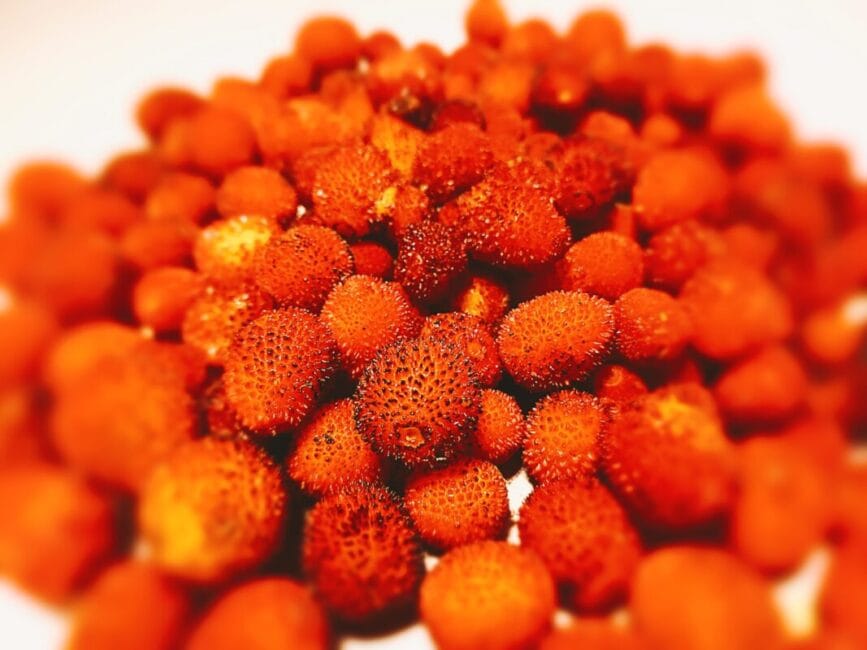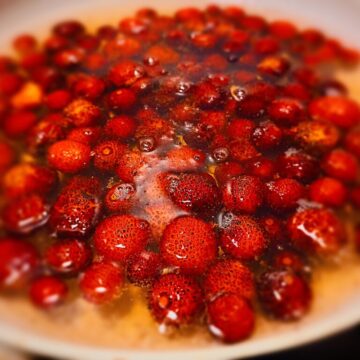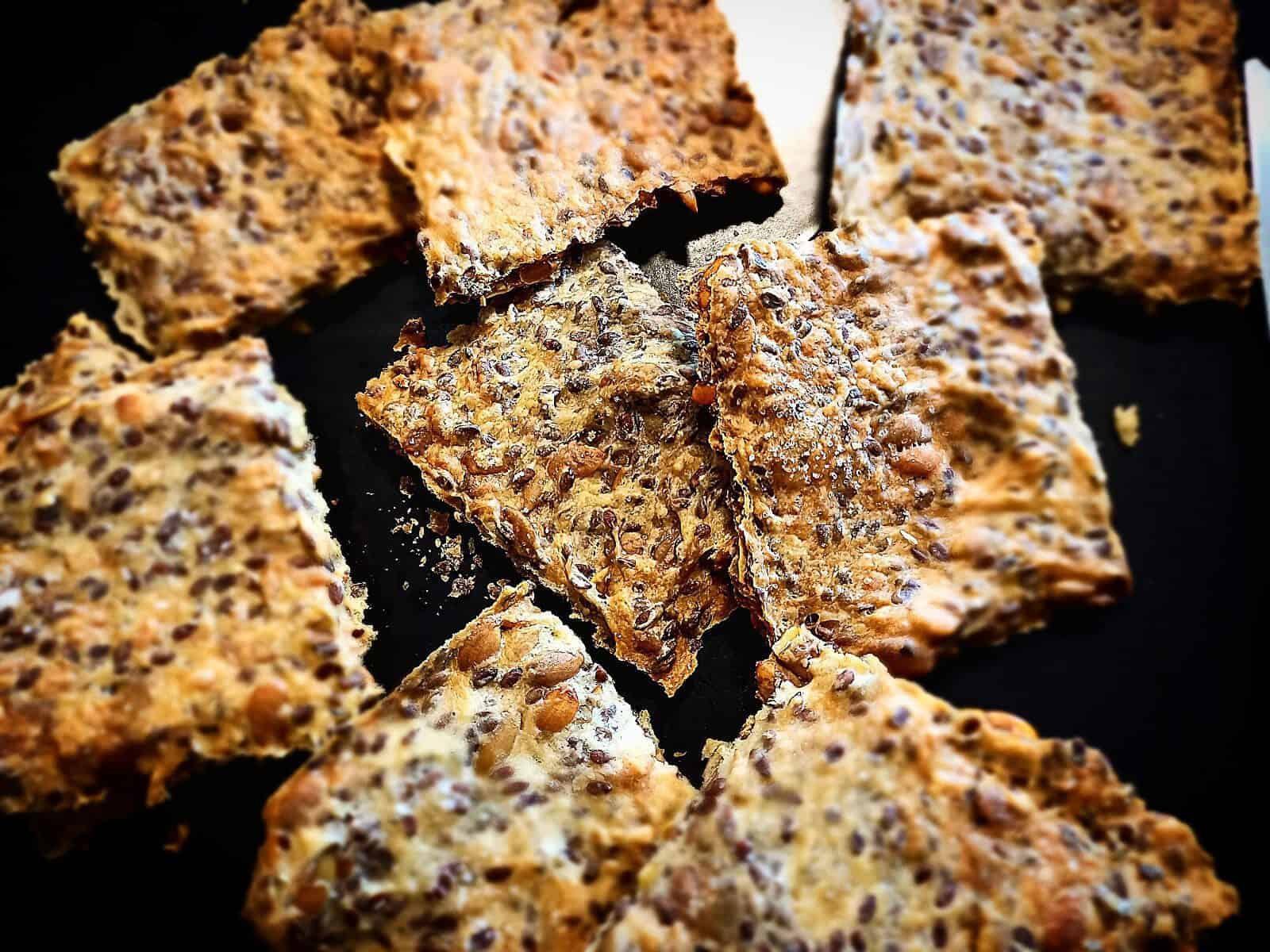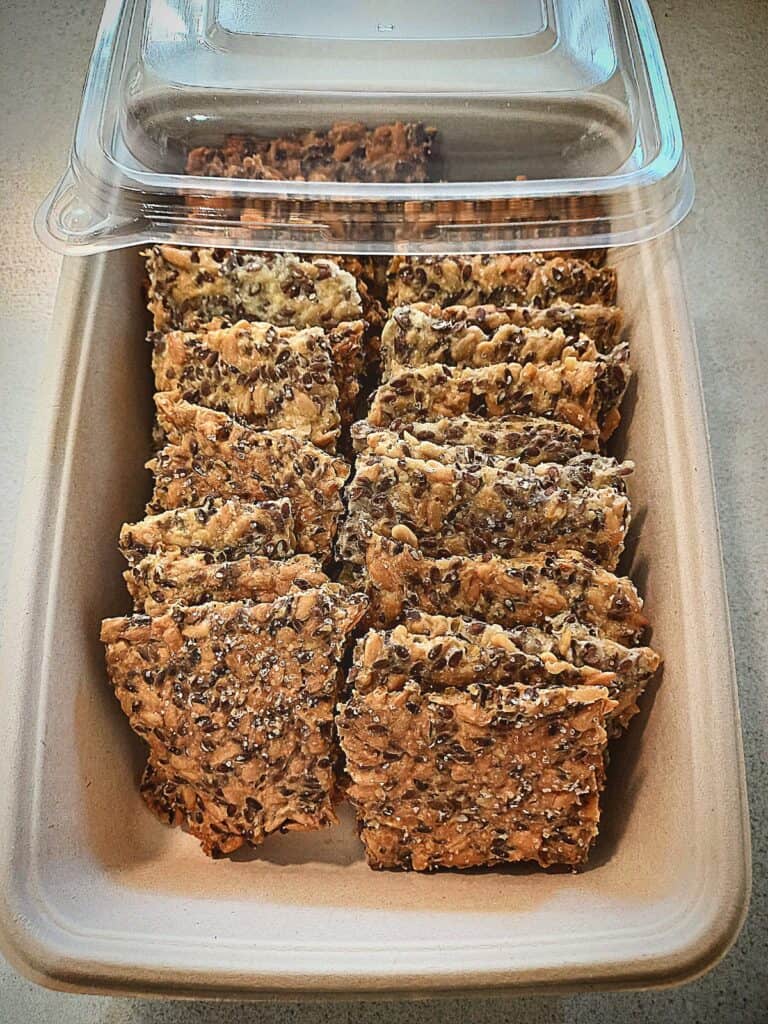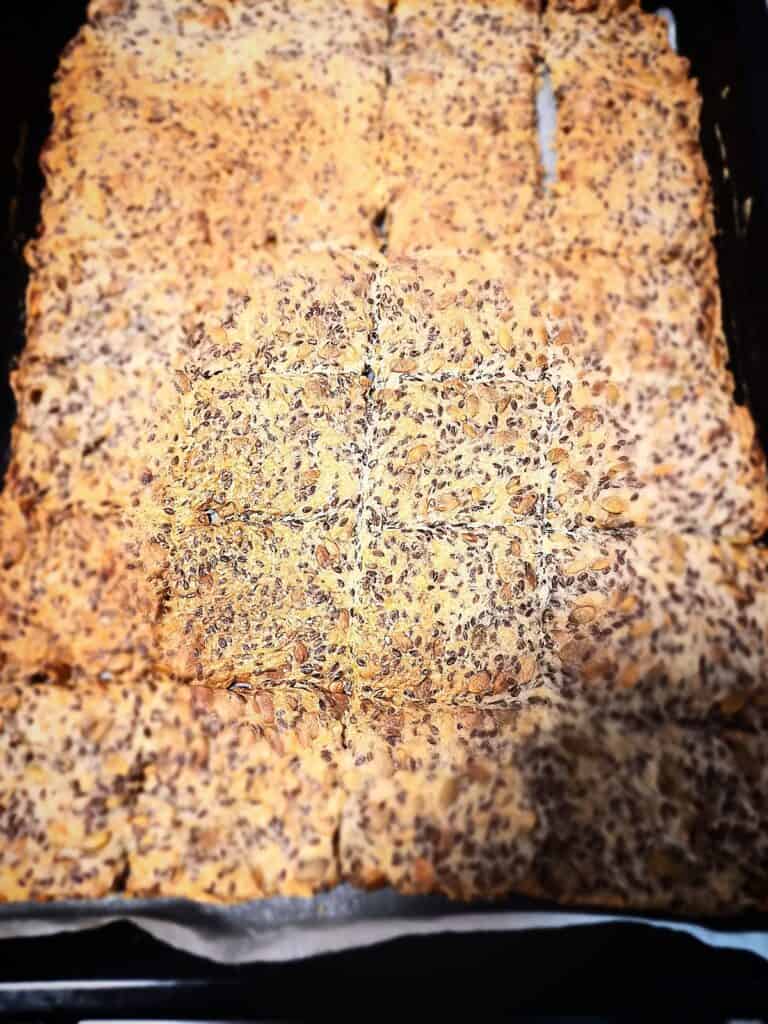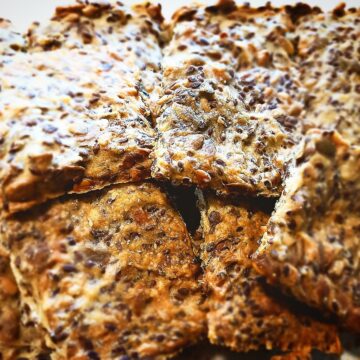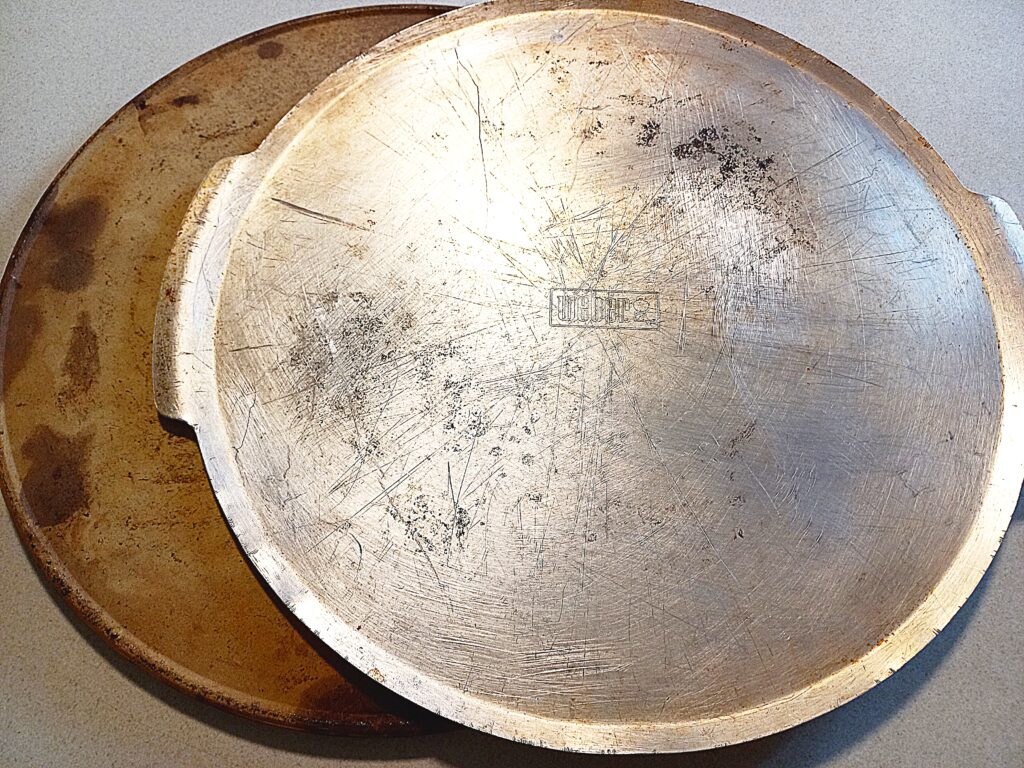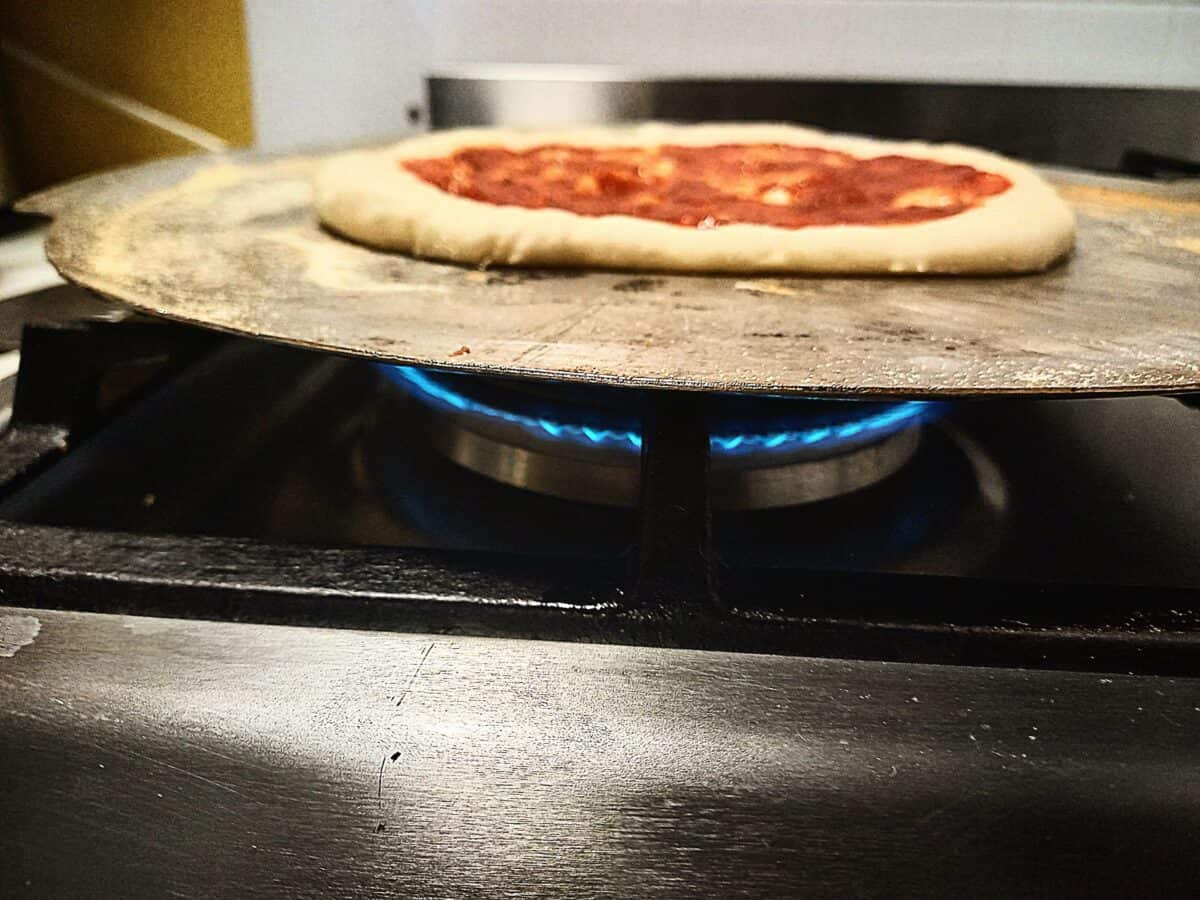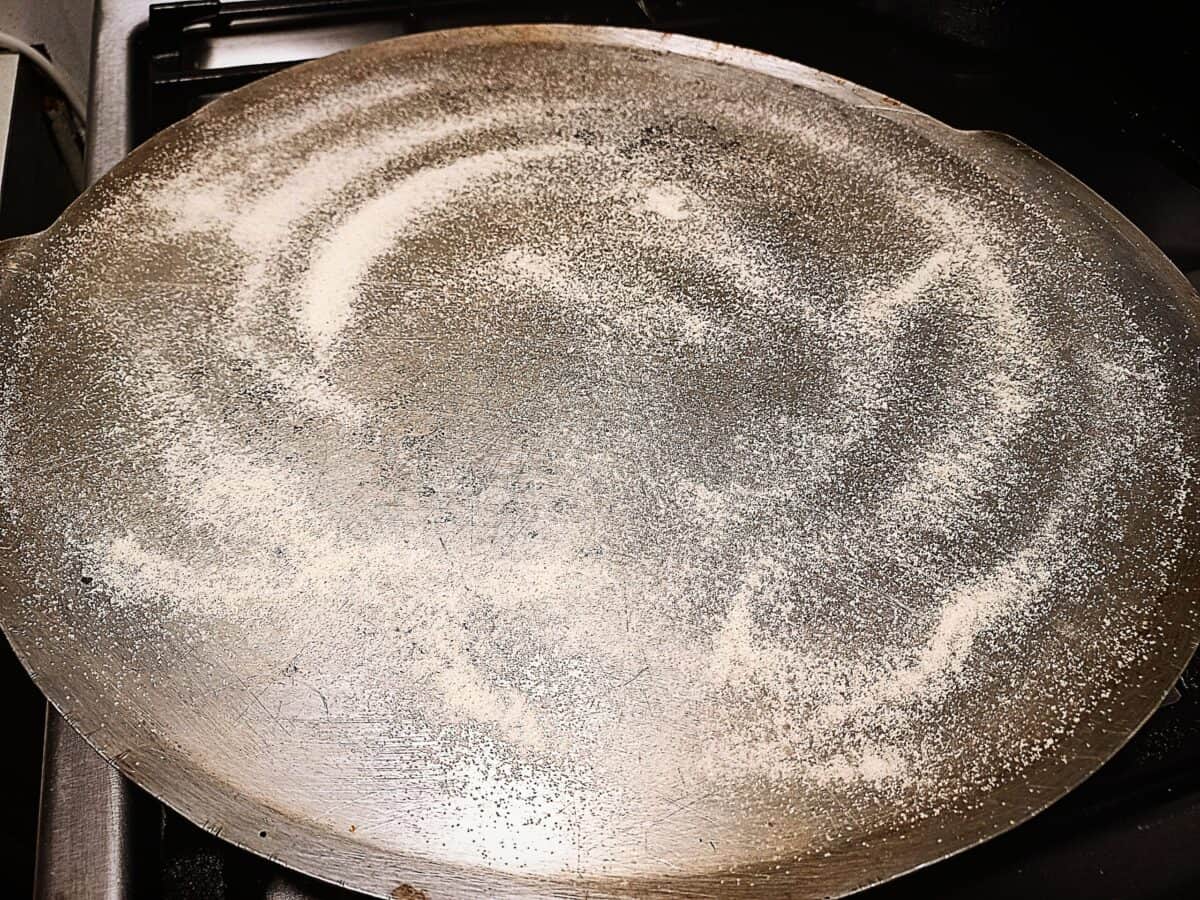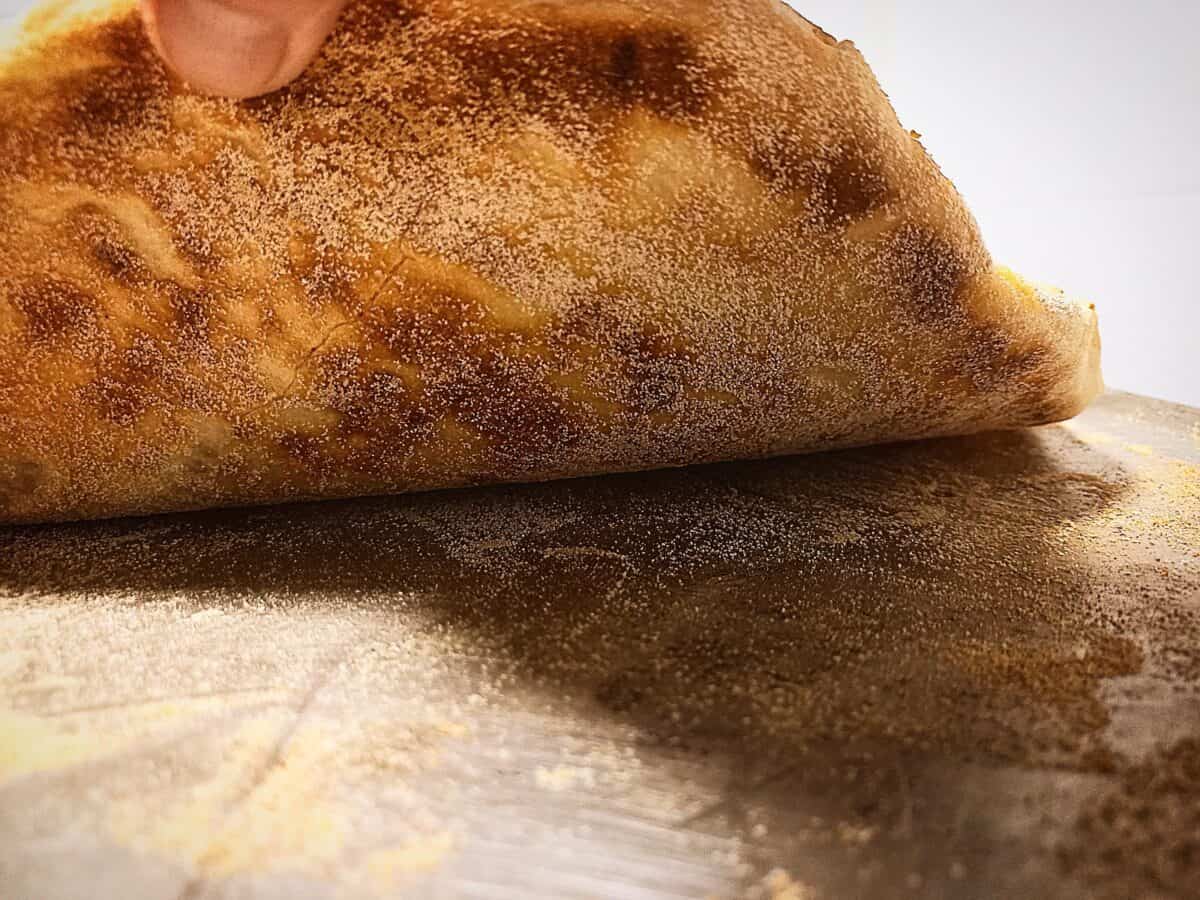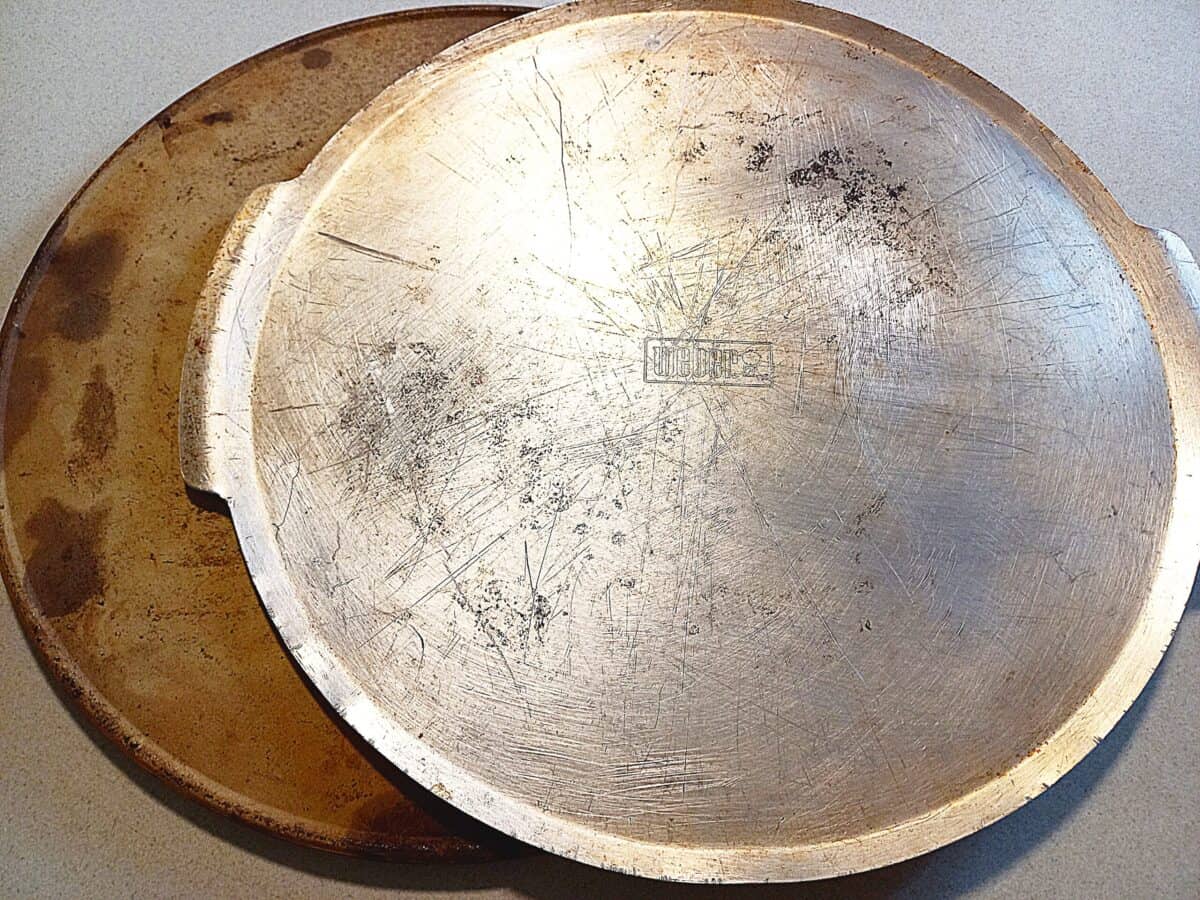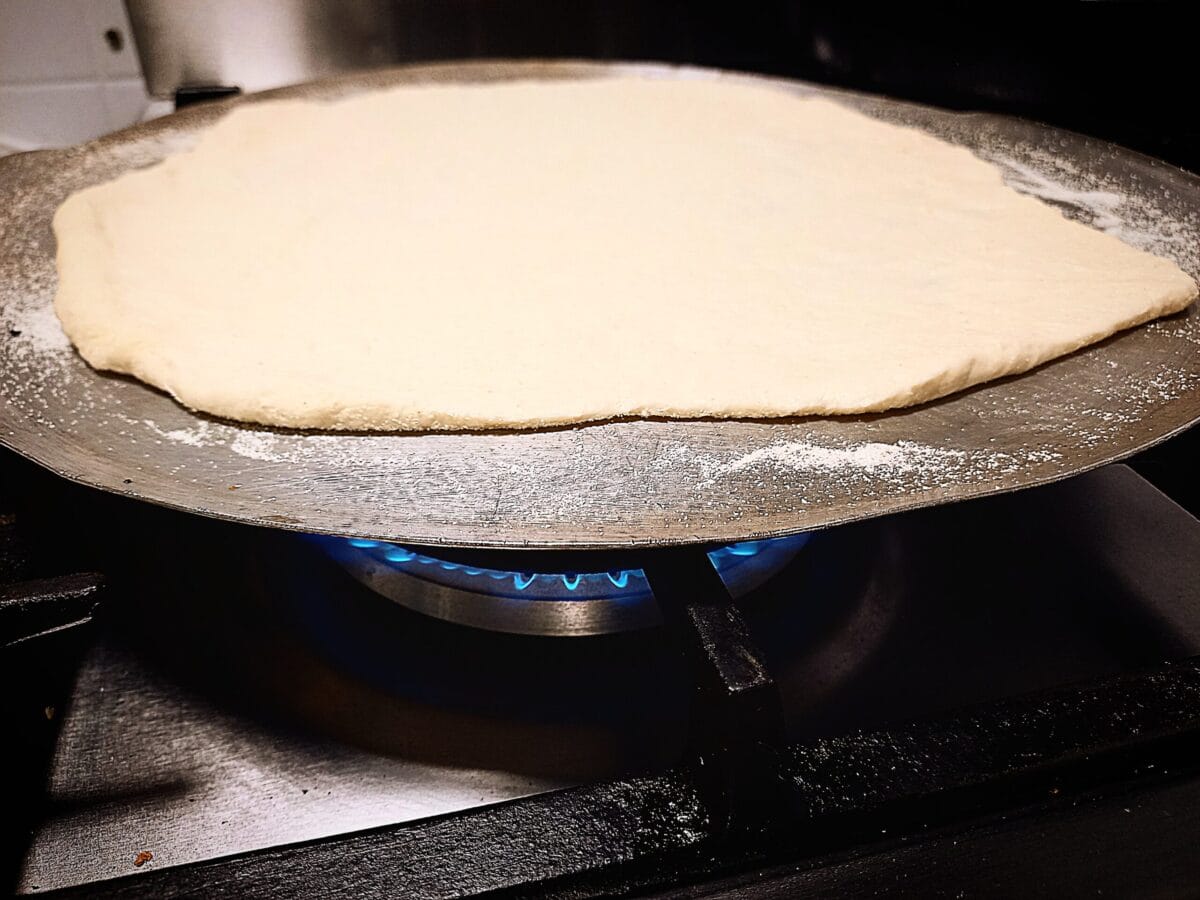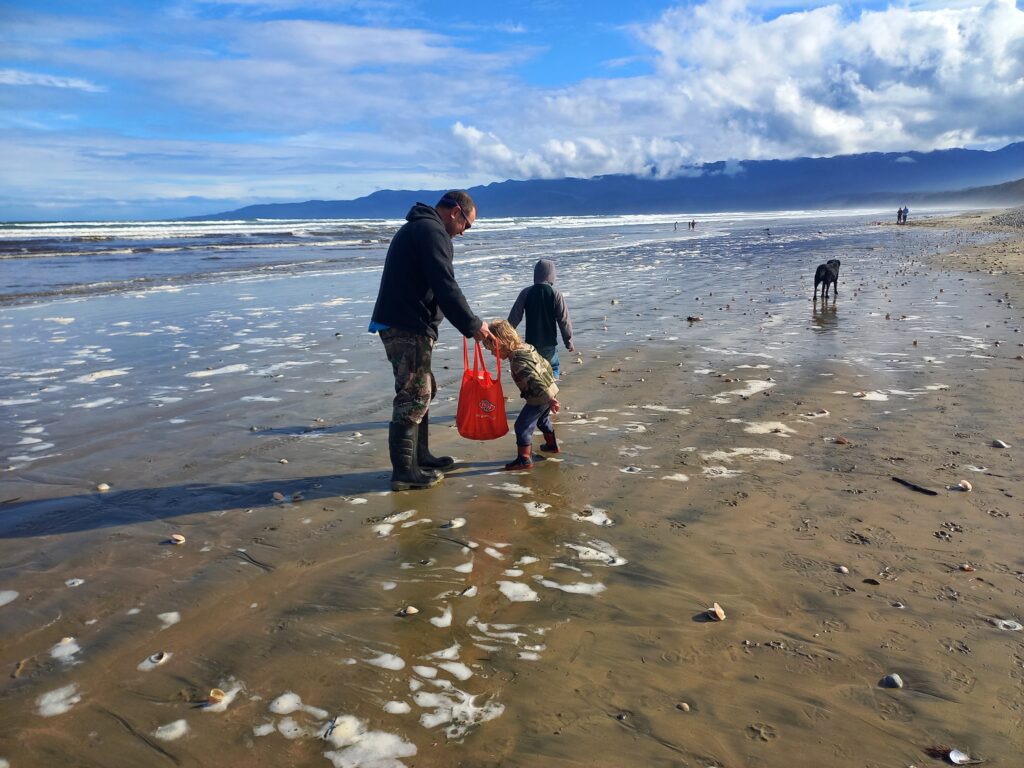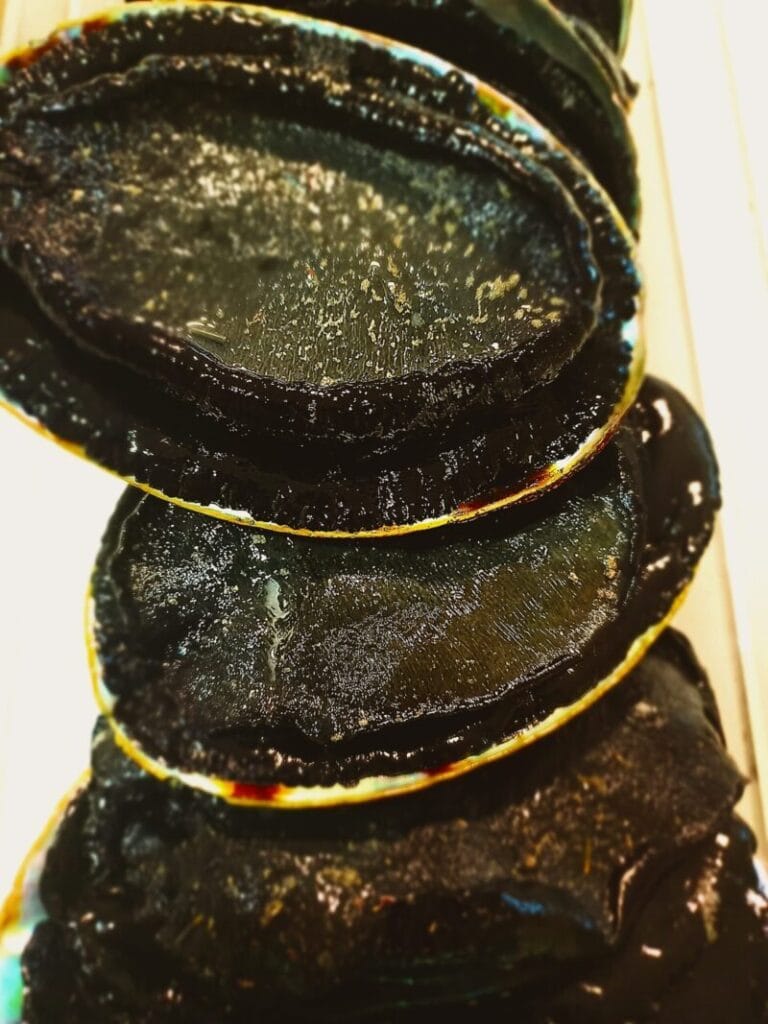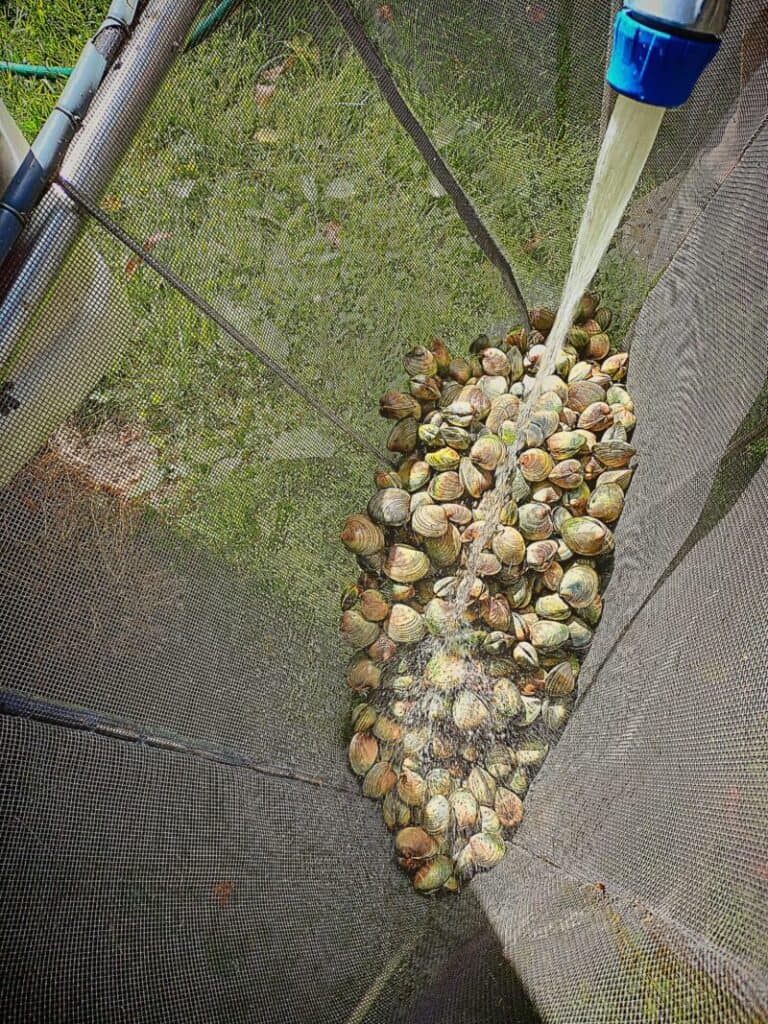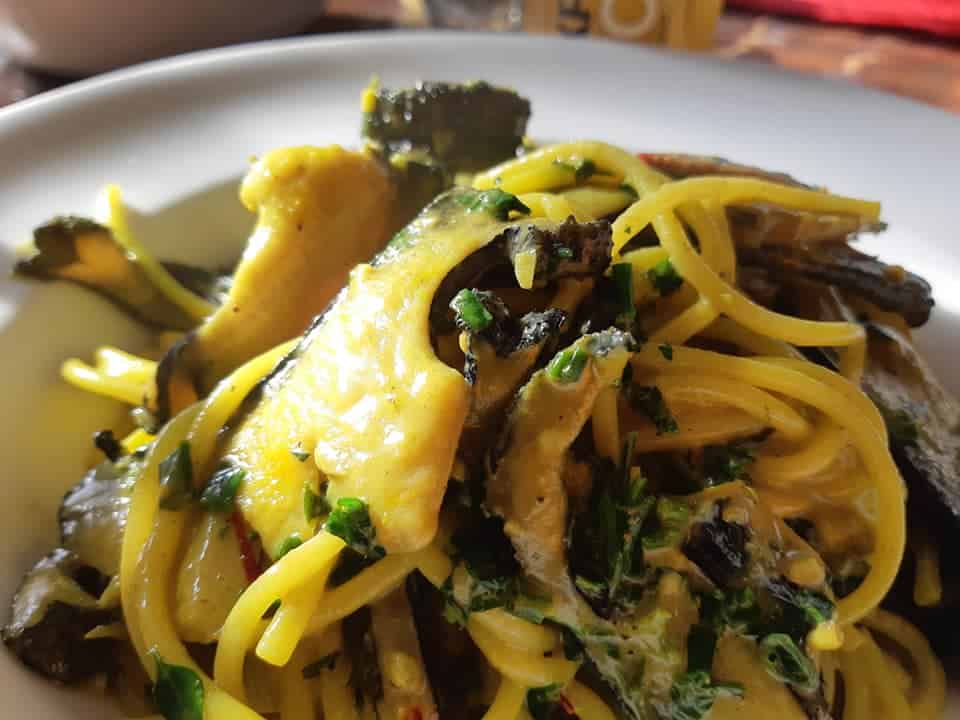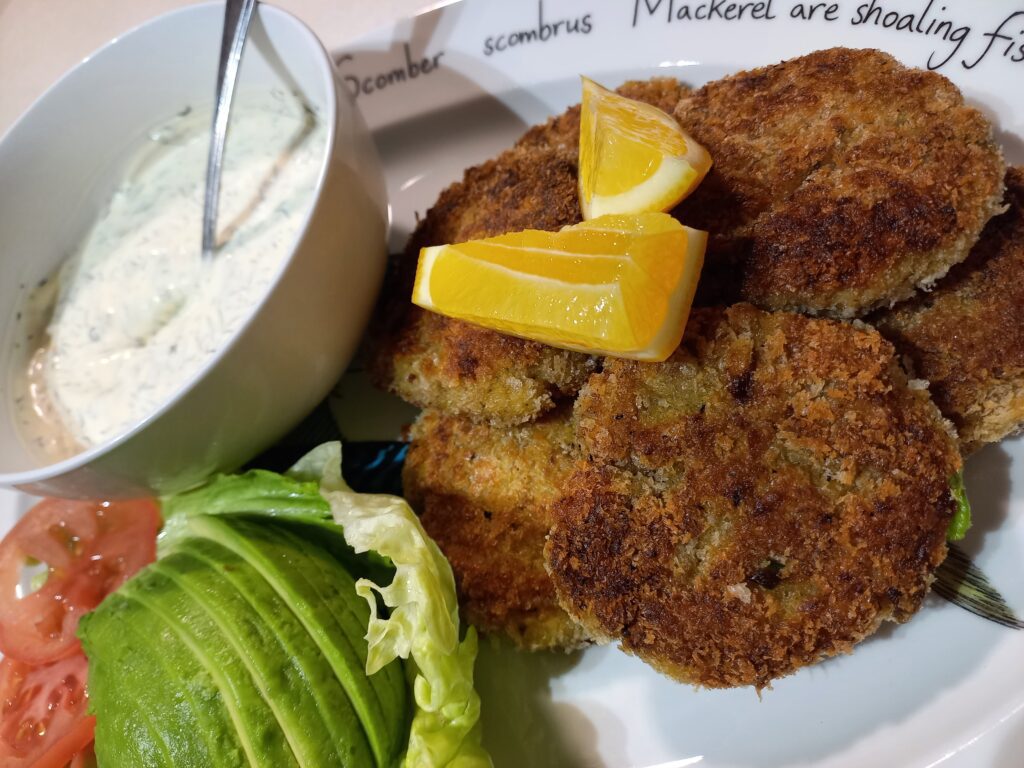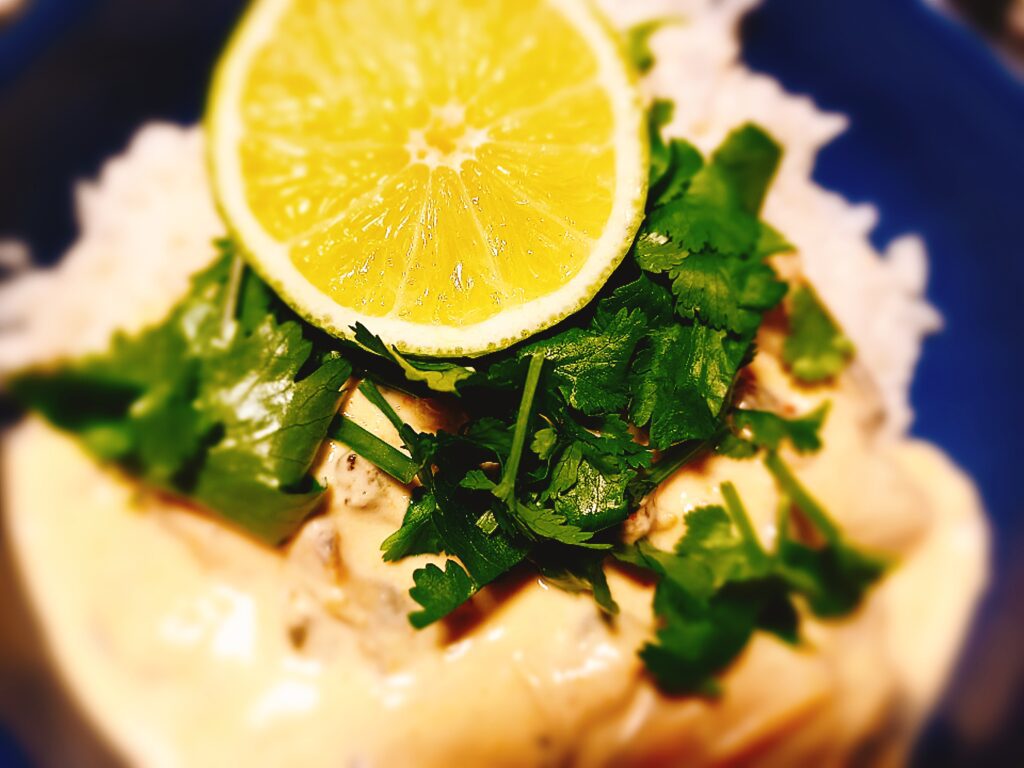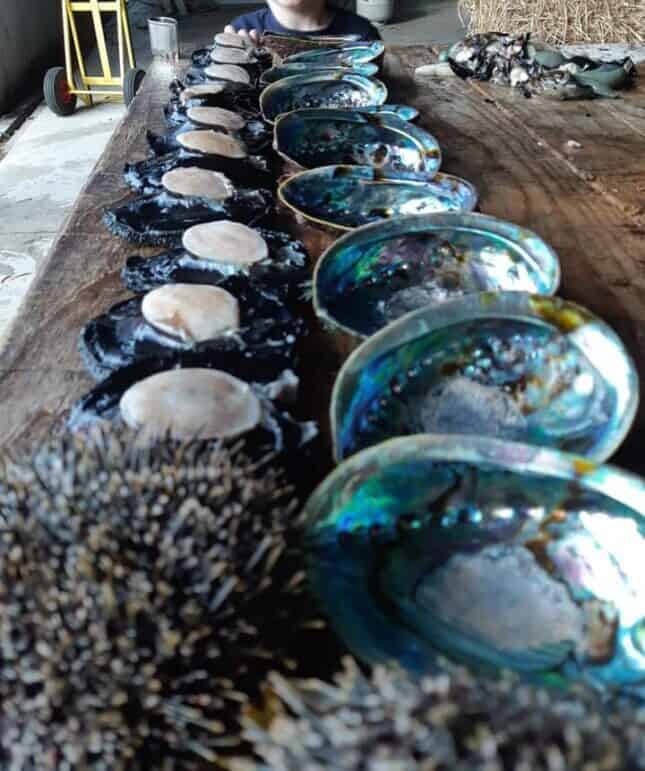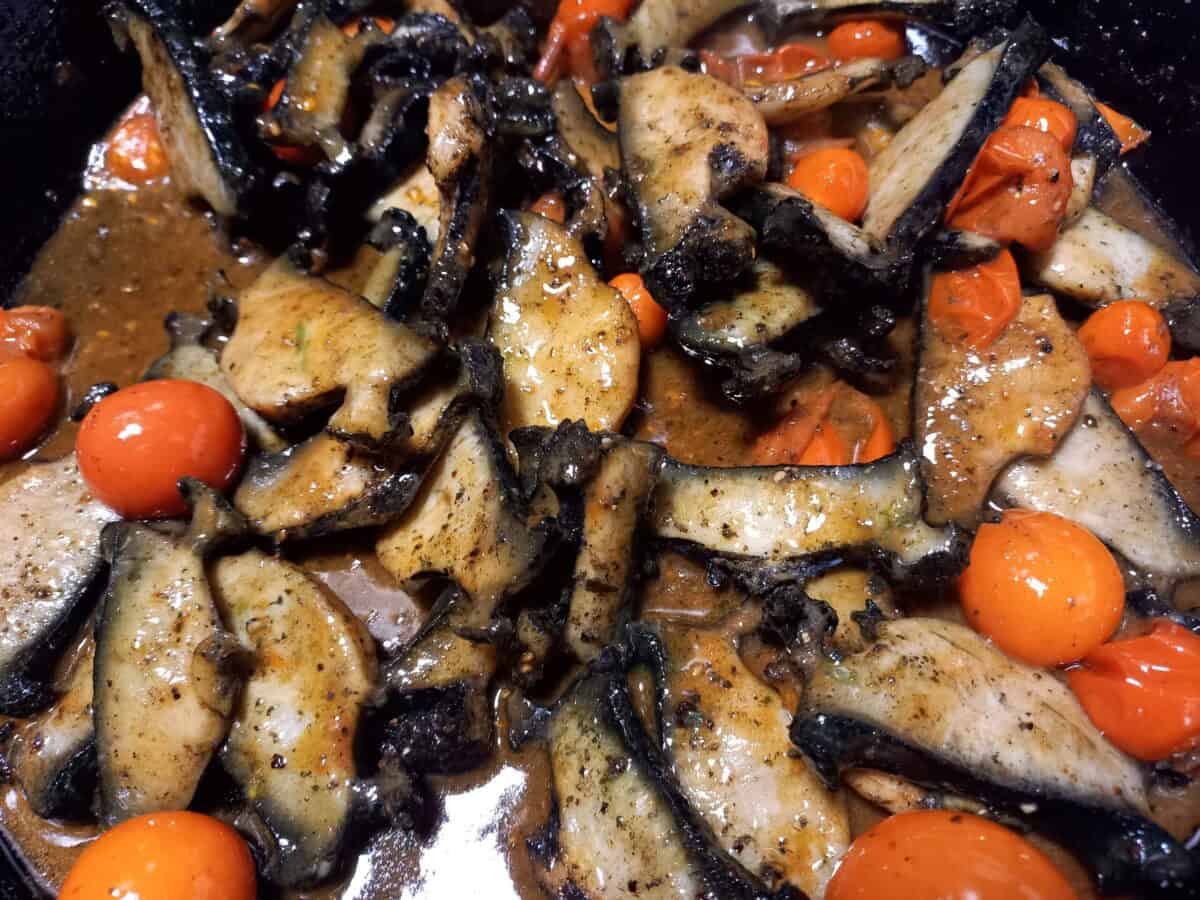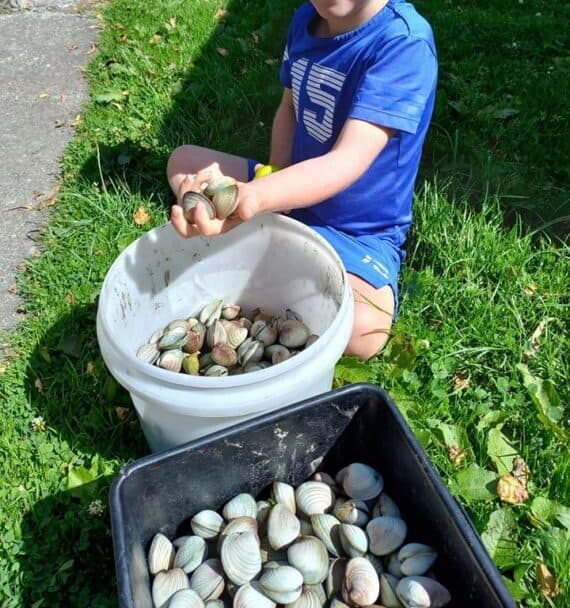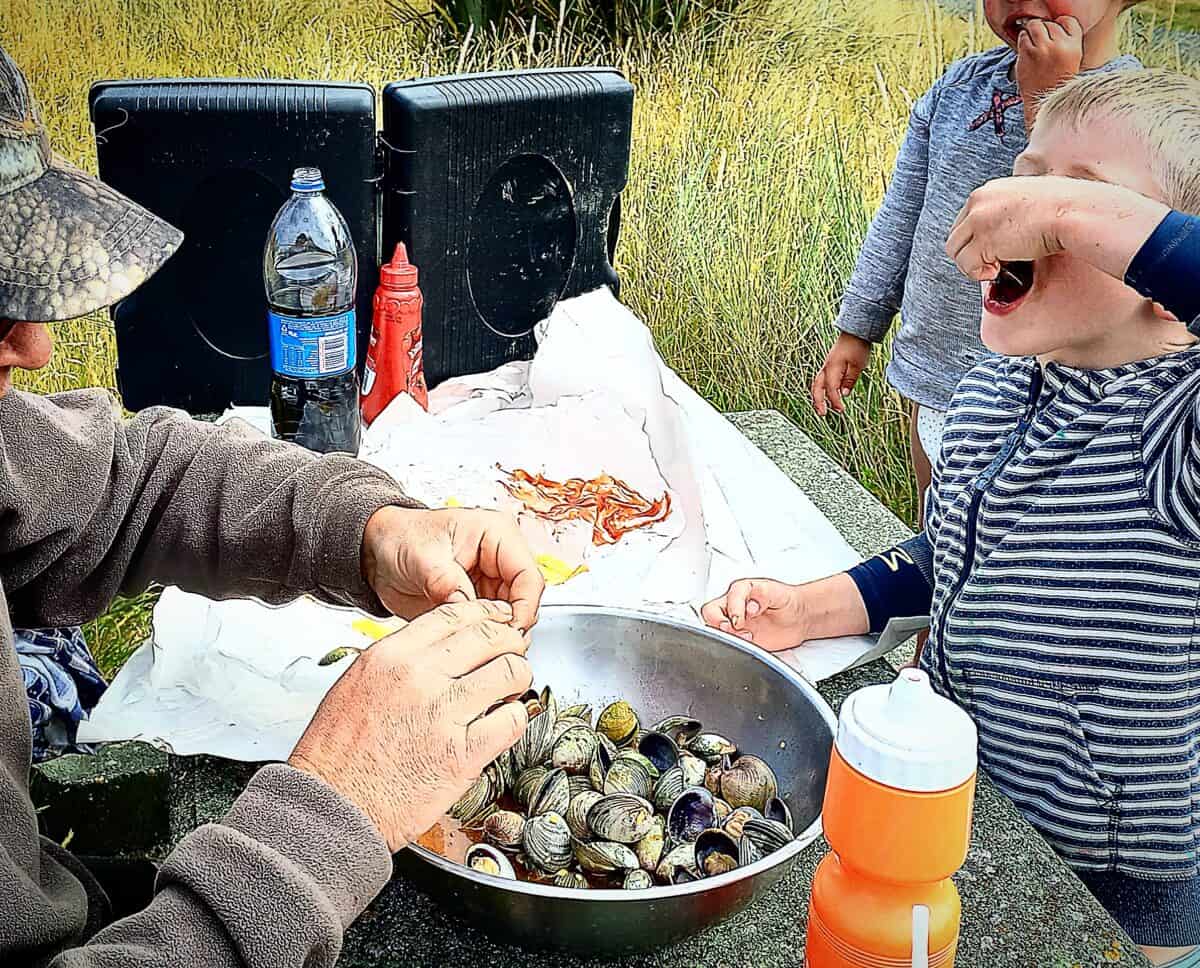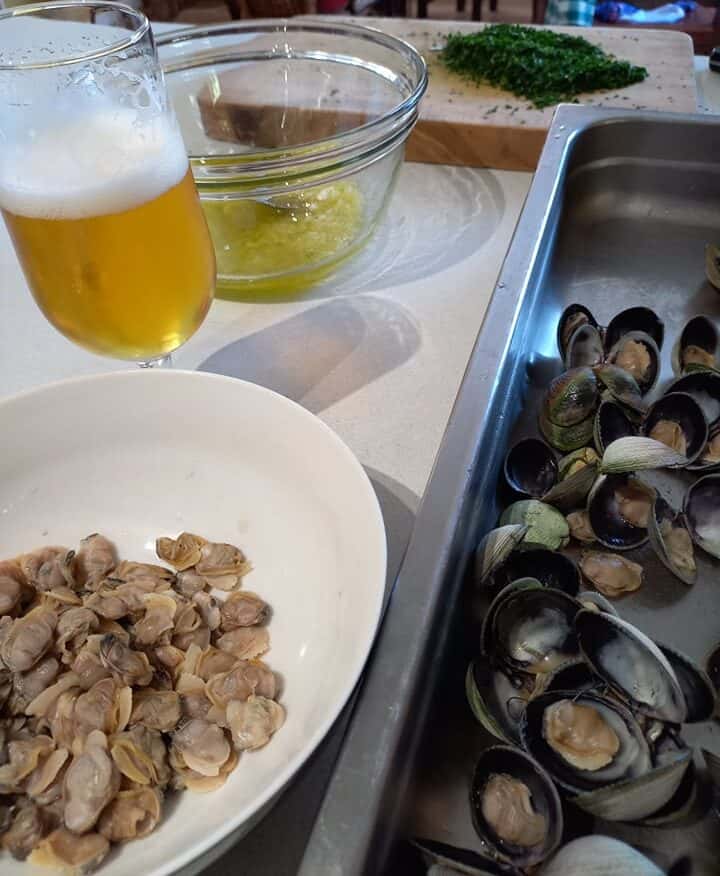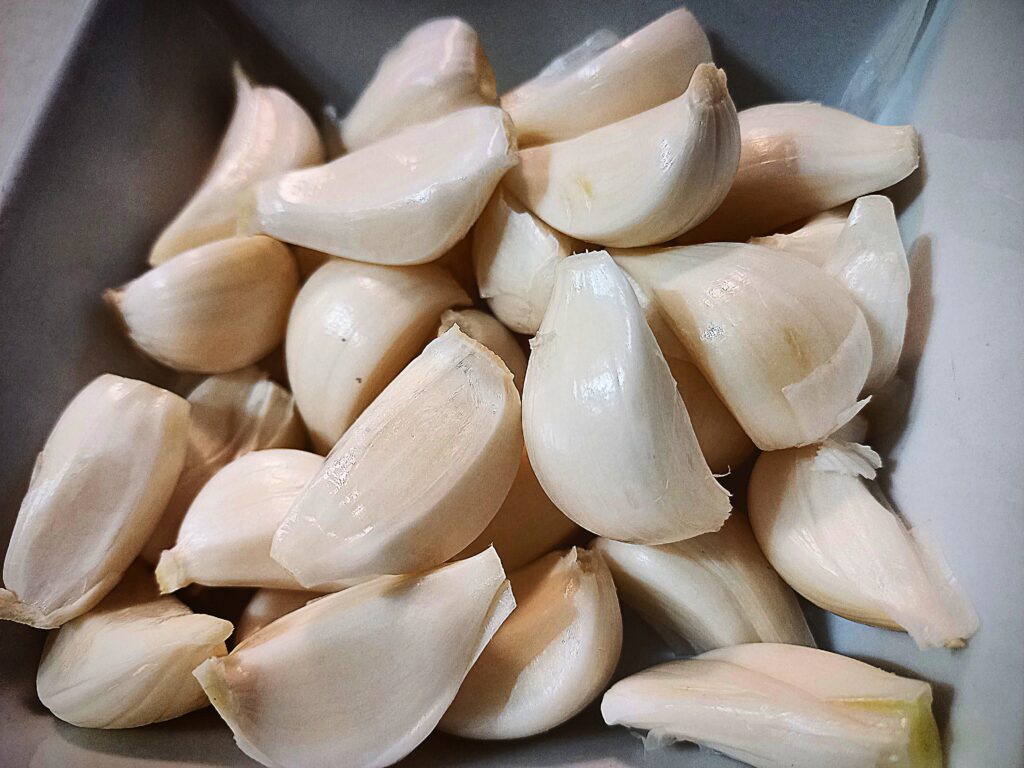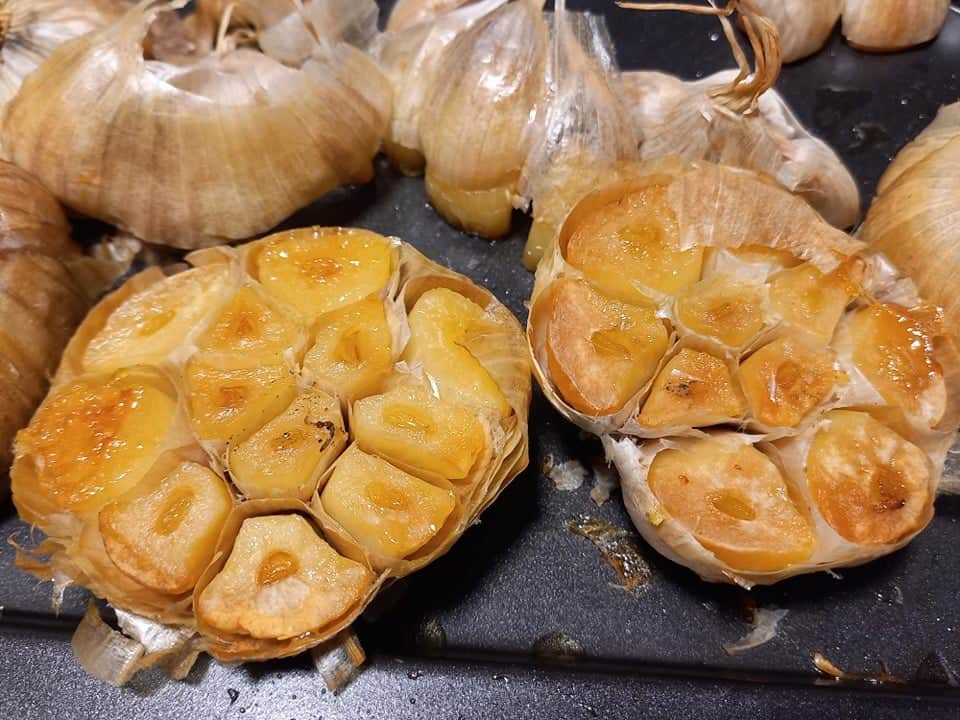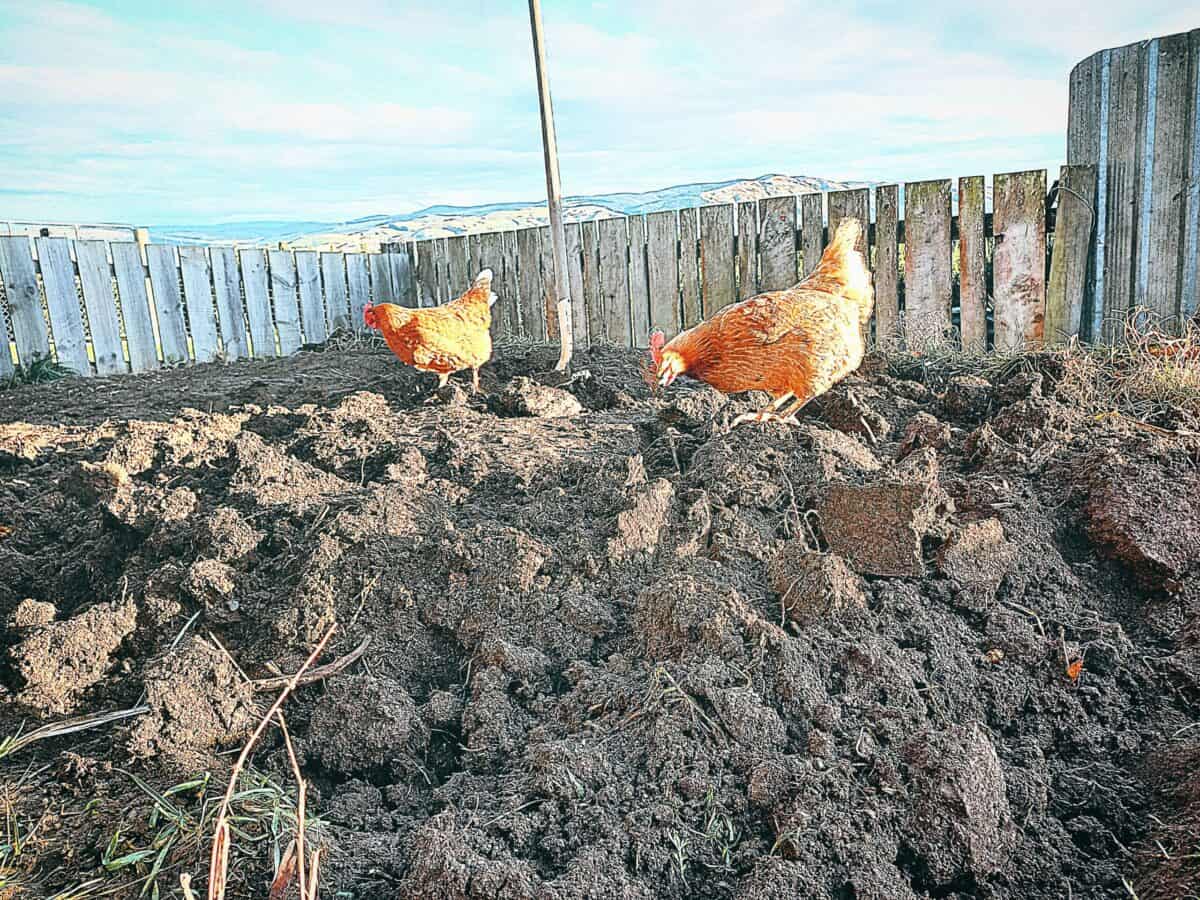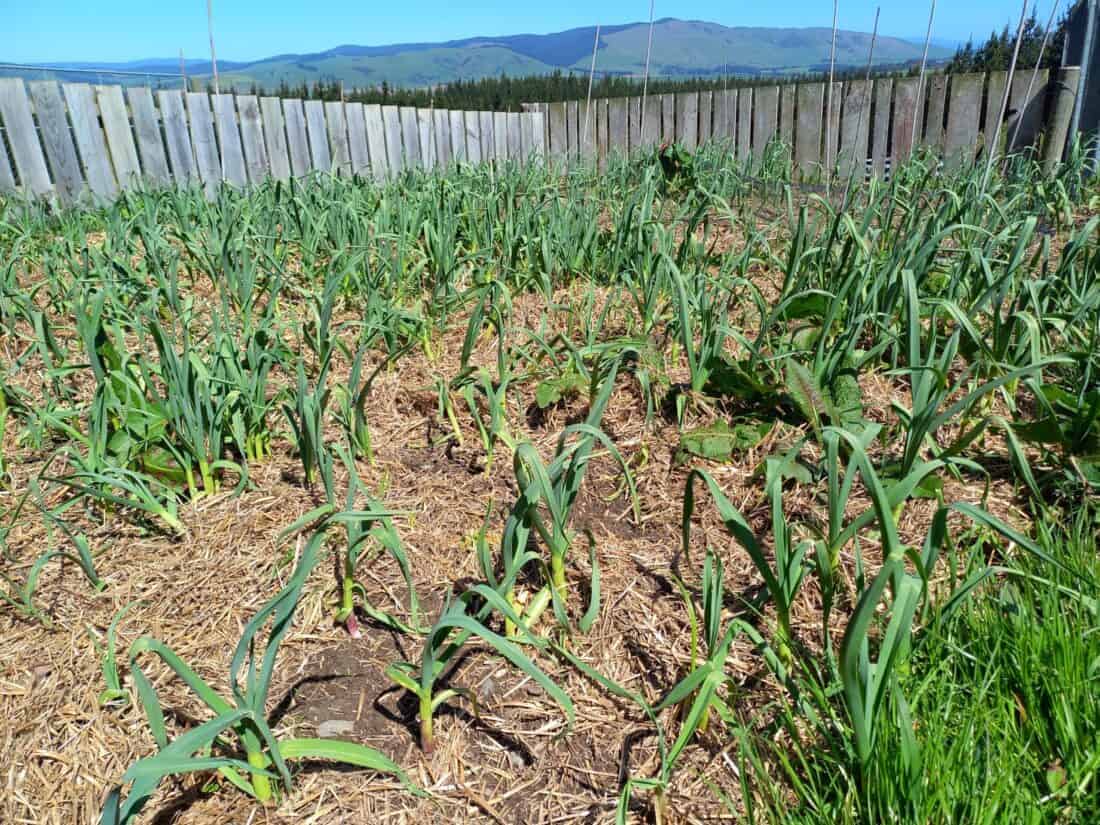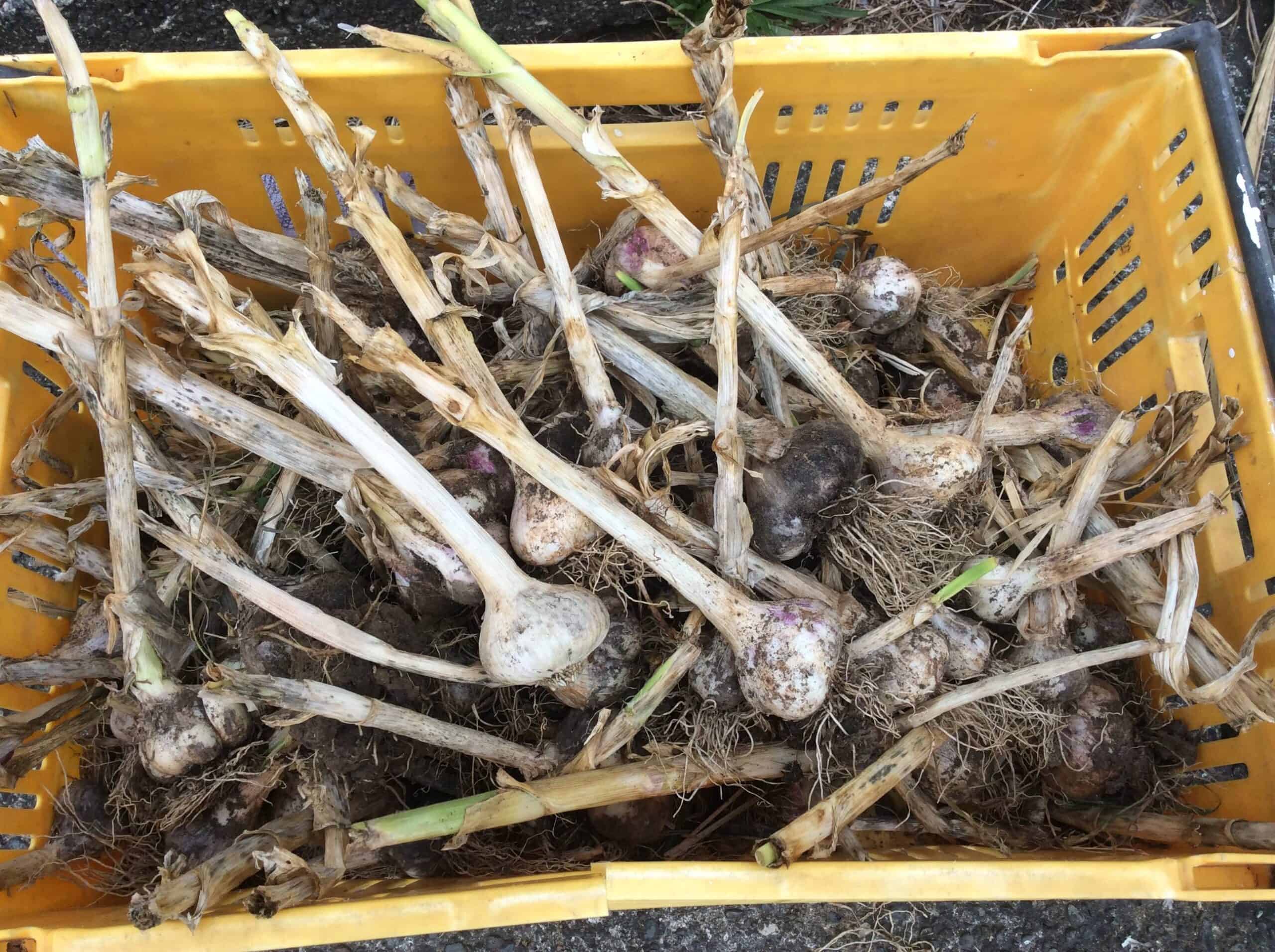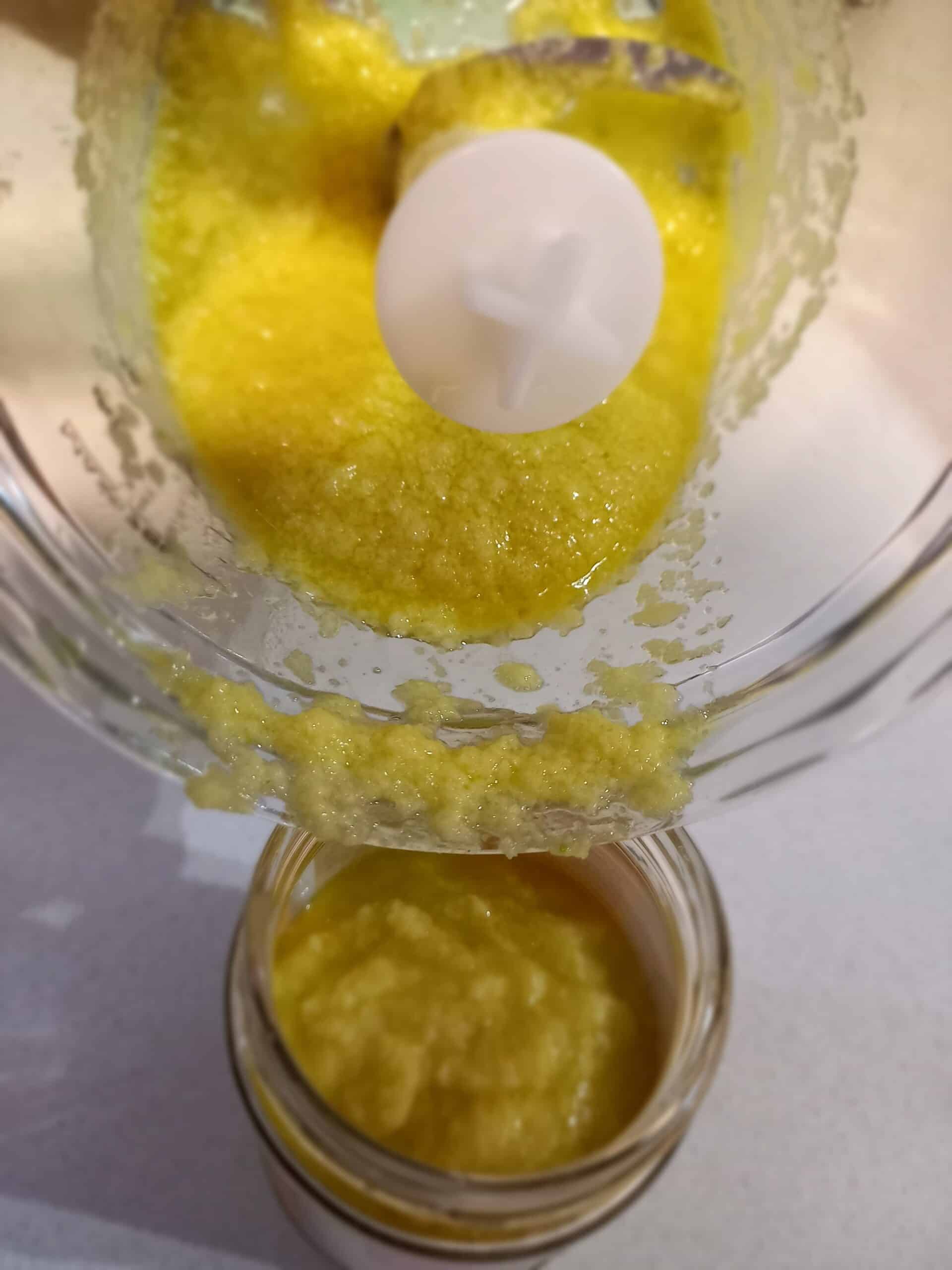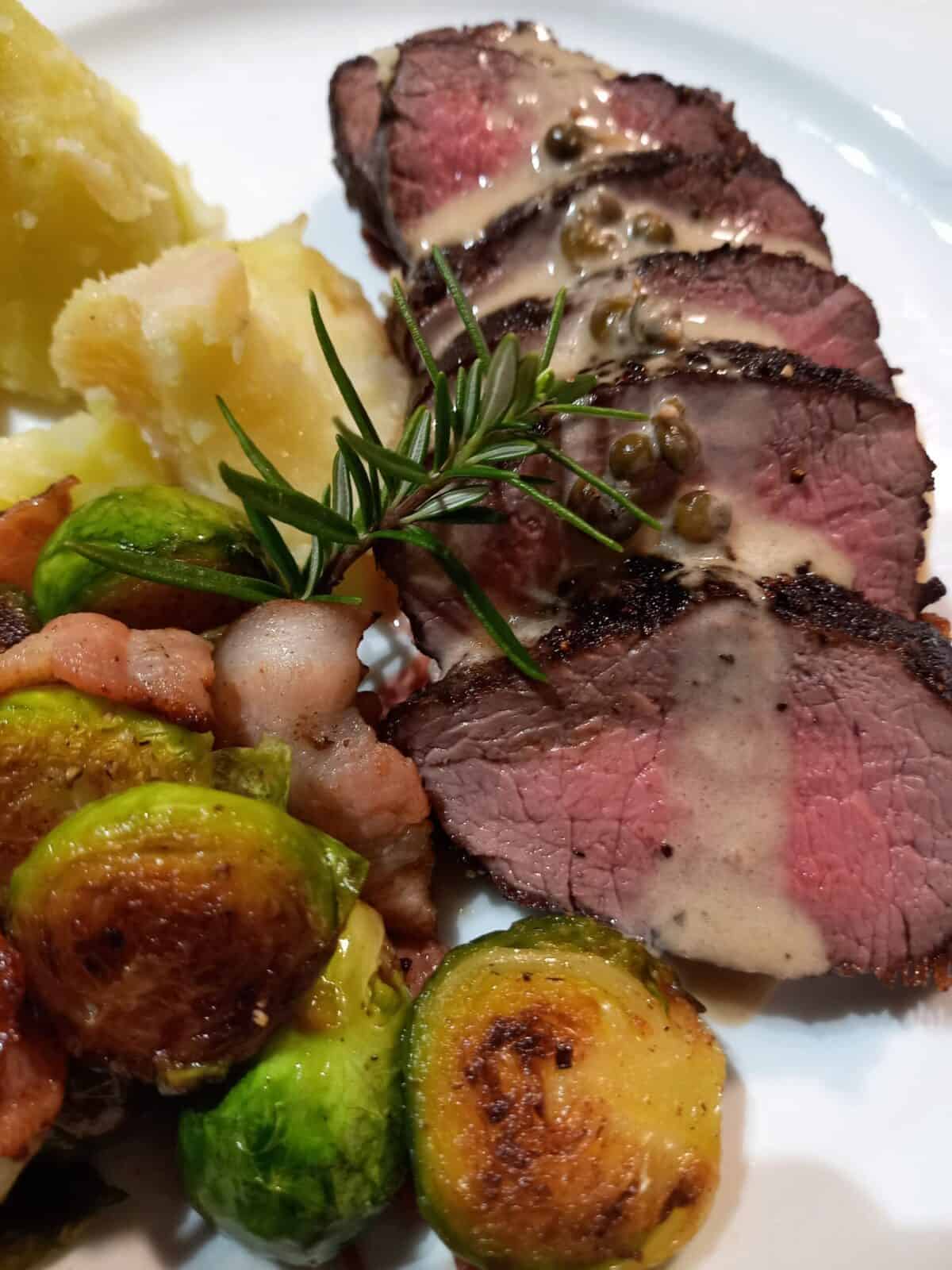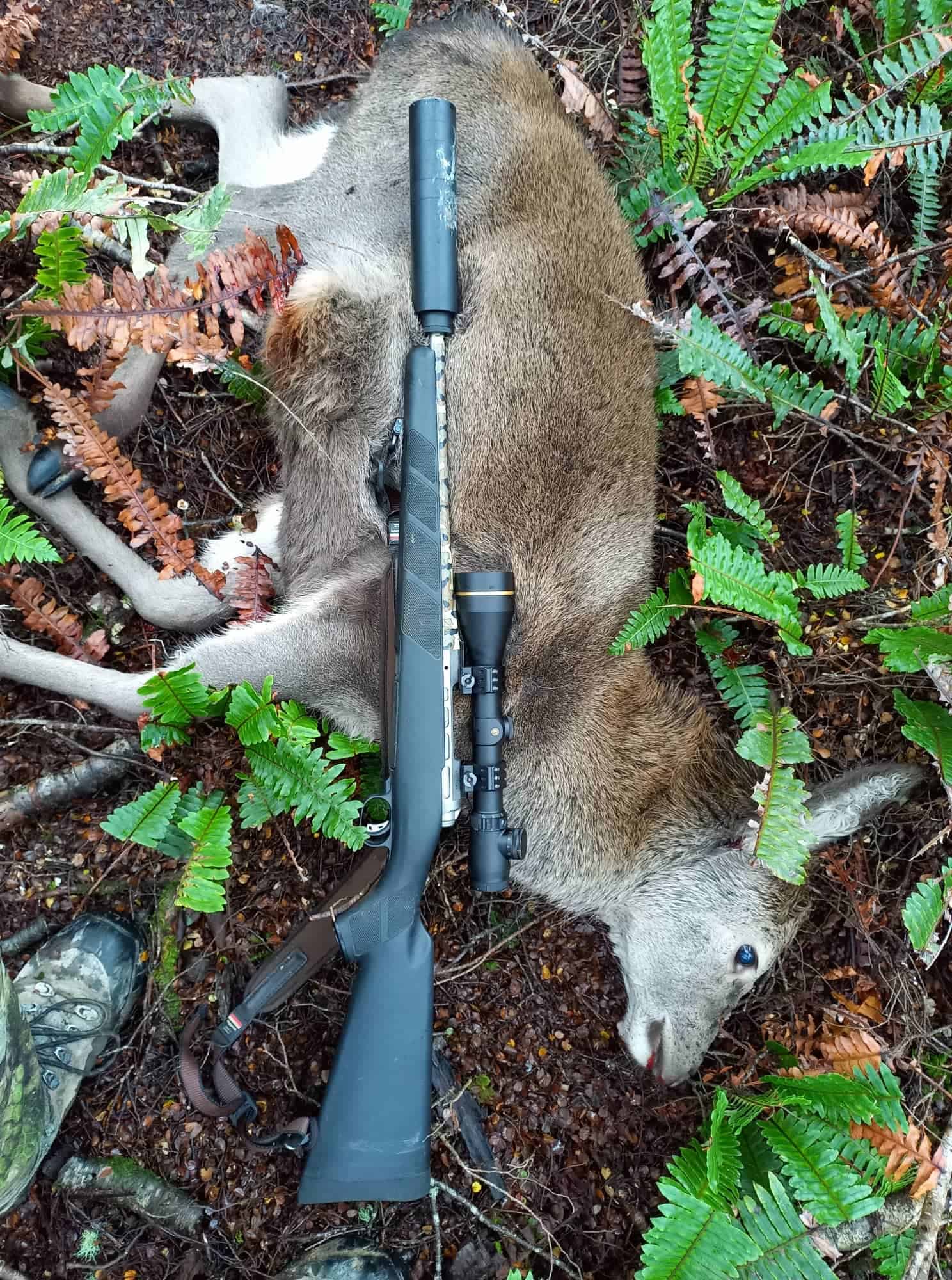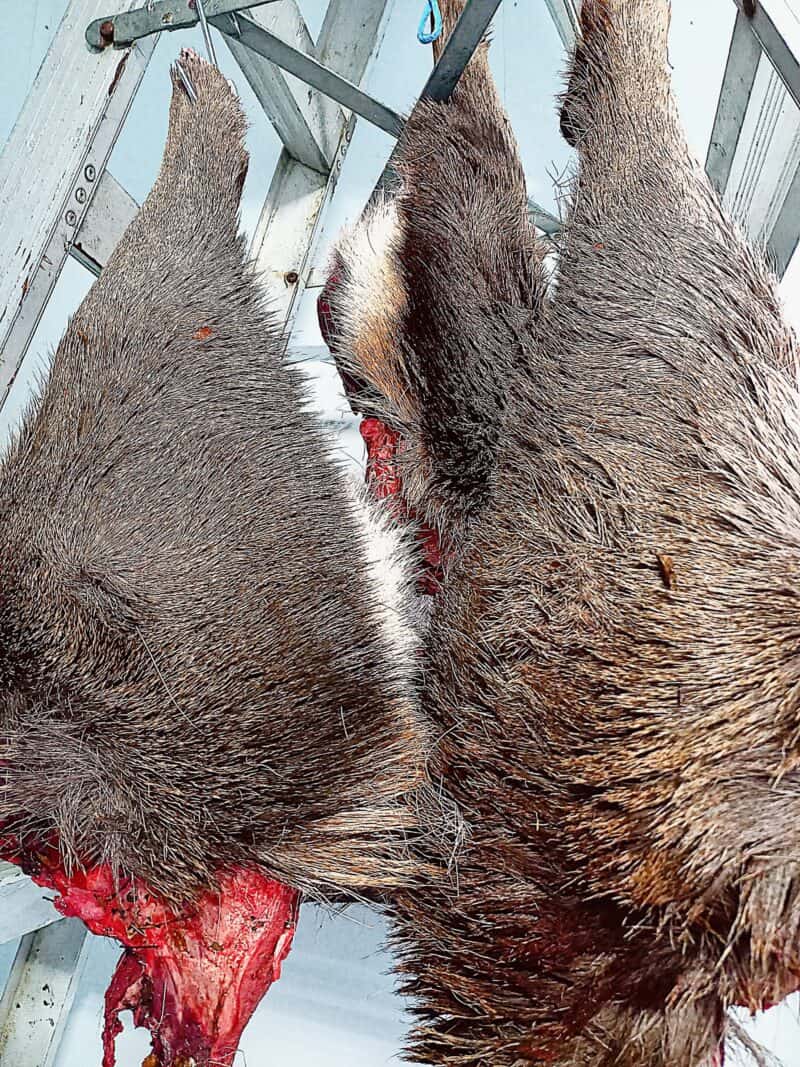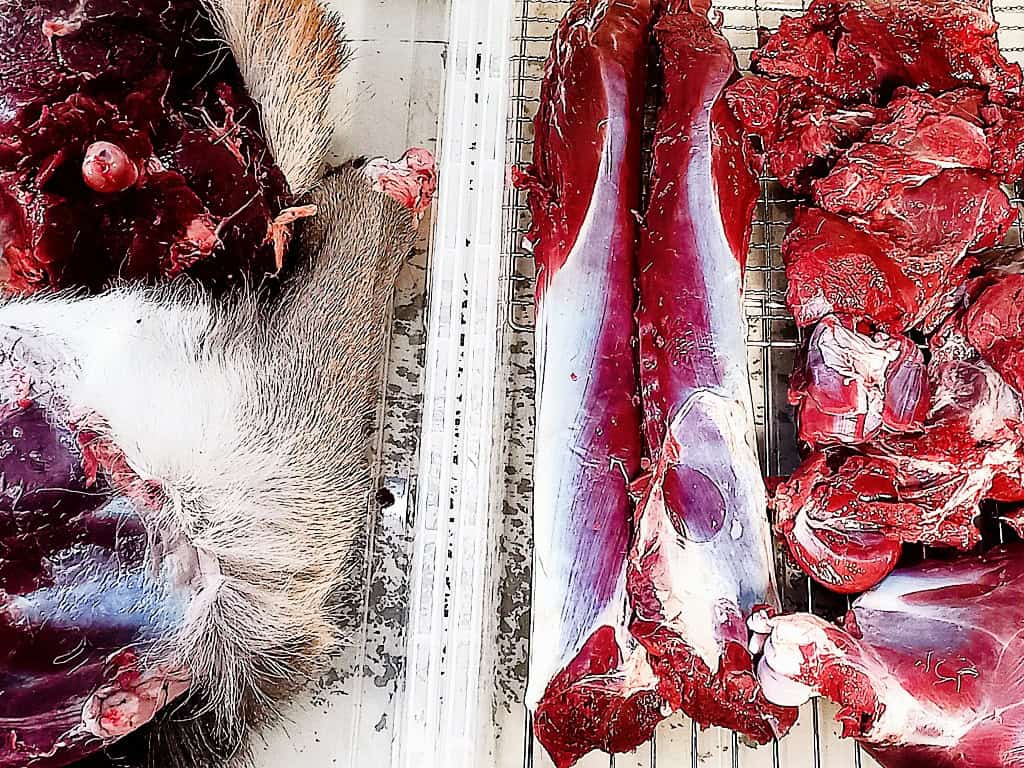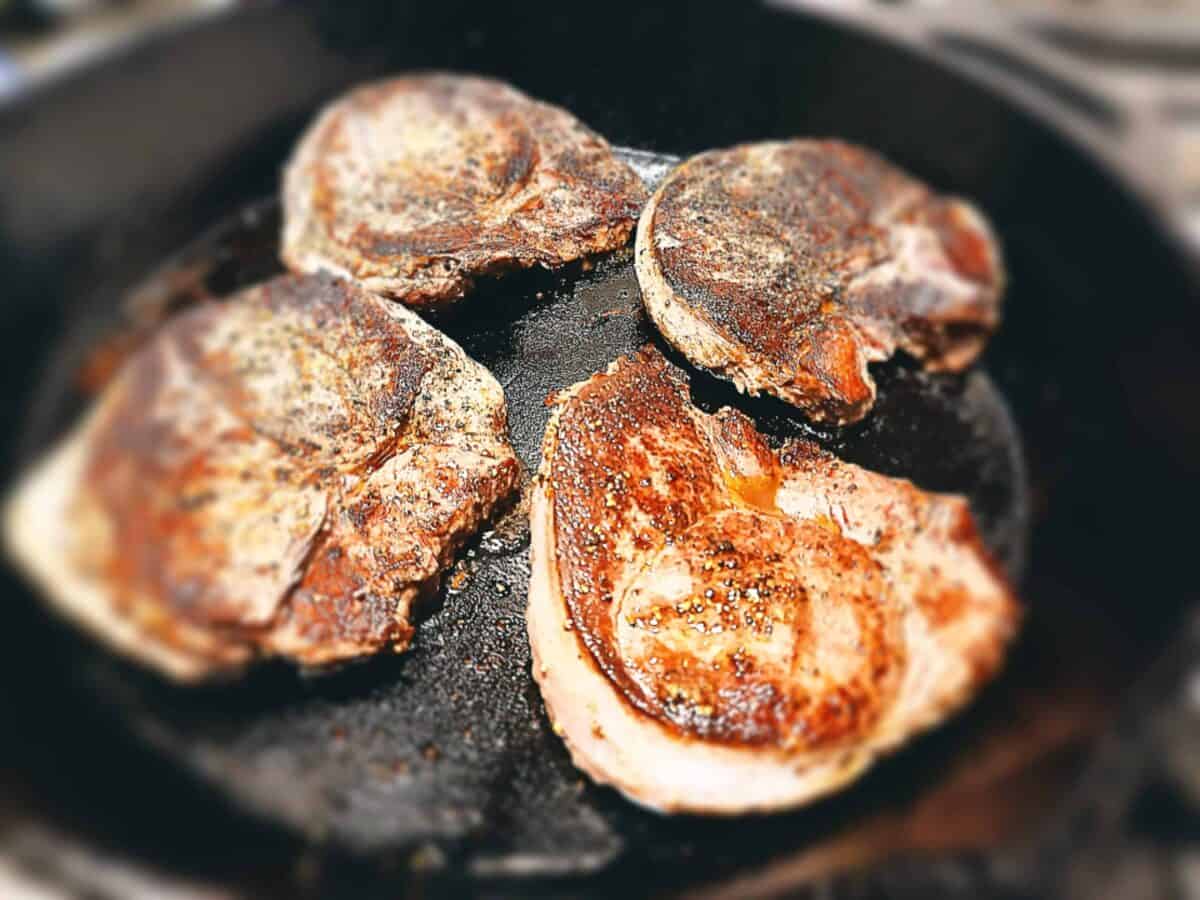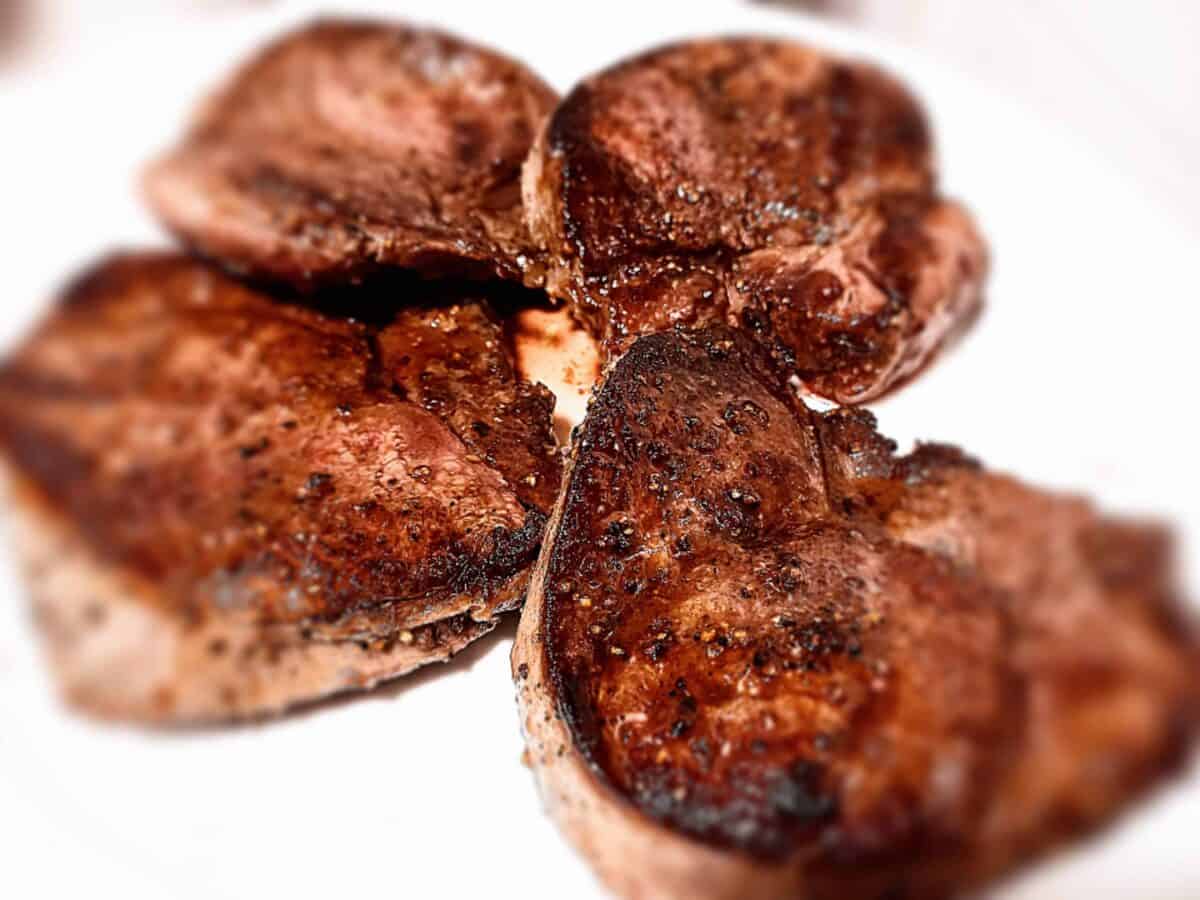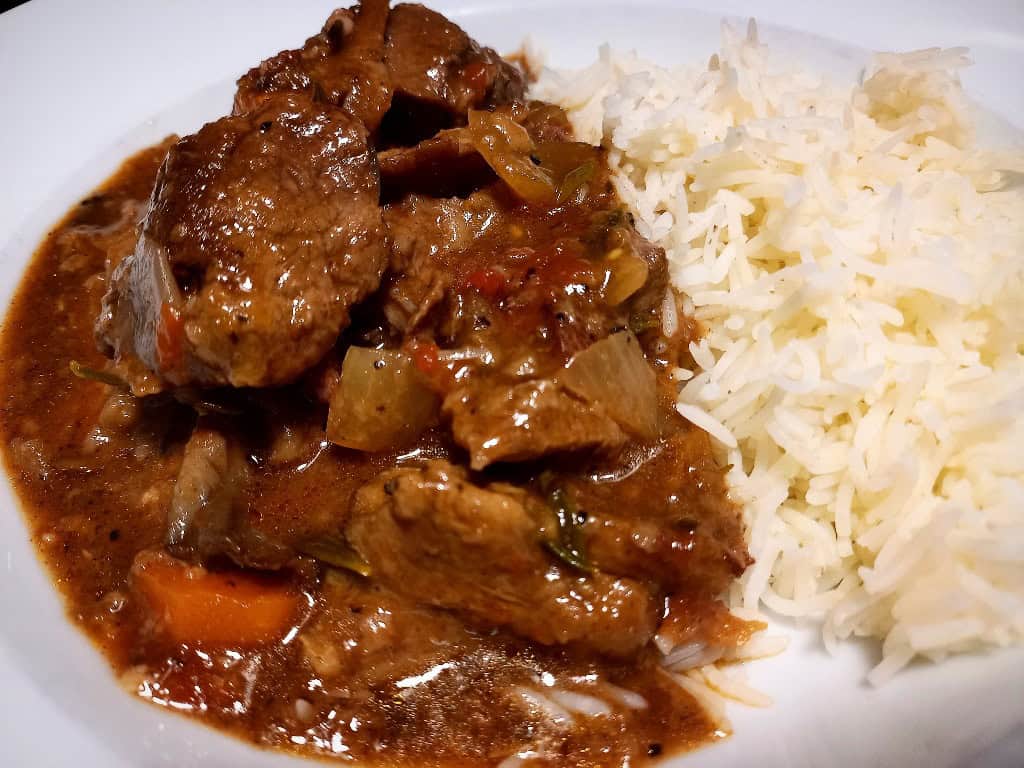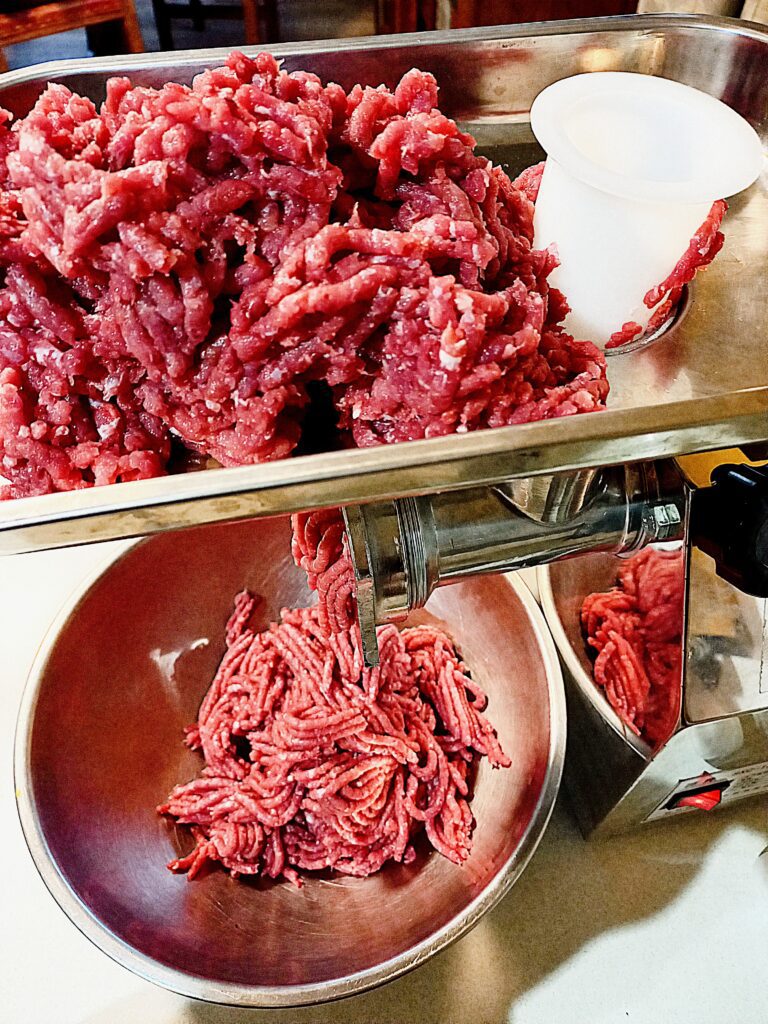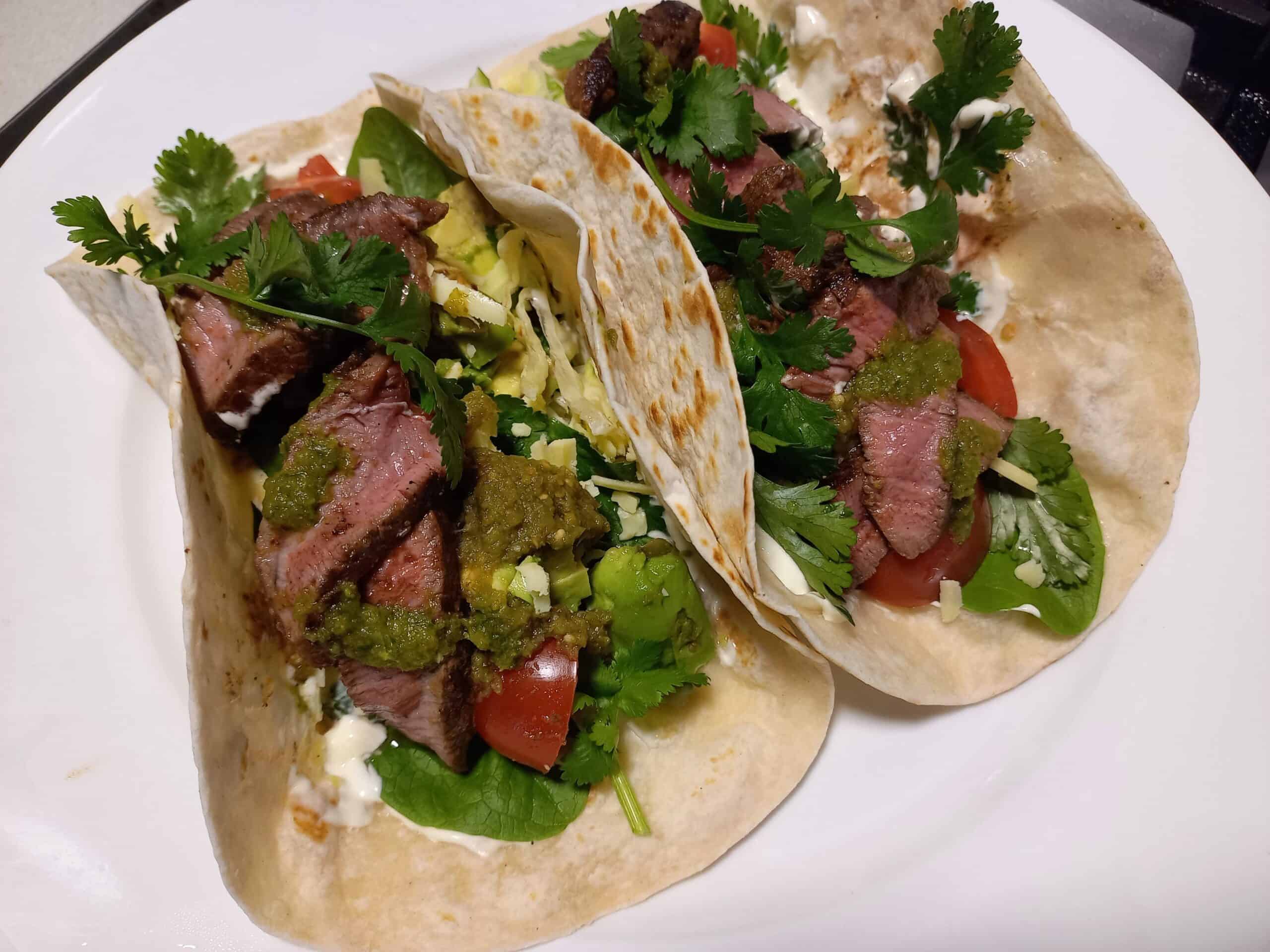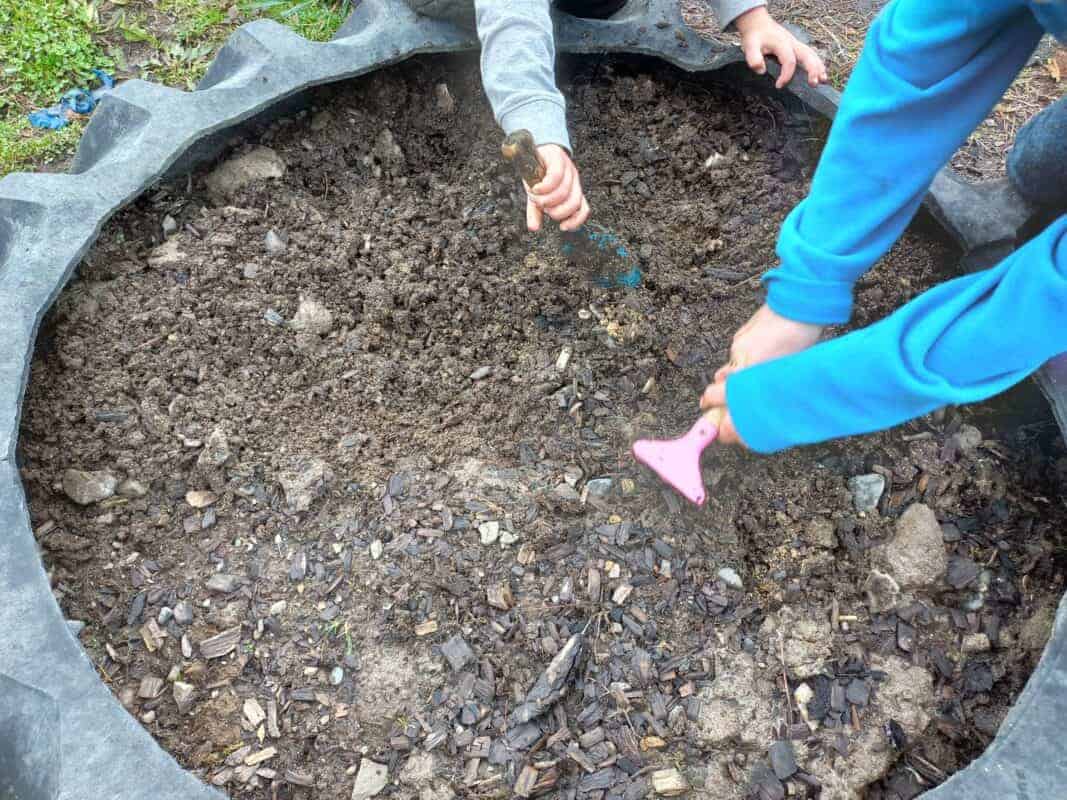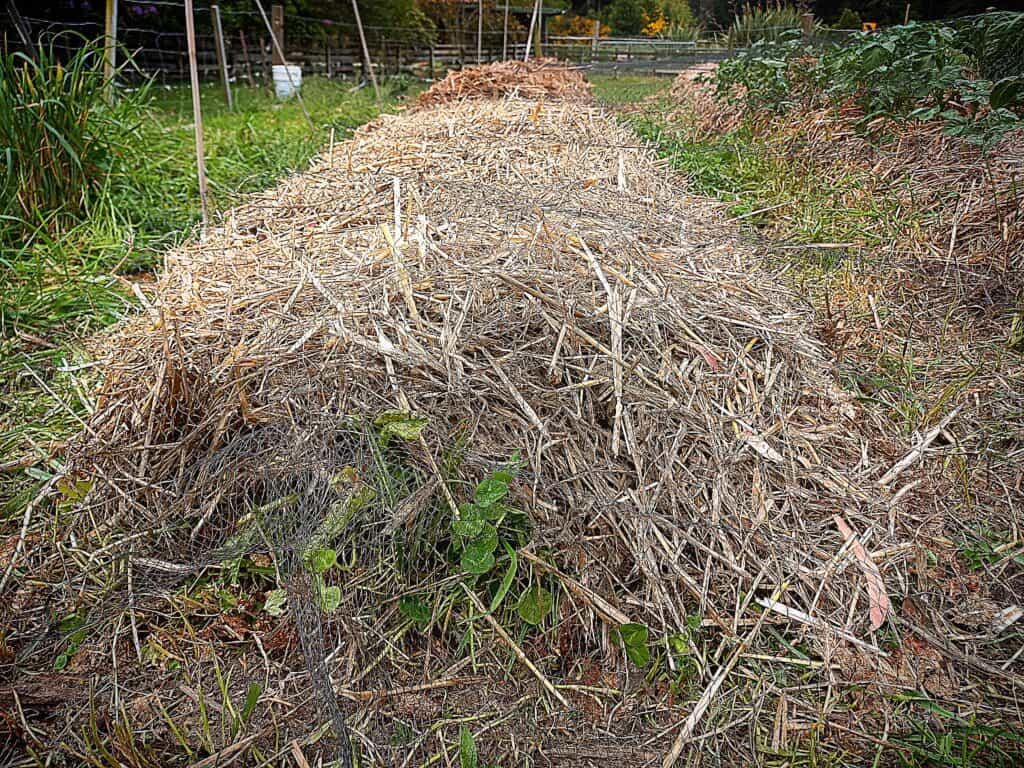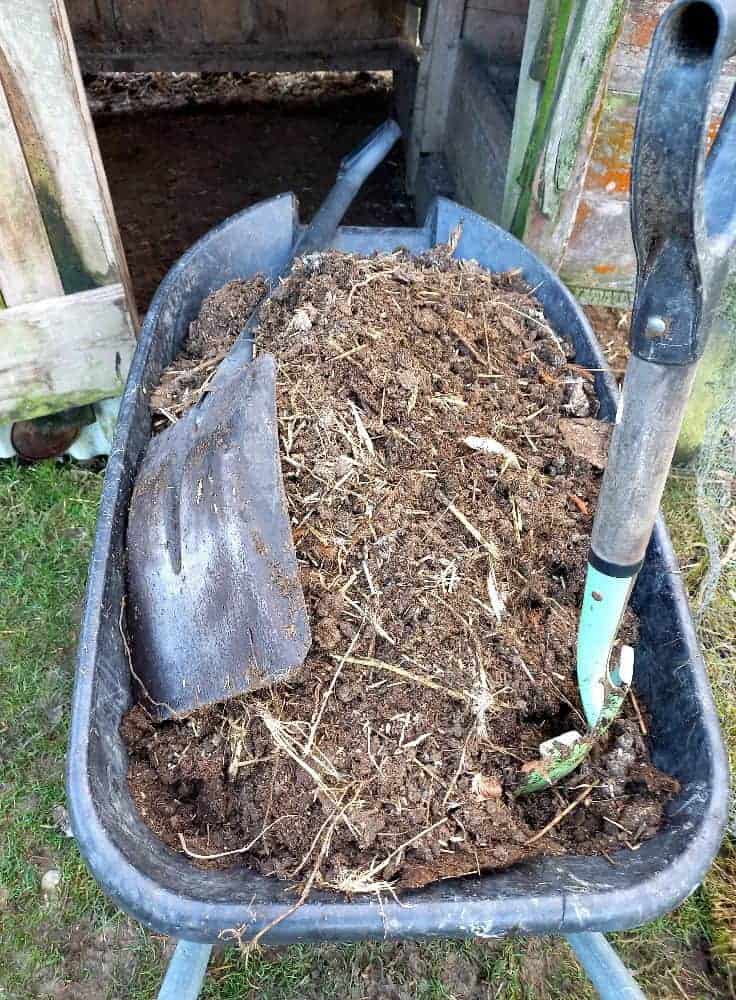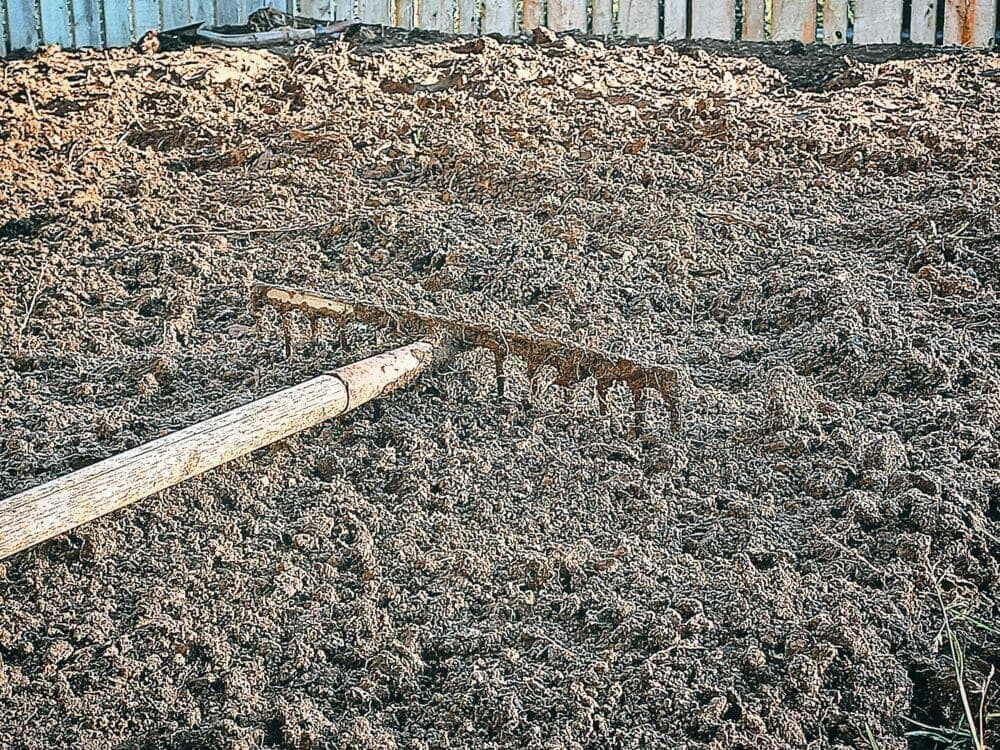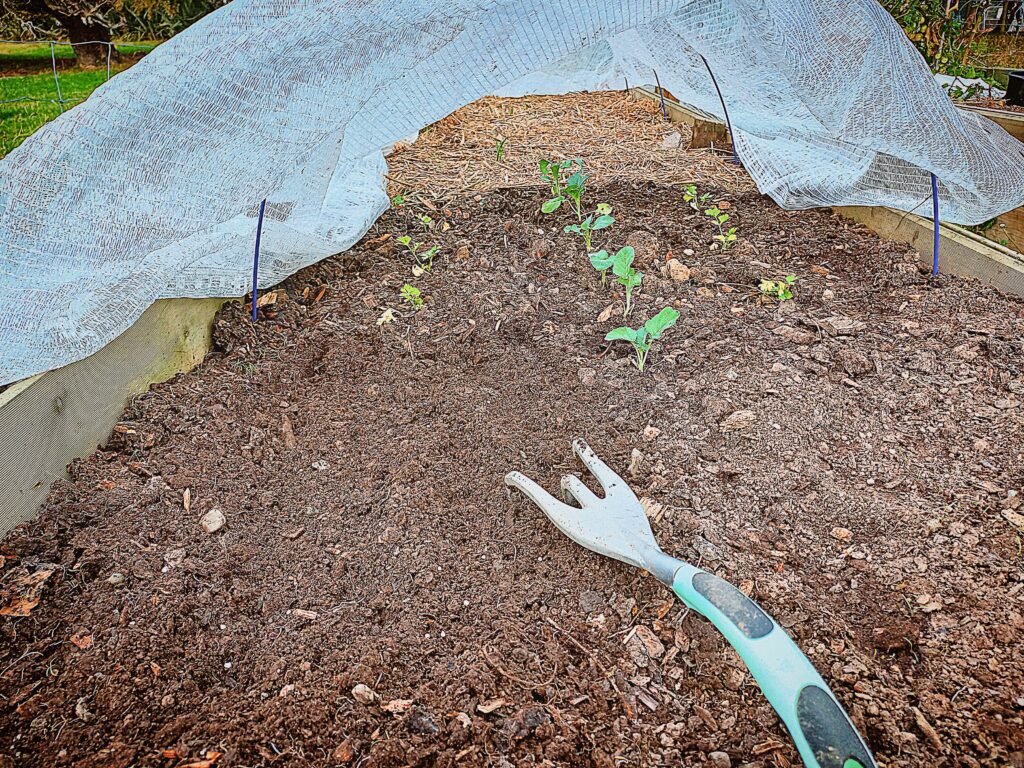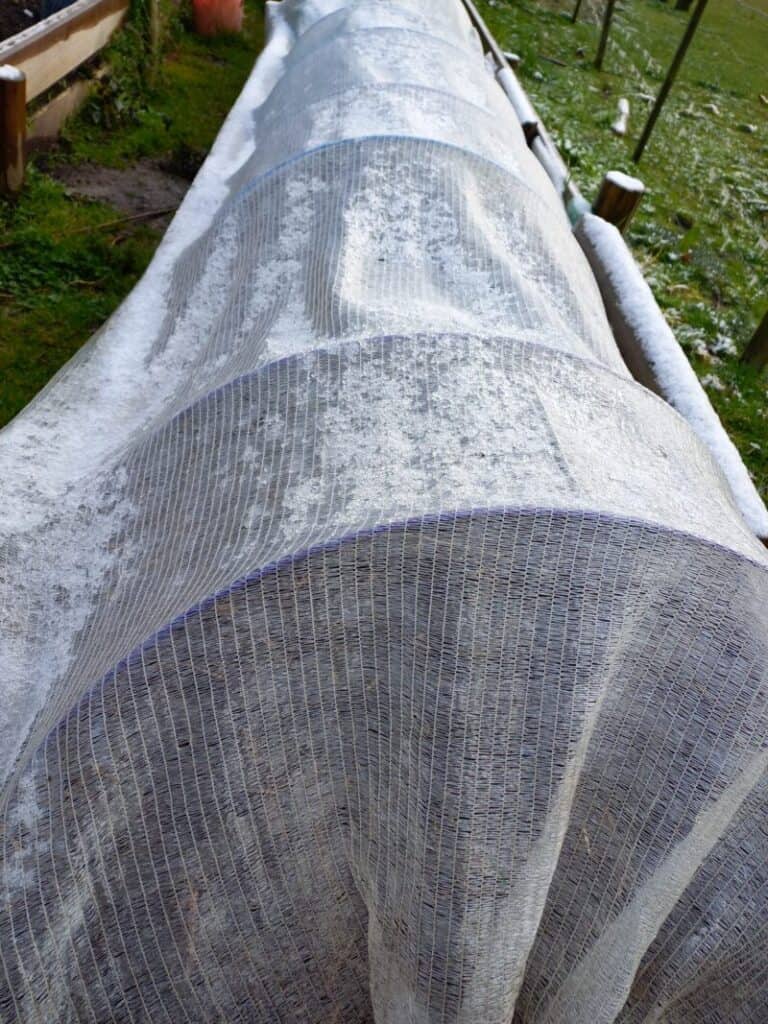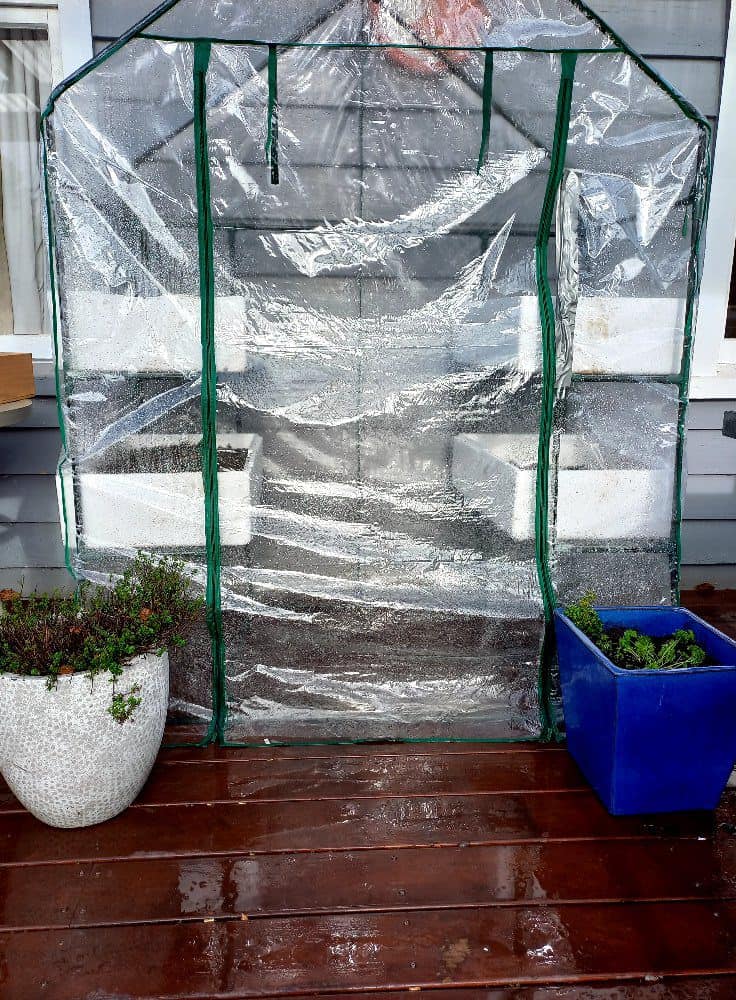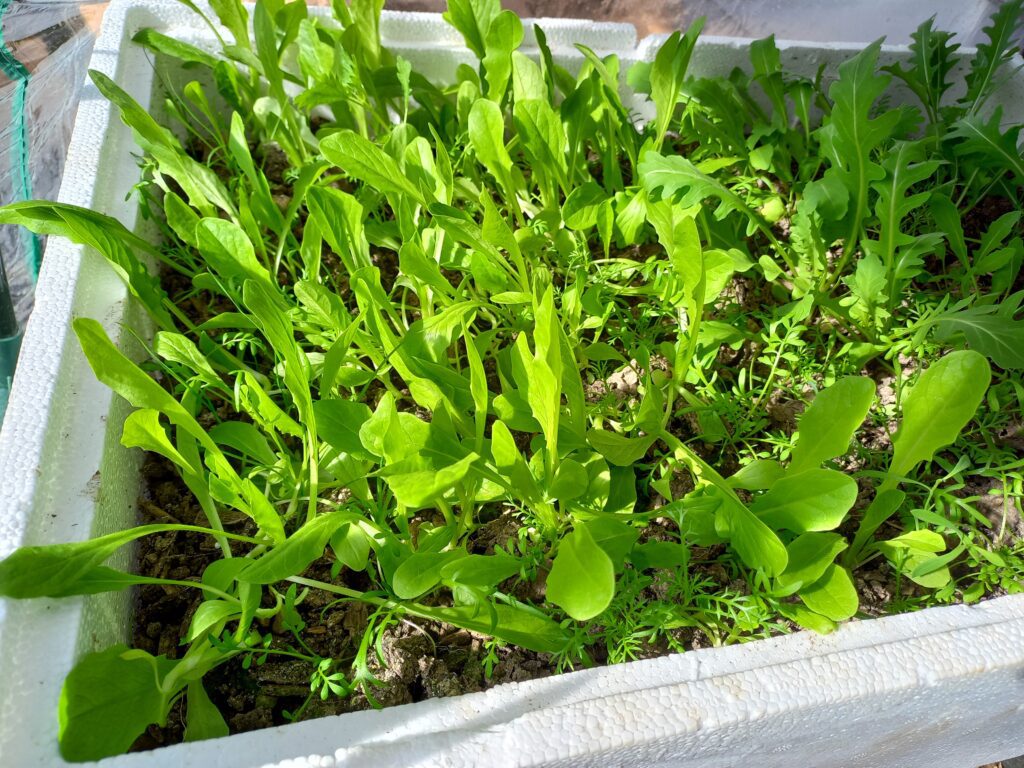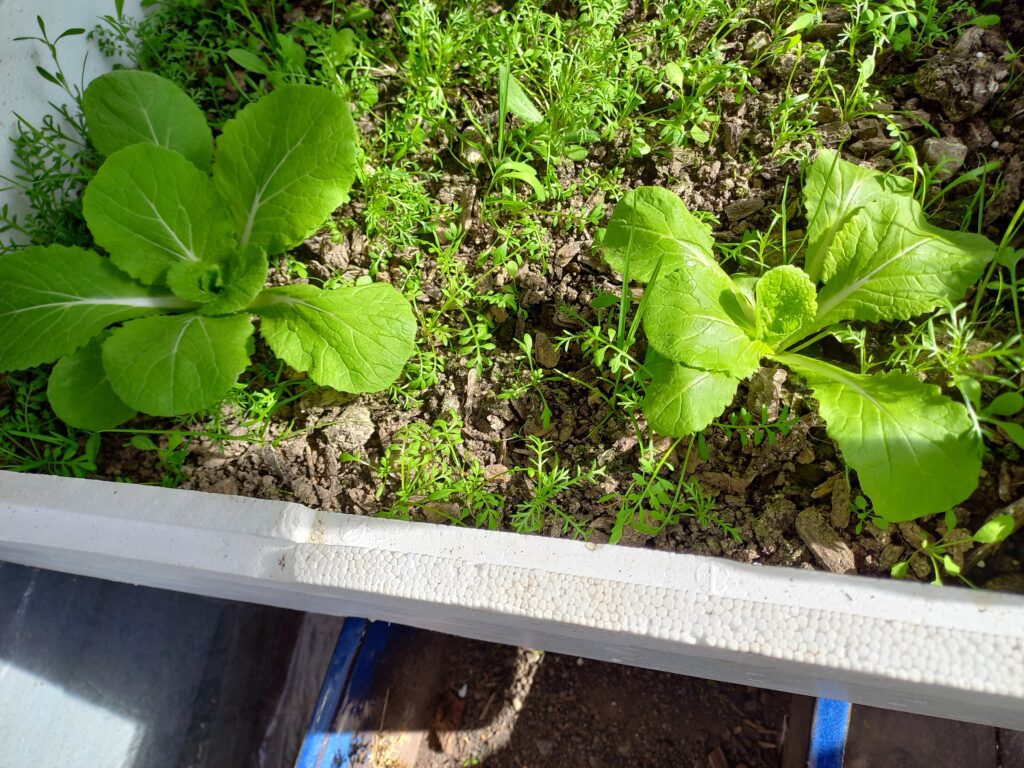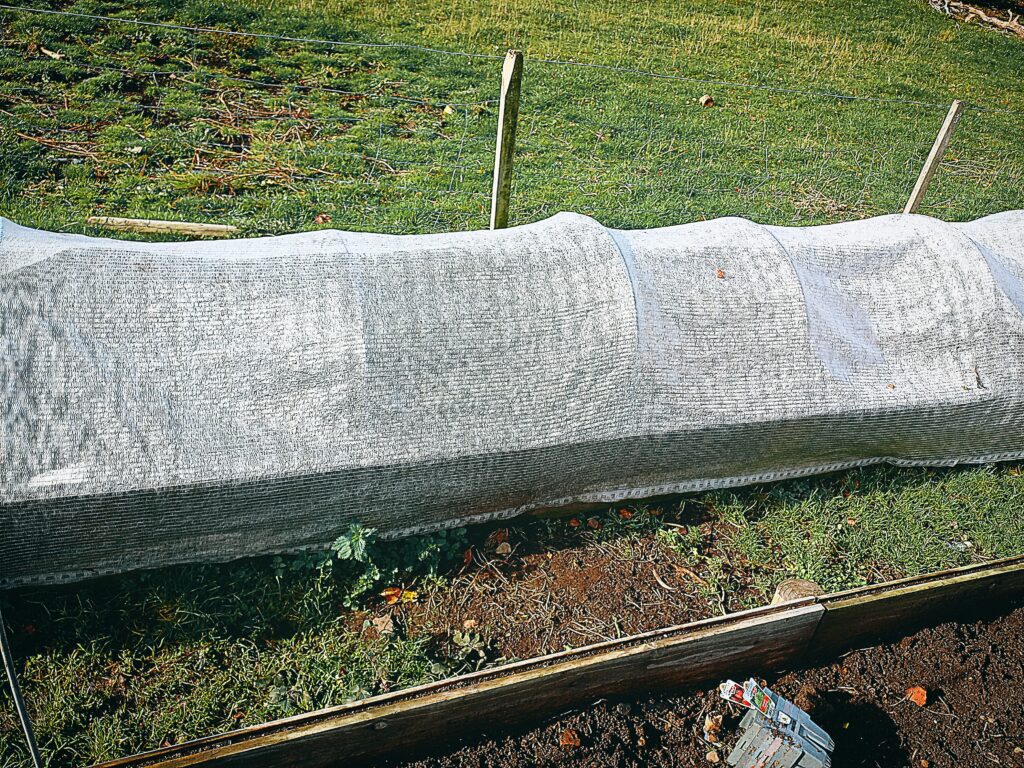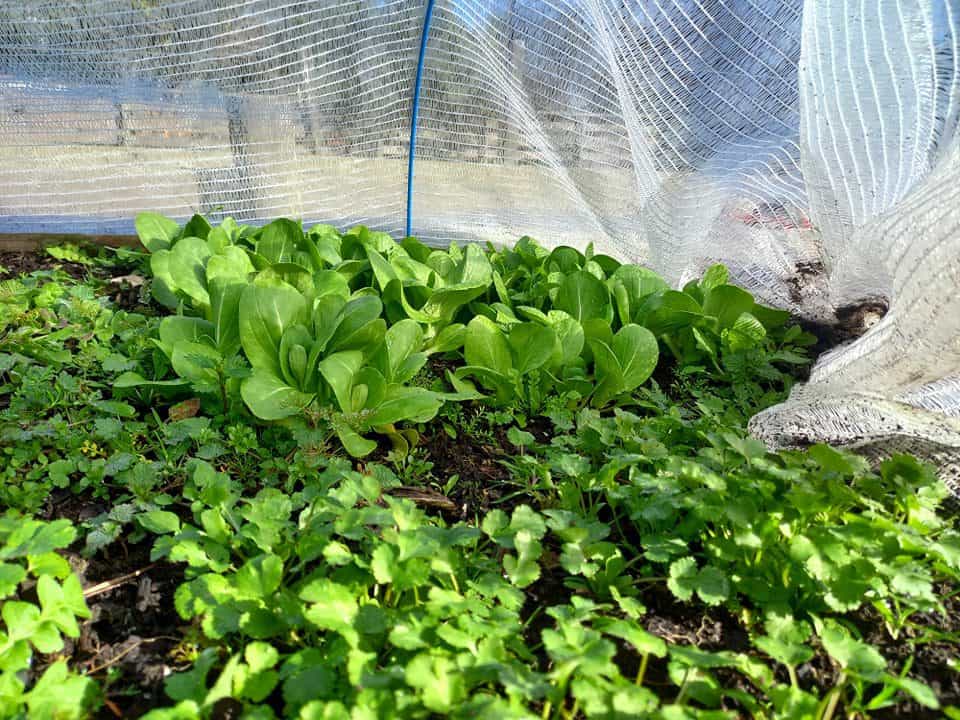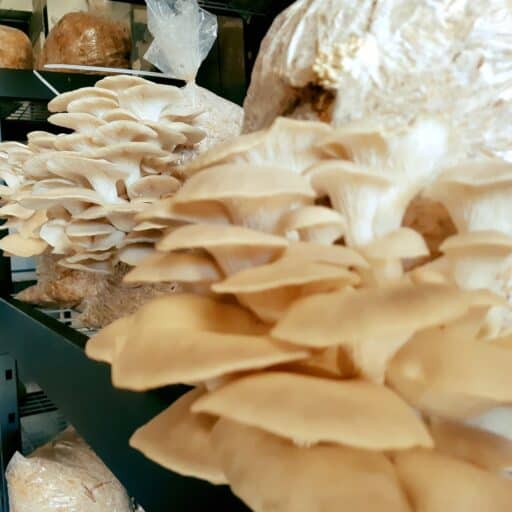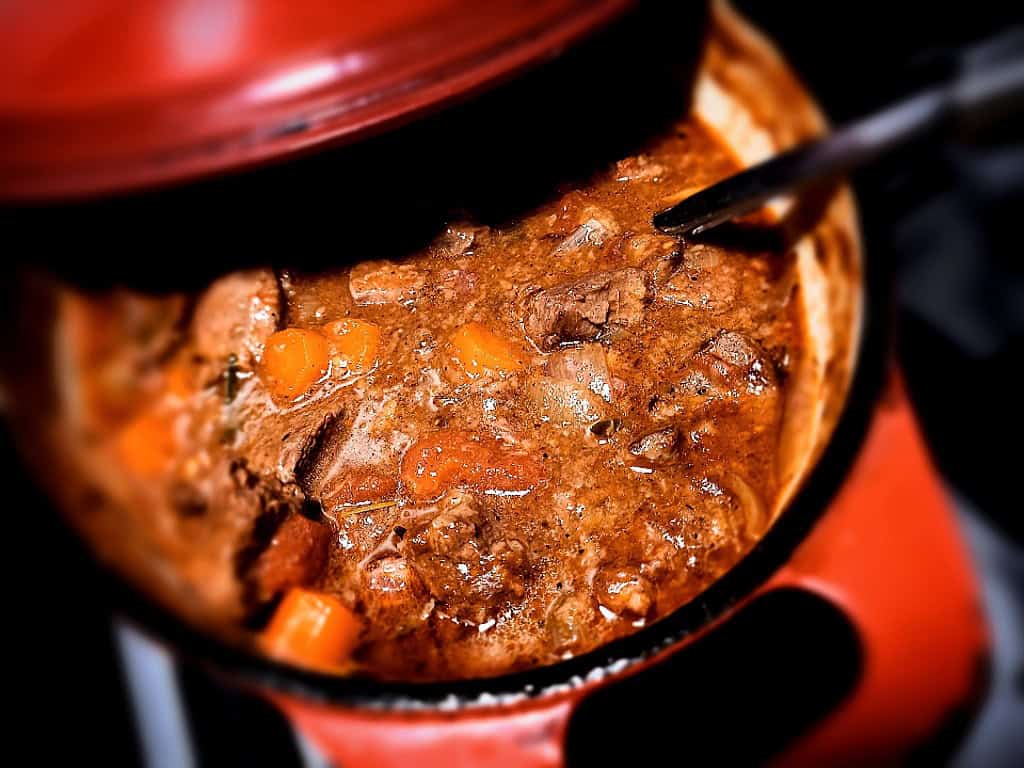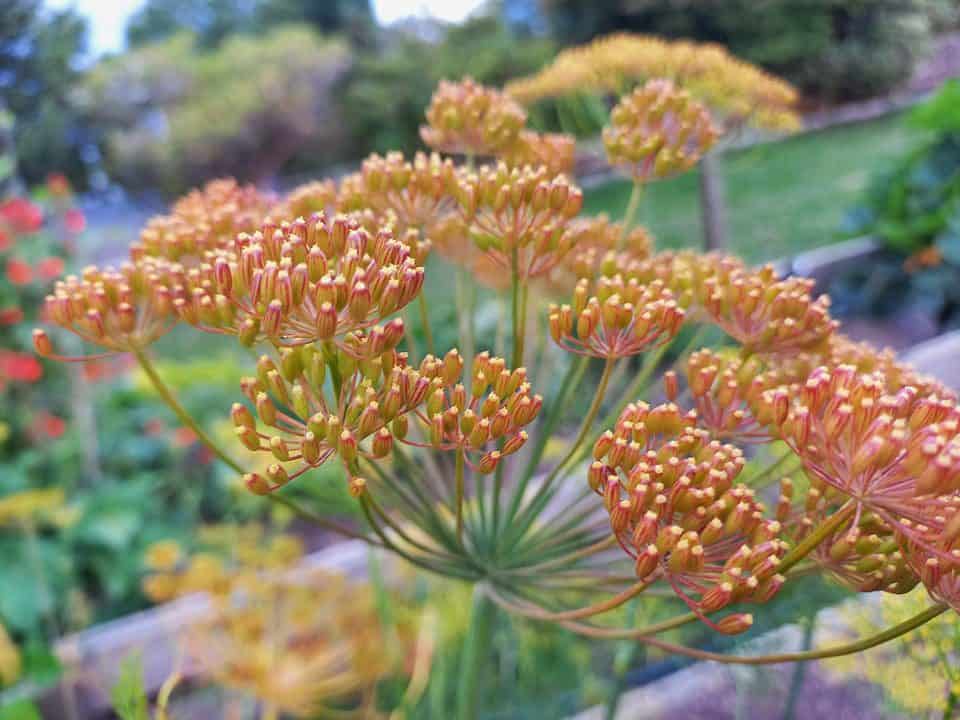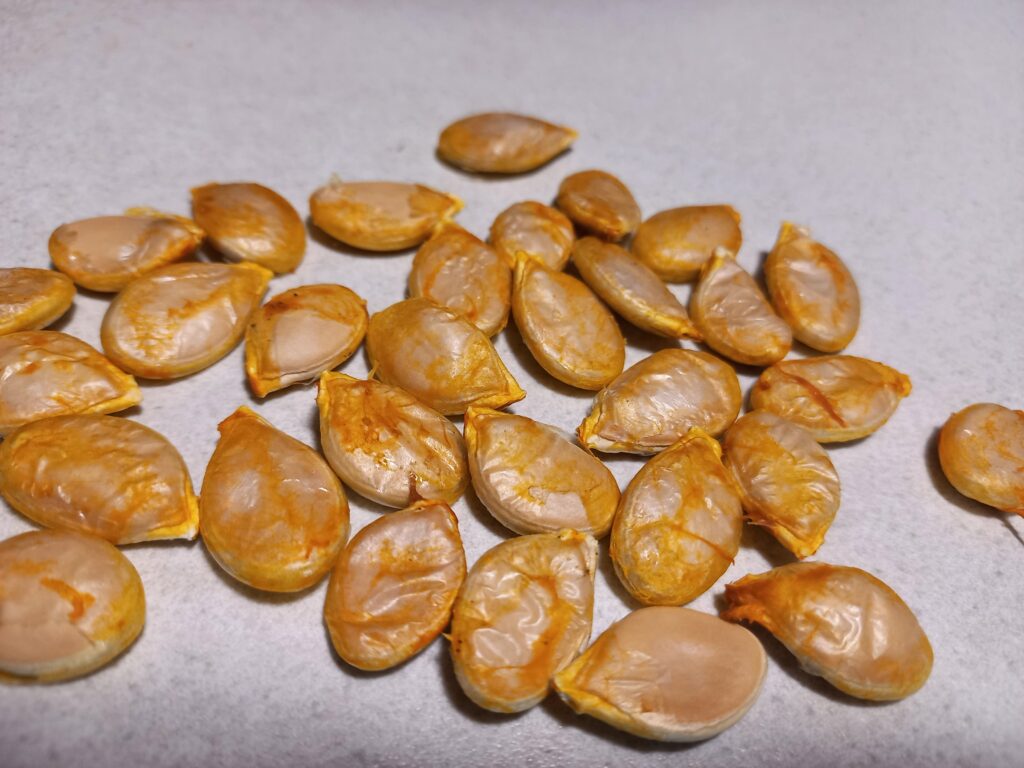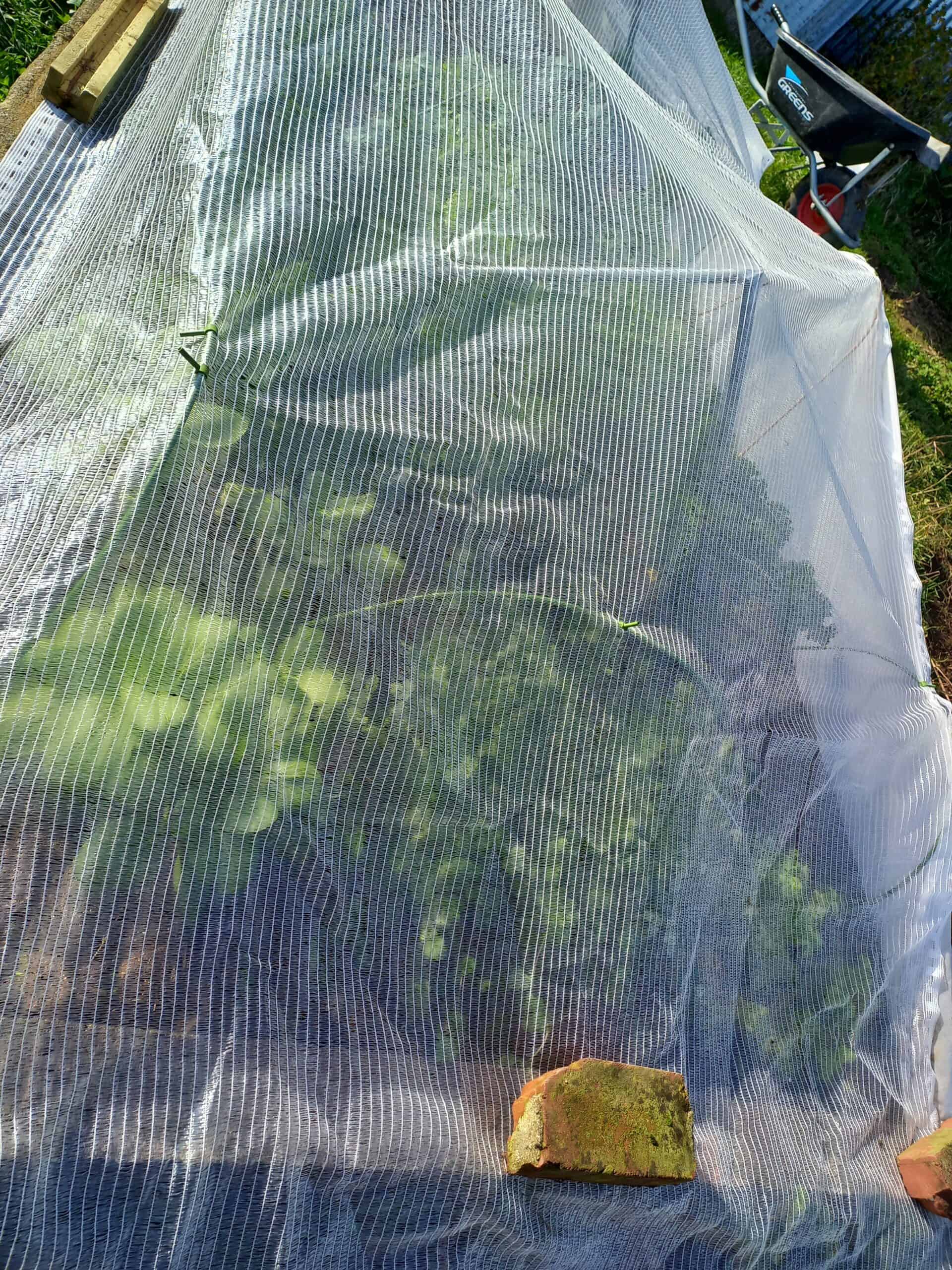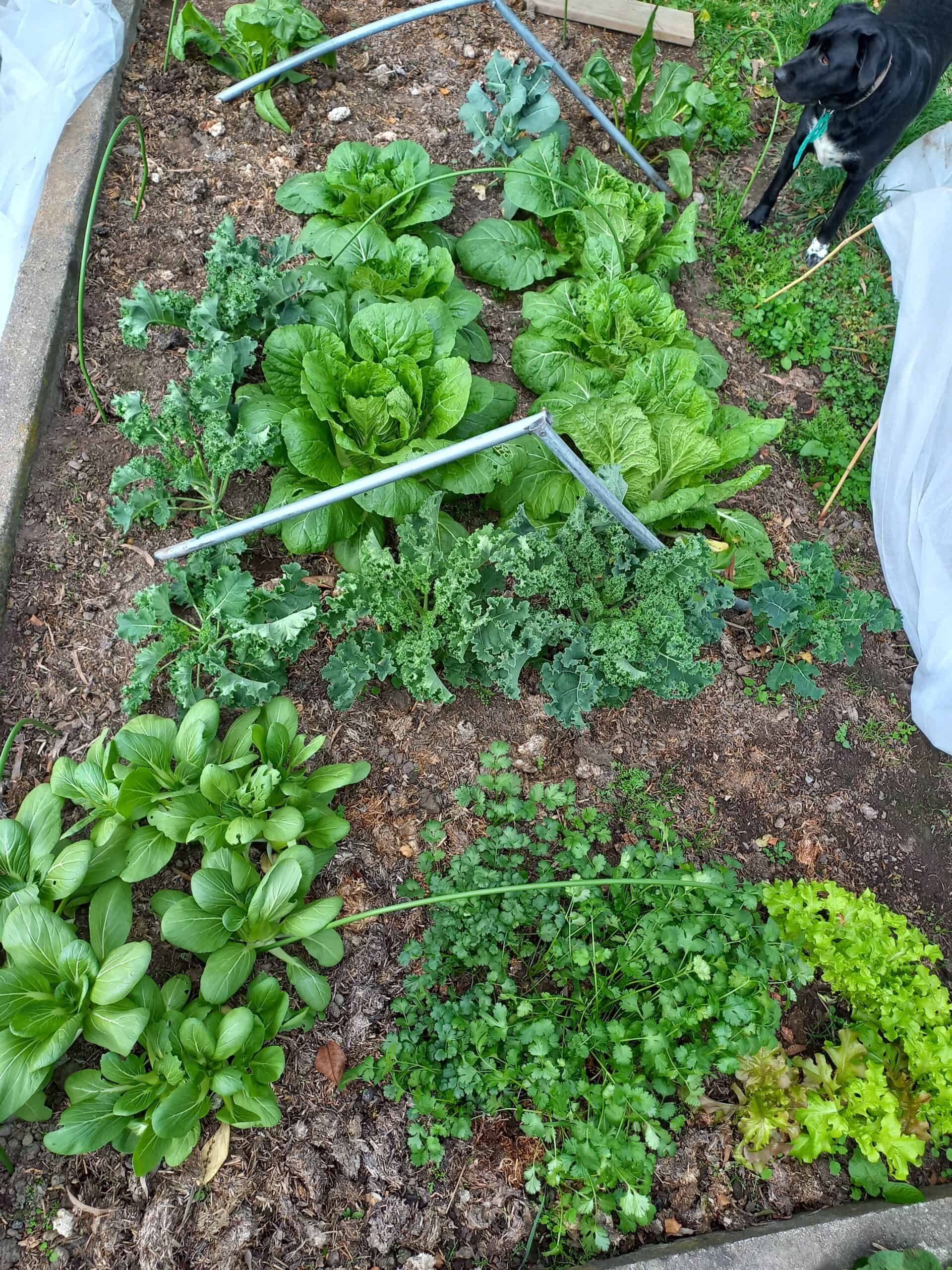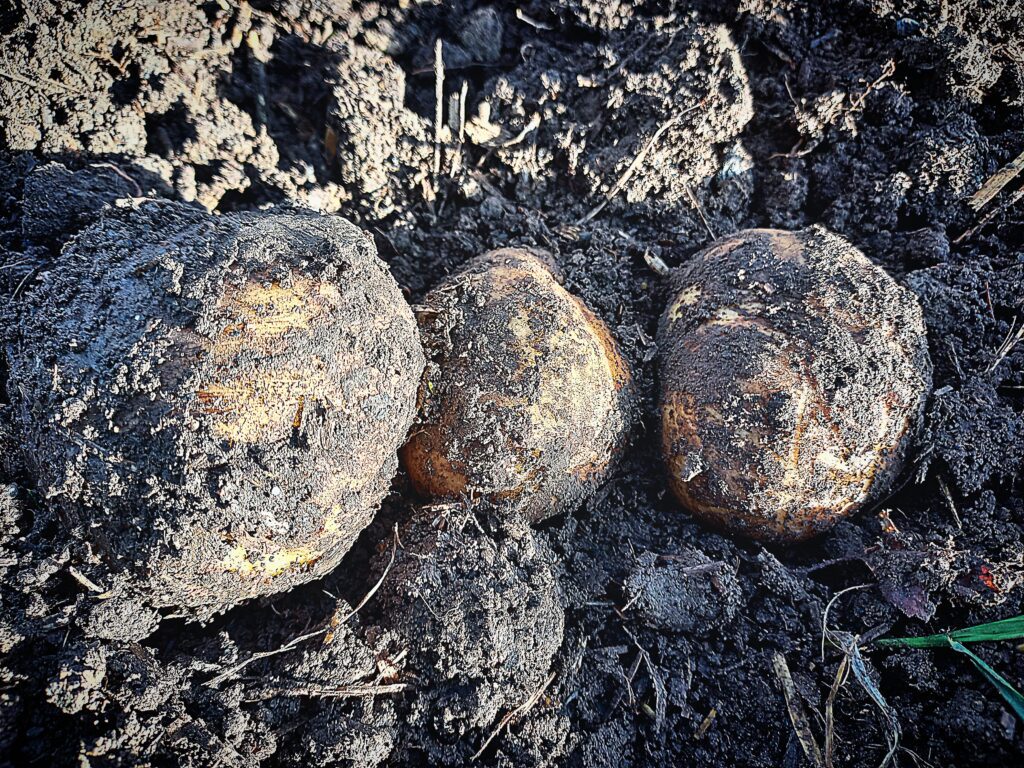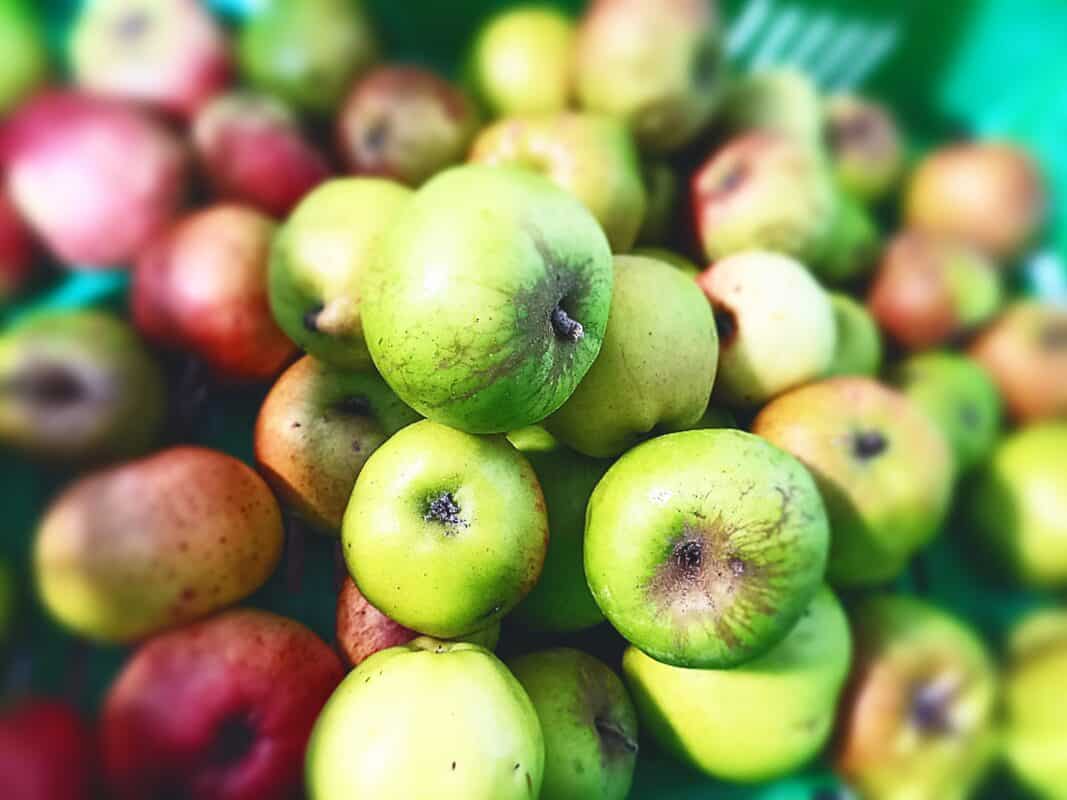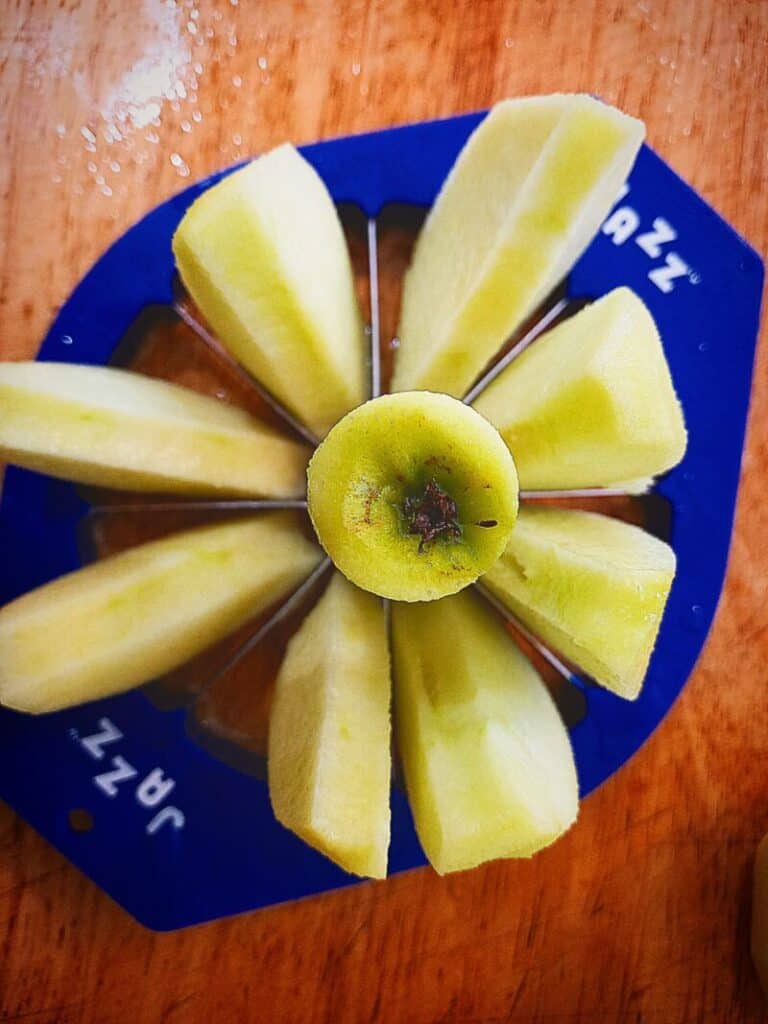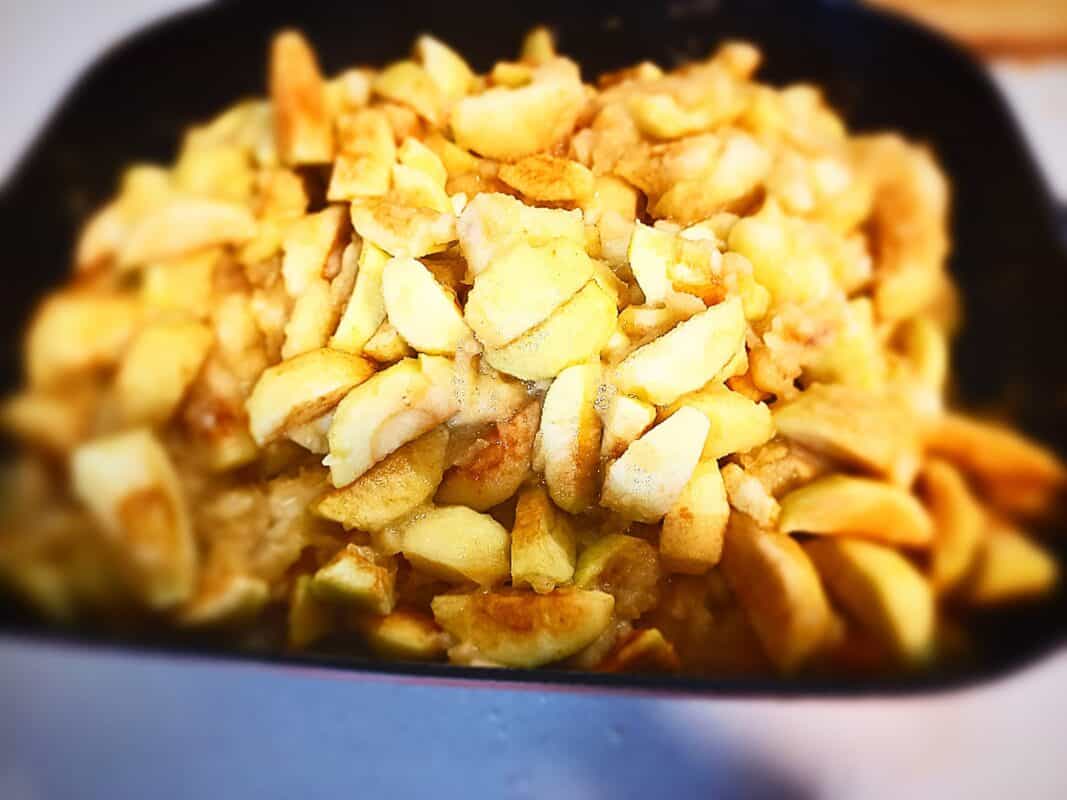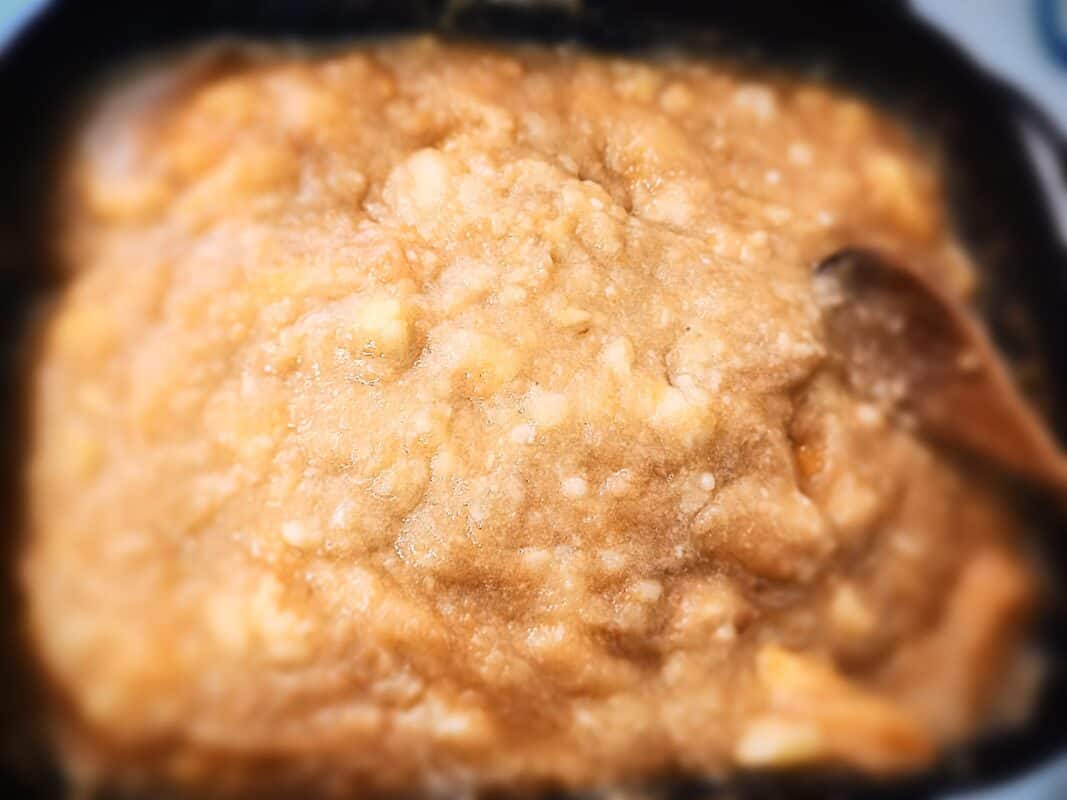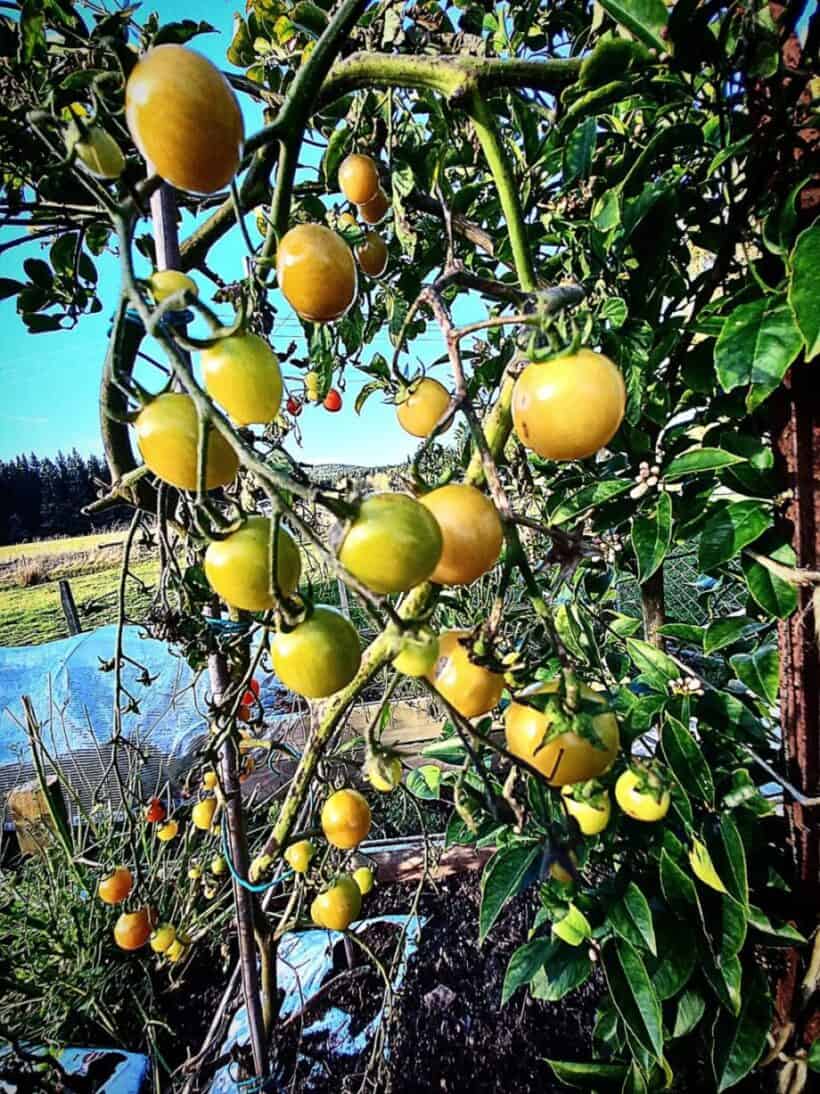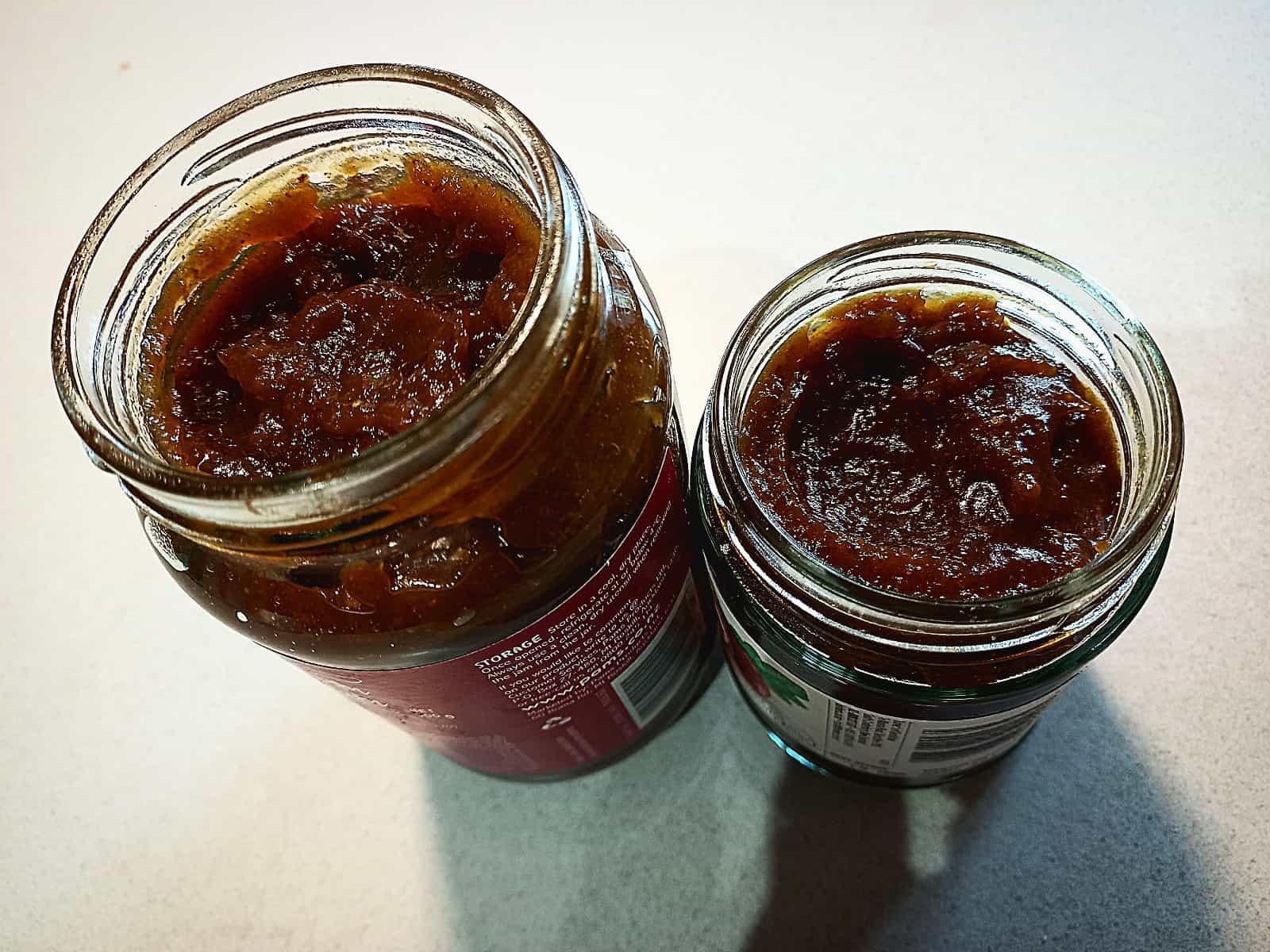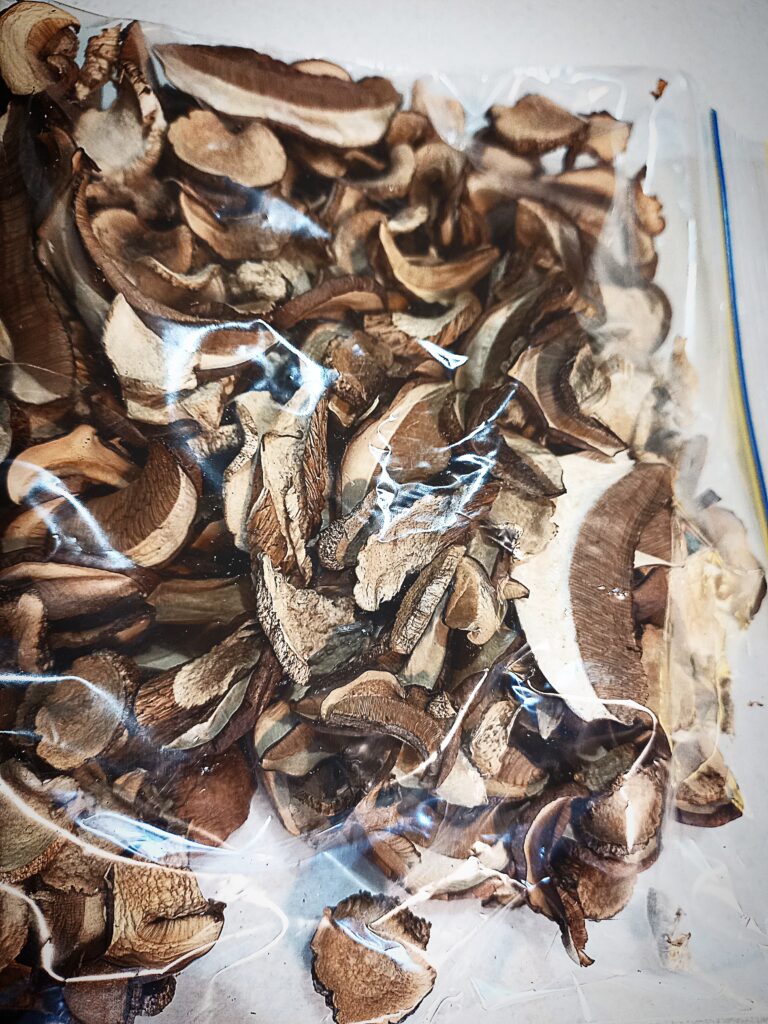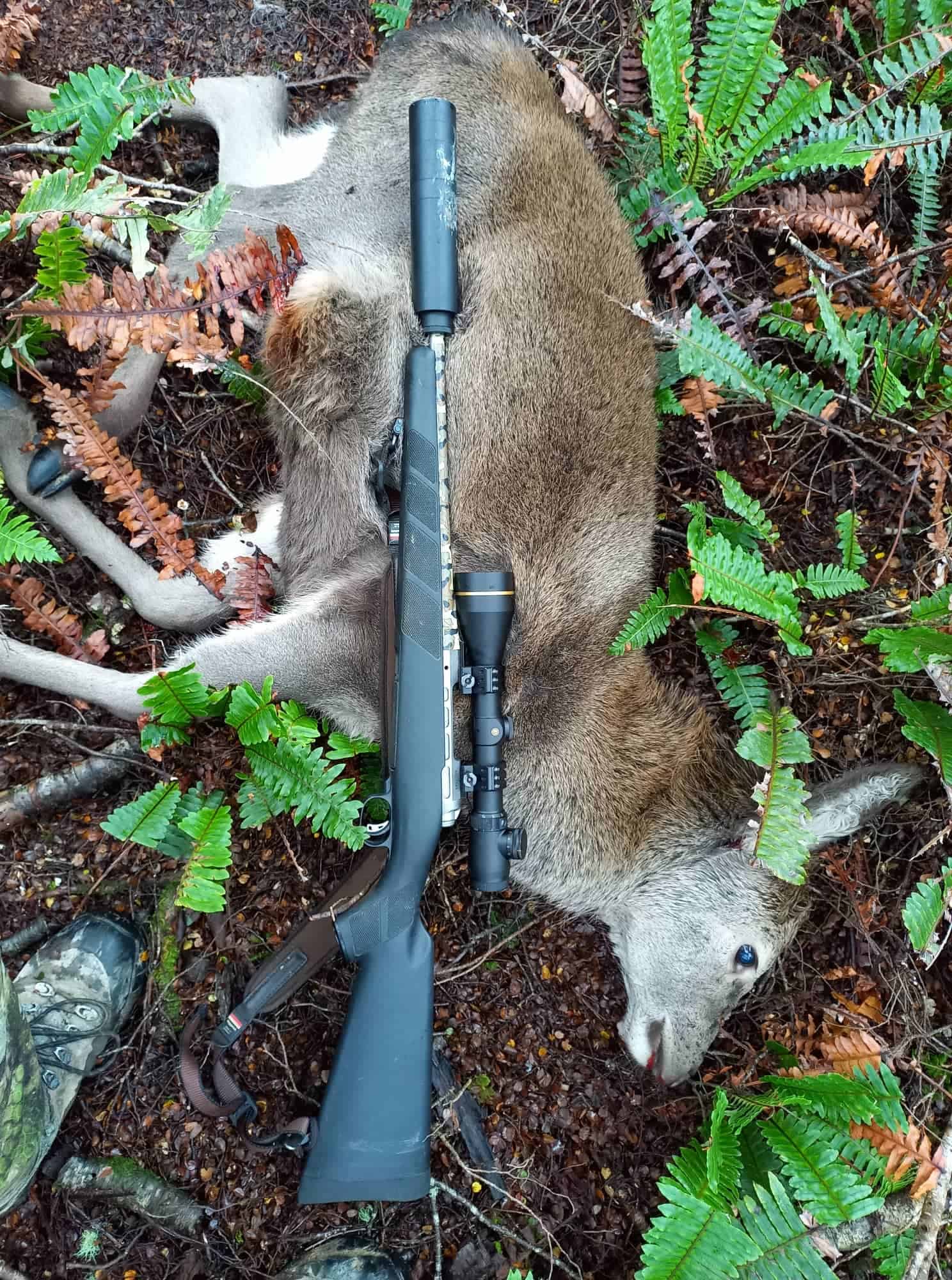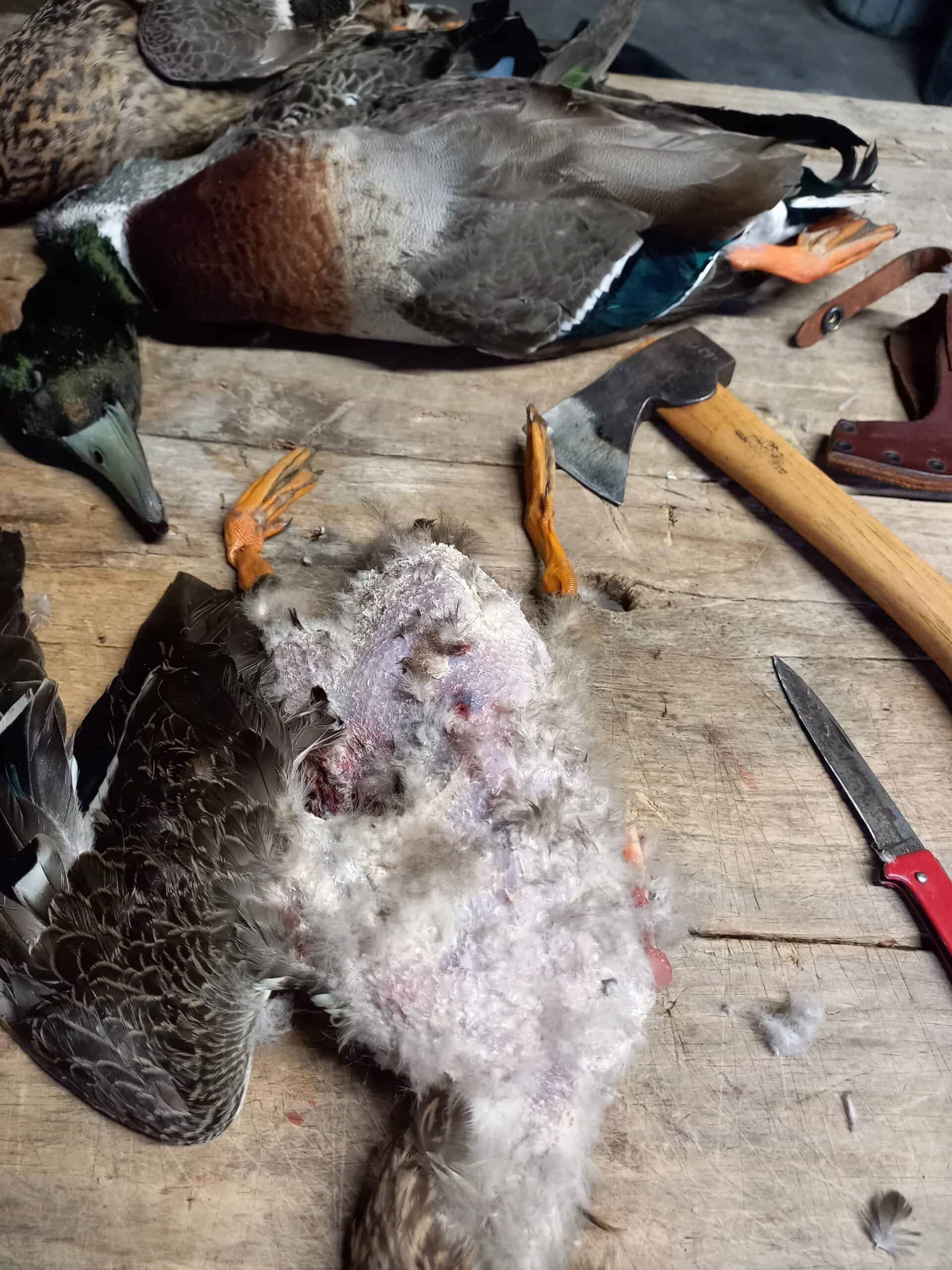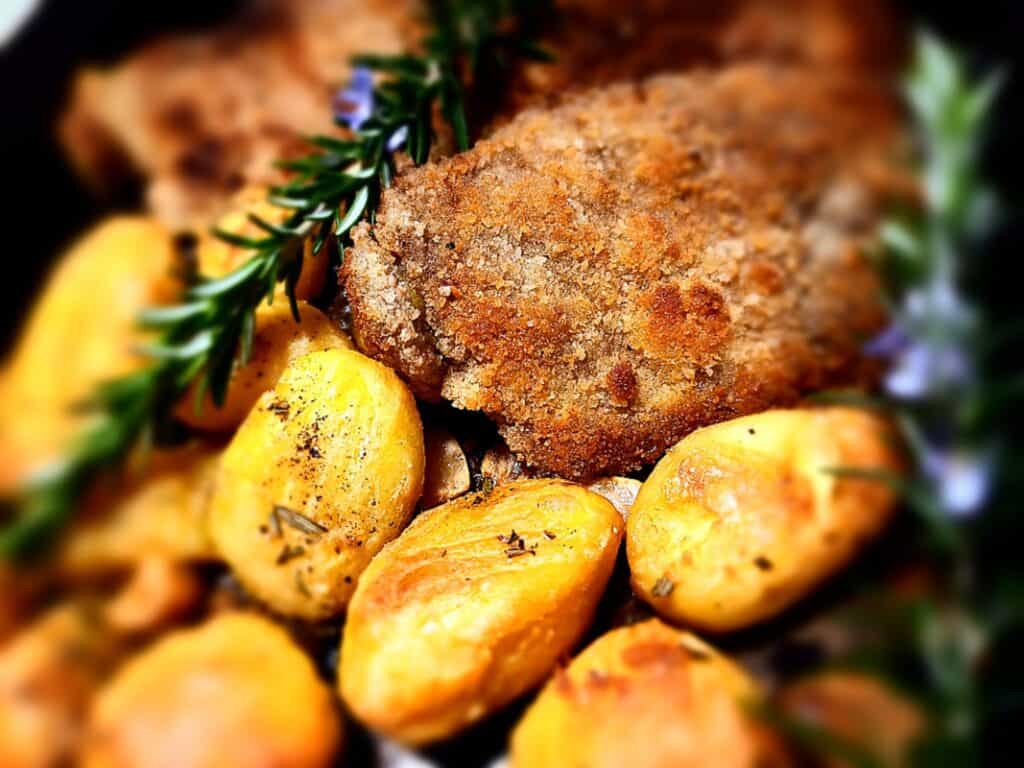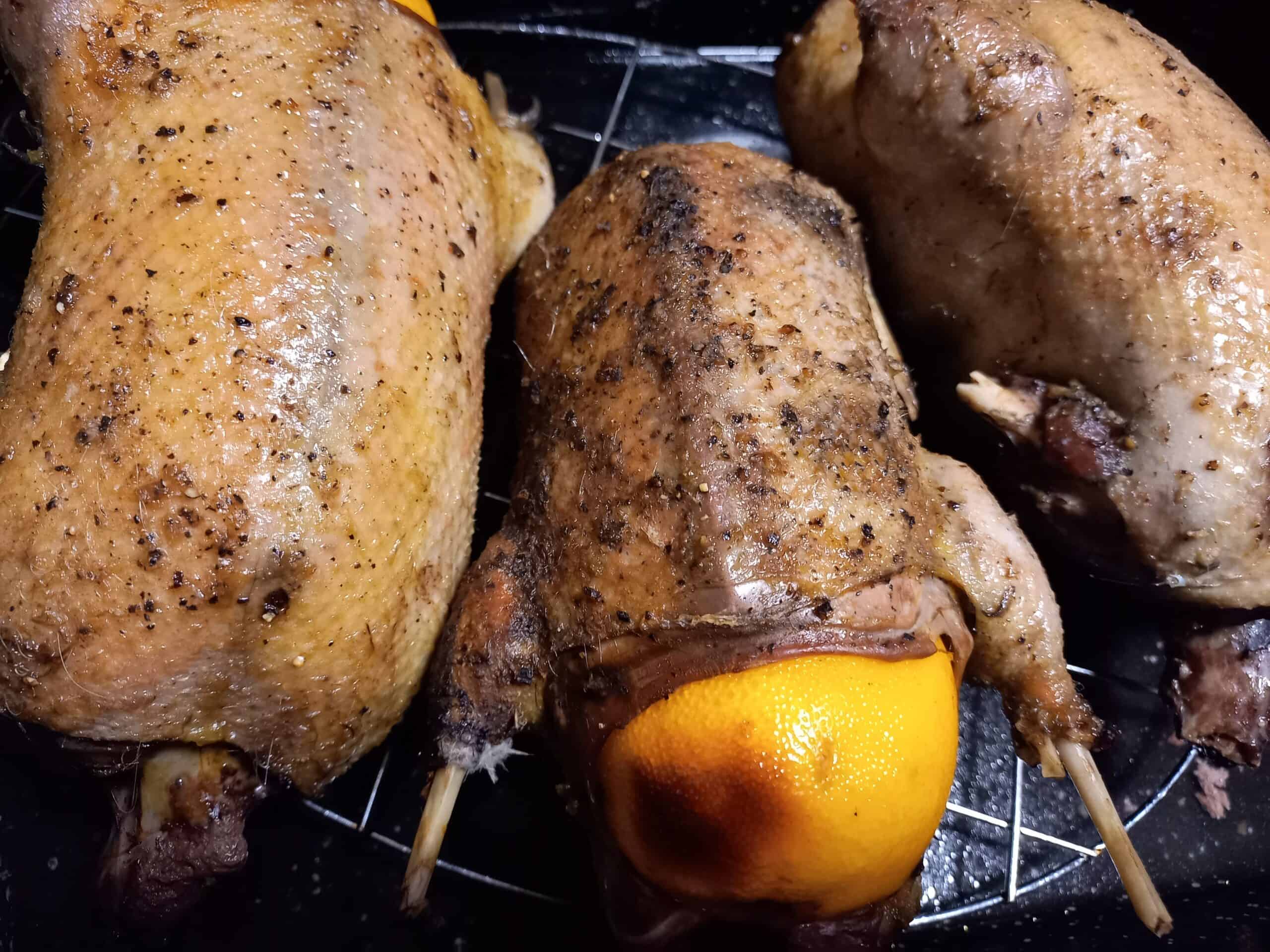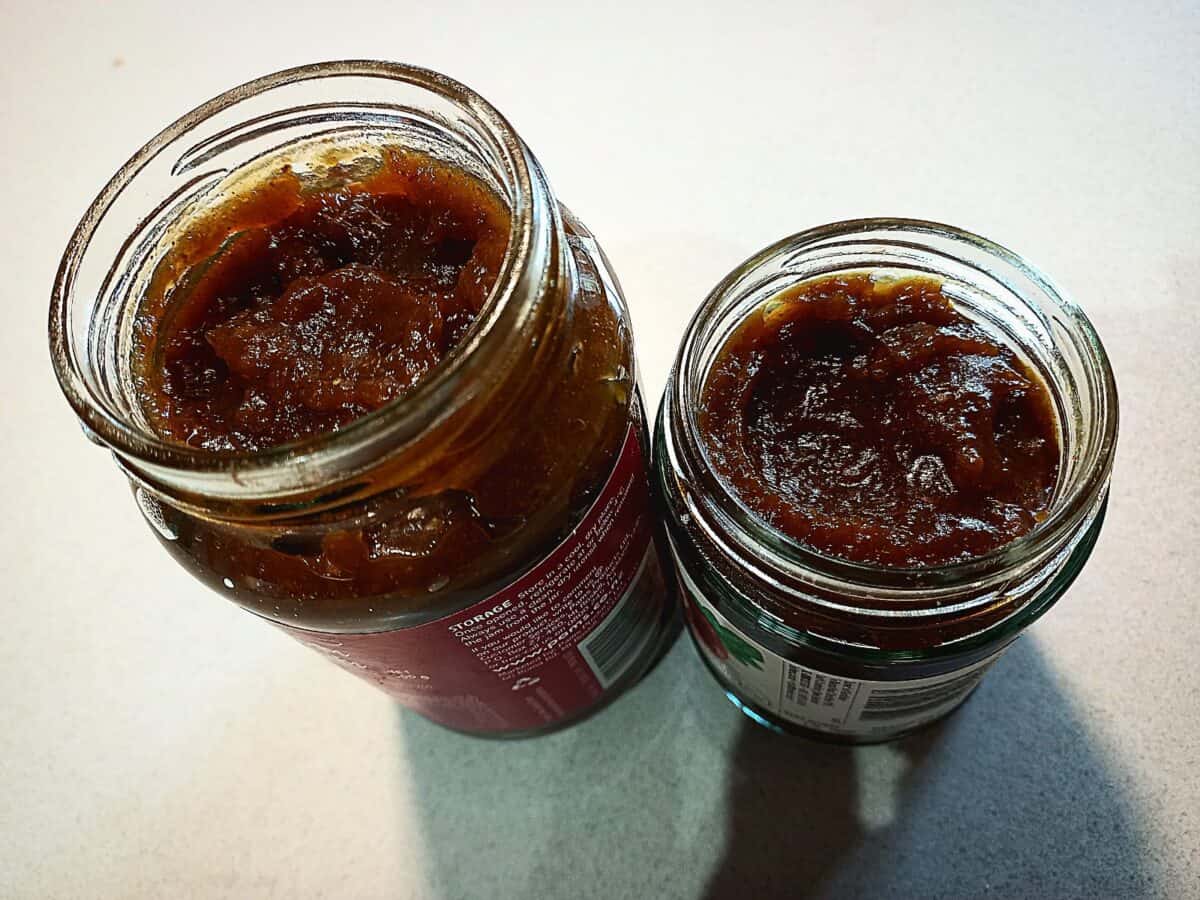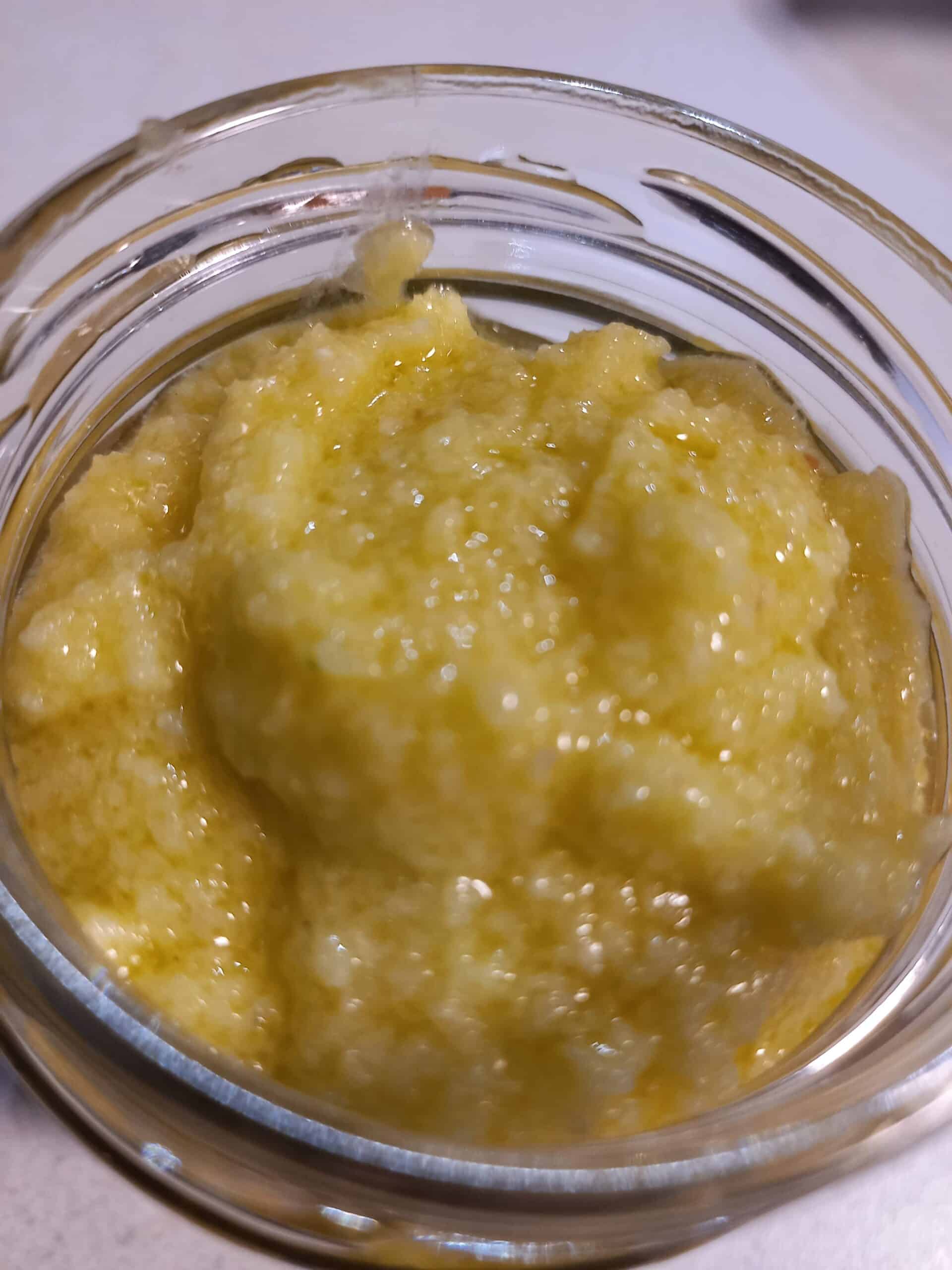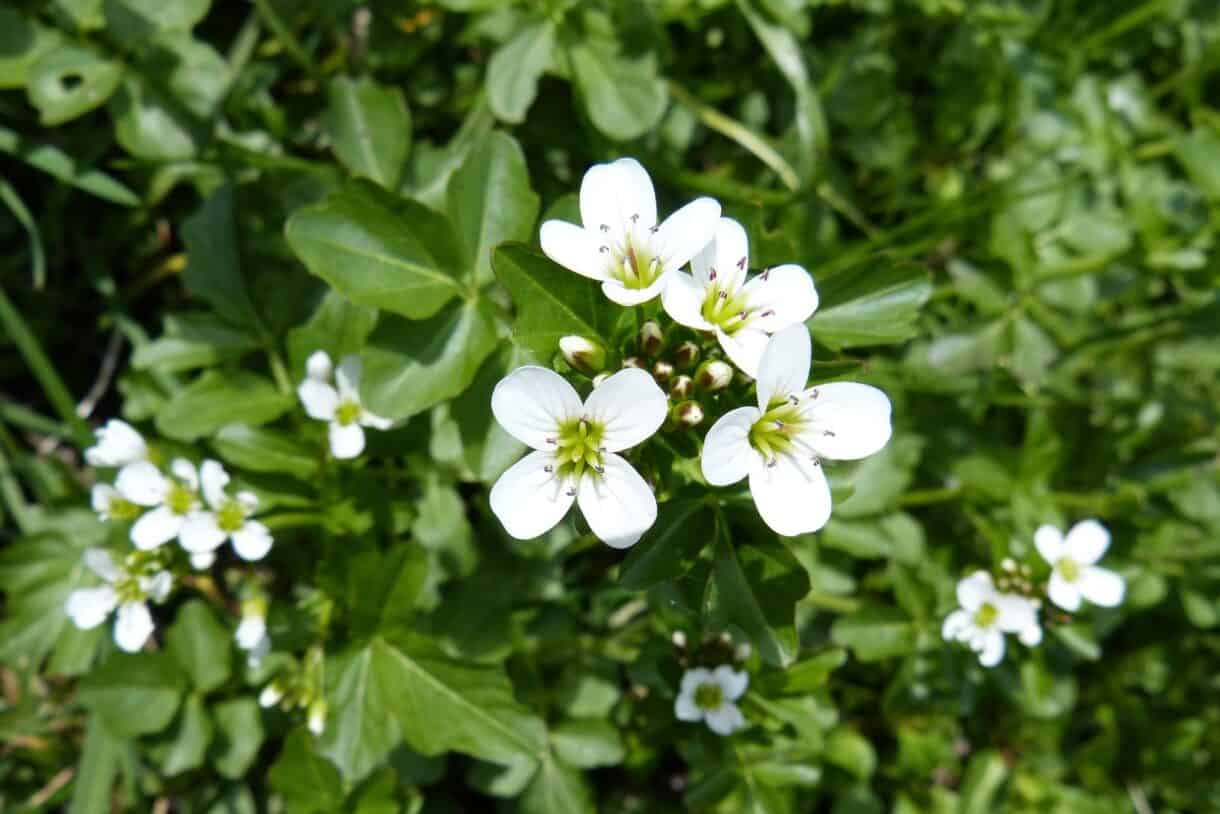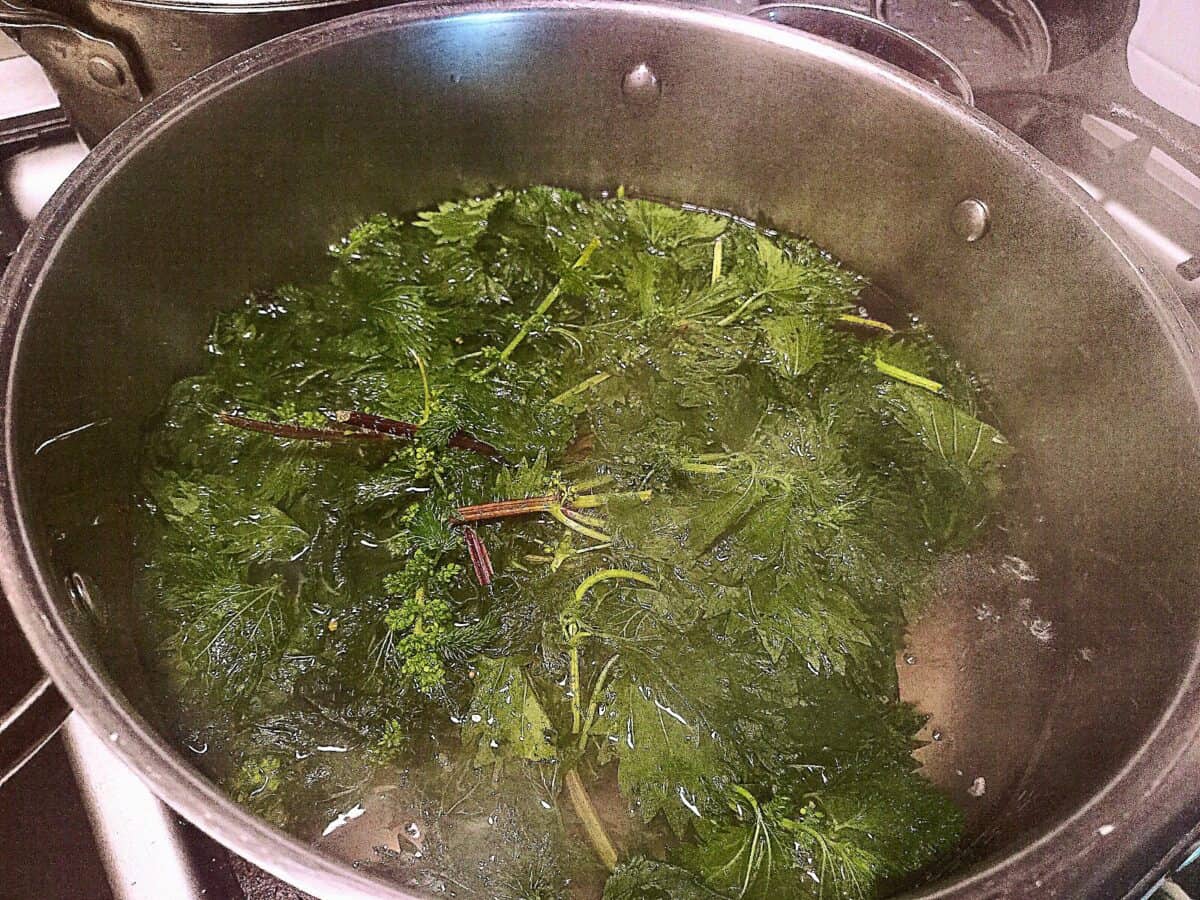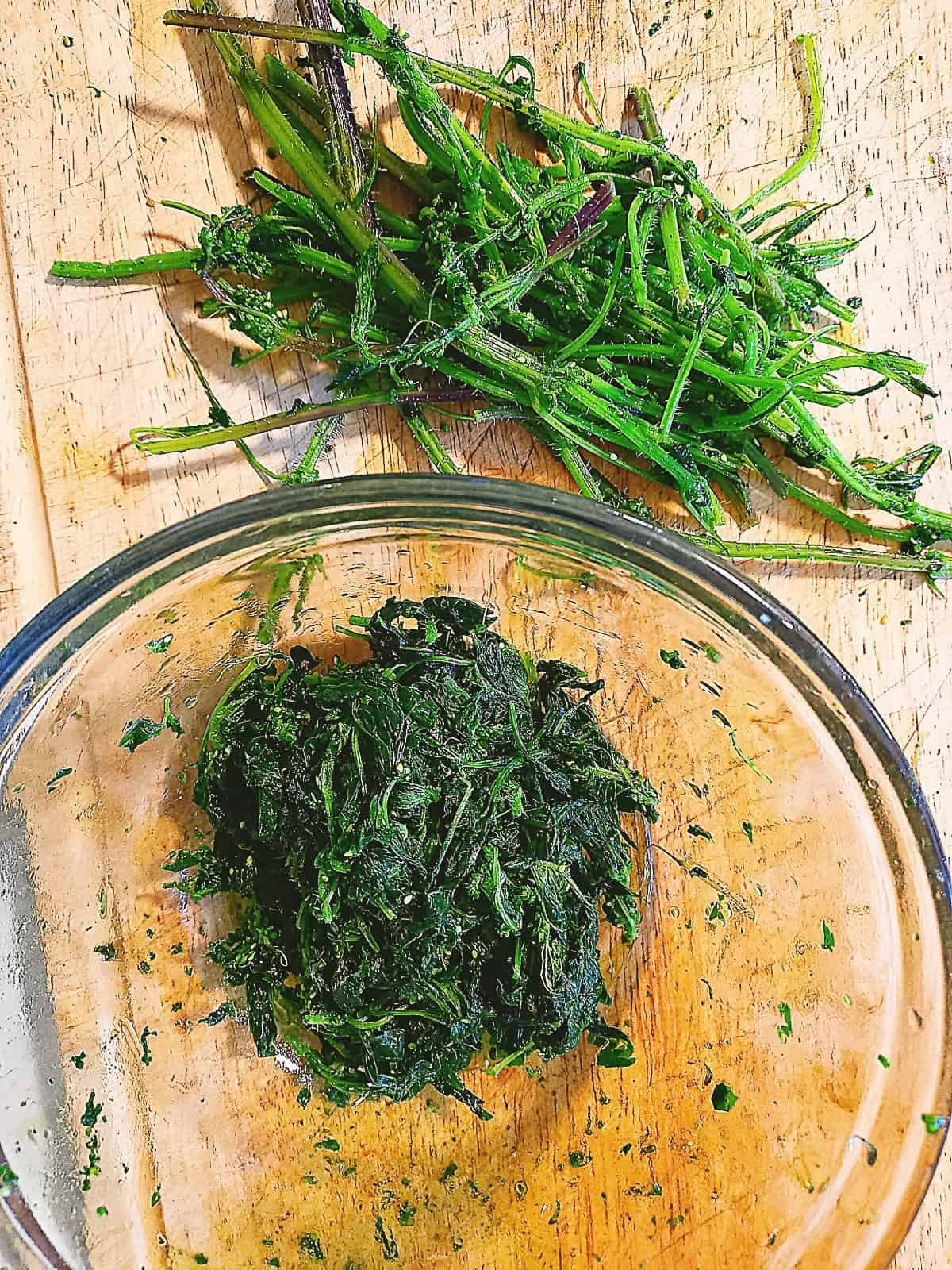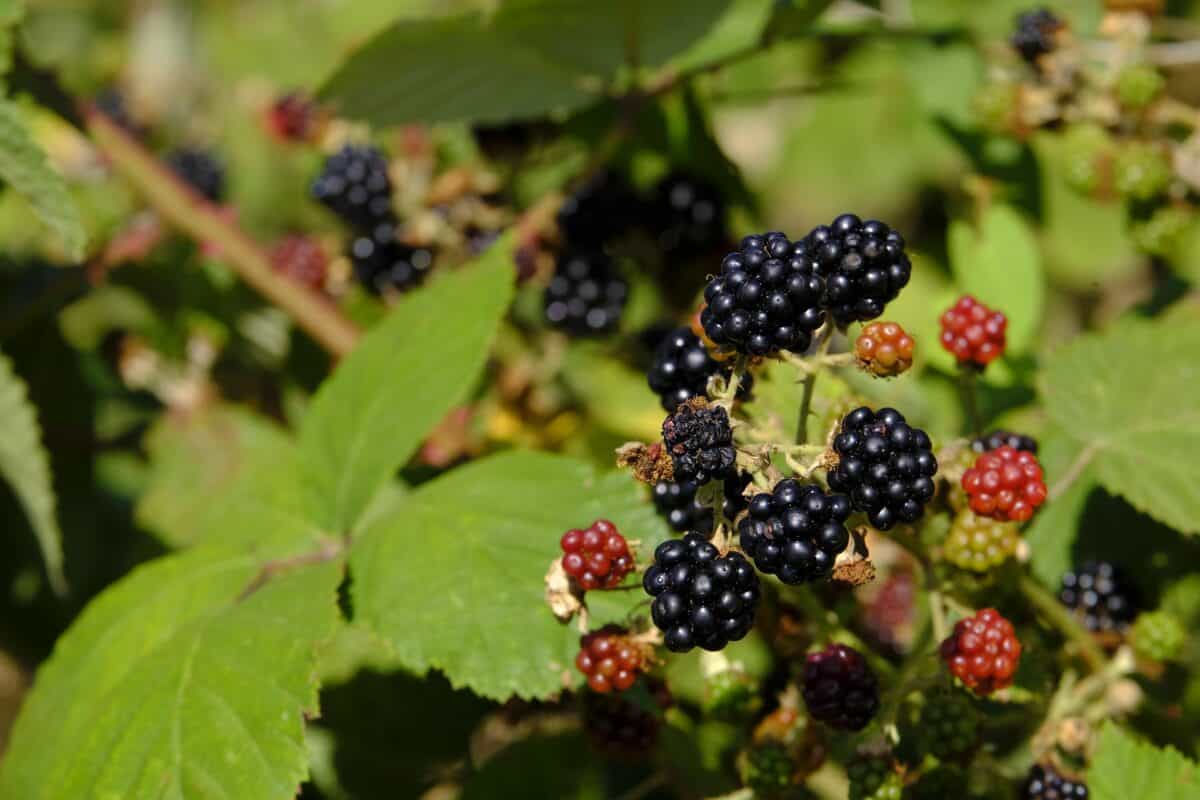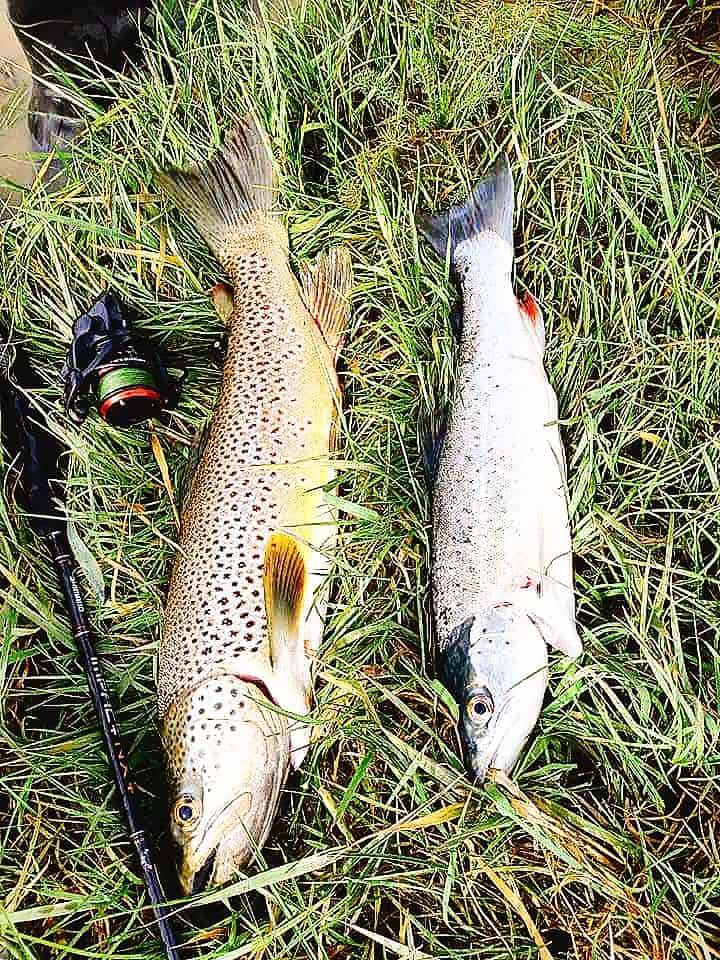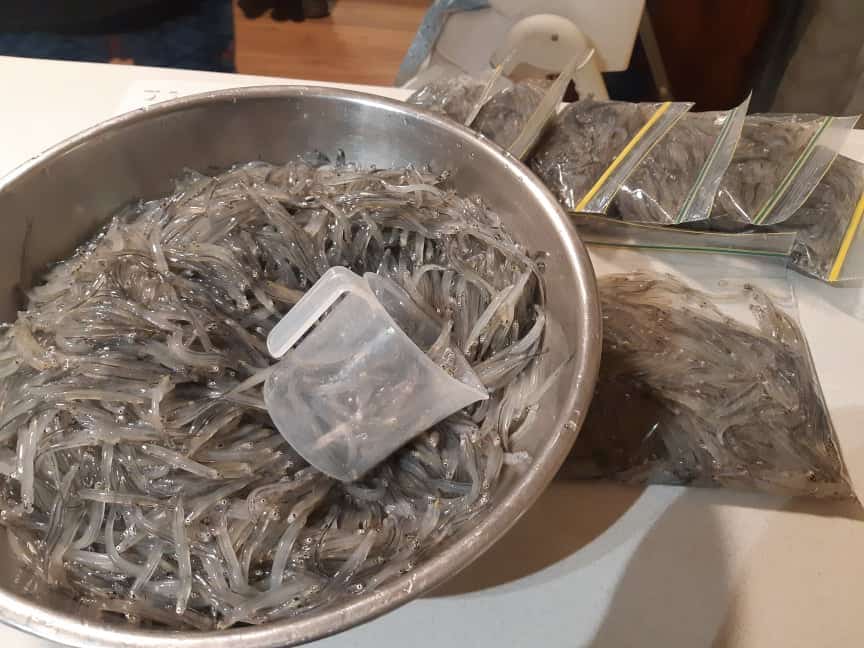Estimated reading time: 9 minutes
We moved from a busy tourist town to our lifestyle block, 6 years ago for a lifestyle change
The first thing we did when moving to our lifestyle block or hobby farm was buying a few sheep and some laying hens. They both contribute well to our self sufficient food lifestyle. We keep enough for us to eat and then sell the rest.
Read more about my food journey here

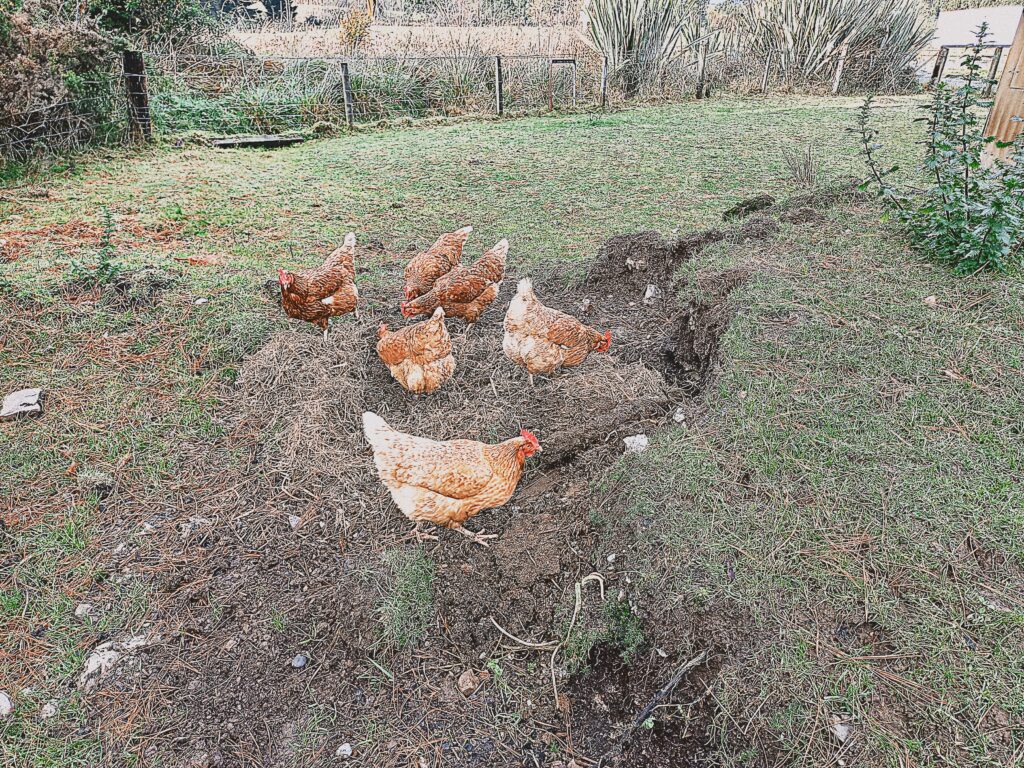
Living on a hobby farm and raising animals for food
means that we can be in charge of our food supply and where our food comes from. It is very rewarding and a natural lifestyle. We know that our animals are happy, healthy and cared for. I know that we are cooking and eating the freshest most natural ingredients.

We don't send our own meat away to get killed, it all gets done at our place. The killing process on our farm is totally stress free. The end product is top quality and its very rewarding to cook and eat it.

I recommend raising animals for food if you have the time and space. Best animals for a lifestyle block or homestead varies and depends on each unique situation.
If you want to add livestock to your hobby farm or lifestyle block then you need to do your own research and see what suits your needs and situation best.
There are several different books to guide you through raising farm animals and other homesteading ideas to see what is best for you.
Chickens
Chickens are ideal for lifestyle blocks of any size. They provide your home with fresh eggs daily and also manure for the vegetable garden.

There are appropriate breeds for each need (eggs, meat or chicks) Our breed is best egg laying chickens. Not much can beat collecting eggs from the hen house and cooking them for lunch.

Chickens are also very low maintenance and they just keep on giving. Most days the hens lay an egg each. They lay really well for about 2 years than slower after that.
The kids loves helping to feed the chickens and collect the eggs.

How many hens do you need?
It can be tricky to work out how many hens you need.

I prefer to have a few extra hens than I really need. In summer they lay better and I might have too many eggs, but free-range eggs are easy to sell or barter with friends if we have too many.
You can even freeze eggs when excess of them. In winter the hens lay a lot less and it can be handy to have frozen eggs to pull out. They are fine for baking or making scrambled eggs with.
It’s best to defrost frozen eggs slowly. Overnight in the fridge is best.
I just crack the eggs and put 3-4 in a small zip lock bag then freeze. The goal is to never have to buy eggs. Read more about storing, freezing and preserving food here
It helps to have a good feeding and watering system set up for the chickens.
A poultry feeder and poultry waterer that you can hang up from the ground to prevent the chickens from pushing it over and to stop them from scratching dirt in are great. The feed will slowly trickle out so you don't have to check on them everyday.
See my Bacon and egg pie recipe

Egg fried rice from Geetanjali Tung's spoons of flavor is another great lunch dish utilizing fresh eggs from the farm.
Baked custard with fruit or berries is another great afternoon snack made with free ranged eggs.

Sheep
Sheep makes a great addition to a lifestyle block. They provide excellent meat and keep the paddocks tidy.
Sheep are our family's biggest meat source.

Lamb shoulder roast with seasonal roasted vegetables from the garden is a regular meal at my house and one of my family's favorites. A complete meal with all the ingredients grown or raised on my hobby farm. That to me is the ultimate dinner!

As far as livestock goes Sheep are relatively low maintenance when lifestyle farming and having low numbers.
It was an obvious choice for us to get some sheep for our homestead. Sheep are good for keeping the grass under control in the paddocks.

We worked out what a good number of animals for our lifestyle block is. Then it's been relatively easy to manage the herd. Only in mid and late winter we need to feed them a bit extra because the grass in the paddocks is not growing enough, but the rest of the year all they do is eat the grass that’s in the paddocks.
See Lamb and zucchini bake Recipe
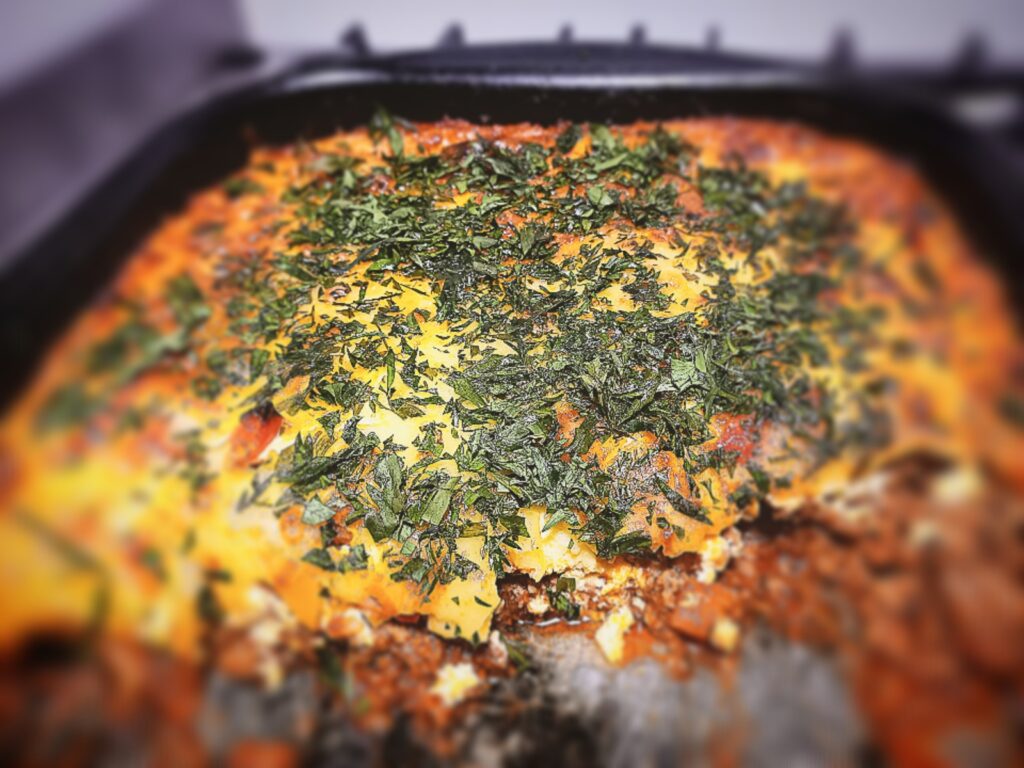
Goats
We added a few goats to the flock a couple of years ago. It’s a good mix with the sheep. The goats eat weeds and thistle flowers before they go to seed and spread, so the goats are ideal for chemical-free weed control.
Each season has something fresh and exiting to bring when hobby farming.
Read about the different seasons below, what they bring and how I cook and eat self sufficient food all your around. It’s very simple and without expensive set up costs or equipment’s.





